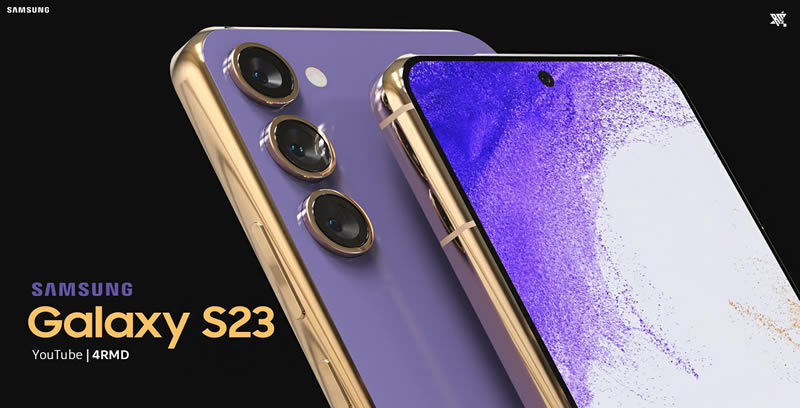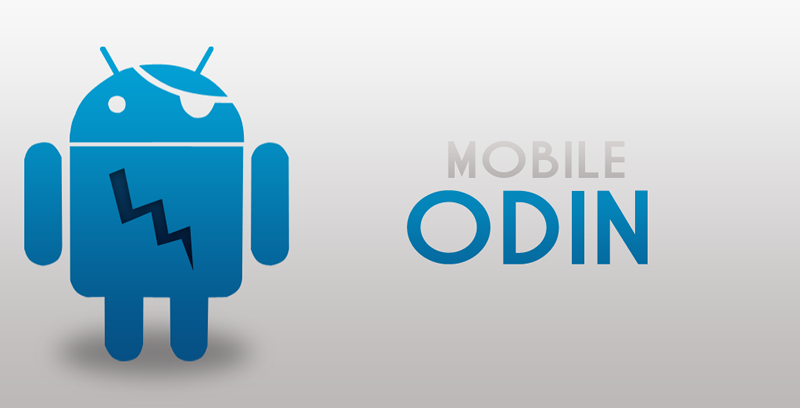Search result
The Vivo X60 series has already been launched in its home country - China, and now Vivo is getting ready for the global launch. Vivo X60 series is going to include three devices - X60, X60 Pro, and X60 pro plus. Vivo launched X50 series in India in July last year that was a premium smartphone from the company with a focus on the photography section and sleek design. Now, the company has launched the refreshing variant of X50, probably with a few minor upgrades. The Vivo X60 is likely to be unveiled in April.
Ahead of the launch, Vivo X60 and X60 Pro were seen on a various certification websites, including India's Bureau of Indian Standards that further confirm its early launch in the Indian market. The Vivo X60 series should be released in three different models just like China. The design of Vivo X60 and X60 Pro looks similar to its predecessor that was launched previous year. It features the same gradient glass design with a rectangular housing on the rear side. However, there's a small change on the front display. The vanilla Vivo X60 gets a flat display whereas the Vivo X60 Pro will feature a curved screen.
All three devices feature a 6.53-inch FHD+ AMOLED display. The best part is that the display is specially designed for power intensive devices and takes less power when compared to other similar panels. In addition to this, the panels come with a 120Hz refresh rate and HDR10+ certification. The Vivo X60 and X60 Pro are powered by Samsung Exynos 1080 SoC. However, a new report suggests that these devices might ditch Exynos in favor of Qualcomm chipset. These two devices bear model numbers V2045 and V246.
Last year's Vivo X50 Pro got lots of attention because of its Gimbal camera feature that was entirely a new concept introduced in smartphones. This year, it's bringing a triple camera system including a 48-megapixel primary Sony camera sensore with four-axis optical image stabilization feature, a 13-megapixe telephoto sensor, and a 13-megapixel ultra-wide-angle sensor with 120-degree FoV.
The Vivo X60 comes in three configurates - one with 8GB RAM and 128GB storage for CNY 3,498 (Rs 40000), an 8GB/256GB model for CNY 3798 (Rs 43000), and the third one has a 12GB / 256GB version for CNY 3,998 (Rs 45500). There's only one Vivo X60 Pro model, with 12GB/256GB versions priced at CNY 4,498 (Rs 51000). Finally, the Vivo X60 Pro will ship in two variants, 8GB/128GB and 12GB/256GB, which should be priced at Rs 56,000 and Rs 59,000, respectively.

Earlier this year, Xiaomi teased a foldable smartphone prototype but since then we haven't heard much about the foldable phone, neither from the official source nor from there were any unofficial leaks. Maybe the company was simply waiting for the right time to unveil their foldable. Meanwhile, the company filed for a patent of a foldable phone. The patent has already been approved and made its way into the world intellectual property office database.
The internet magazine LetsGoDigital spotted the patent filed by the Xiaomi that shows a Moto Razr like clamshell foldable phone. The device has a large display panel which folds in half from the middle, protecting the screen as a result. This is unlike the previous double-fold design we have seen on Xiaomi foldable design. It is entirely different from Samsung or Huwaei which opens up in the middle to become a tablet.
However, unlike the Moto Razr, this new foldable smartphone patent has a visible pop-up camera for taking selfies. The front camera system includes a camera, a flash, and a sensor to detect the face. There is a separate camera system on the rear side with a tiny display above it. It has a sensor alongside the flash. The secondary display at the rear side looks to be dedicated screen for the notifications of messages, or emails when the phone is folded and closed. This will help to keep track of incoming calls and messages even without having to open the fold every time to see who is calling.
From the looks of it, the patented foldable phone does have a somewhere realistic design. However, companies file many patents and it doesn't necessarily mean Xiaomi will launch this phone. The company could just be covering its bases as far as foldable phones go, trying to find the right design it can eventually bring to the market. Apart from Xiaomi, Samsung is also working on a clamshell foldable phone design.

It's been some time since Xiaomi revealed a prototype for the Mi Mix Alpha - a phone with an extraordinary screen that wraps entirely around the phone. Now, the tech YouTube Marques had a more in-depth look at the prototype. It may seem like a very attractive product for a prototype, but it still needs some software-level optimization to do the magic trick.
The main attraction of the Xiaomi Mix Mix Alpha is its dazzling scree. It is a 7.9-inch display, measured from end to end with 2088 x 2250 resolution screen. The screen wraps around the phone and has a ceramic strap on the back of the phone that features all the cameras. The device is powered by the Snapdragon 855 plus processor and comes with a 4,050mAh battery that supports 40W fast charging. The phone has a 12GB RAM and 512GB of internal flash storage. Xiaomi decided to do some unusual placement of the software features to utilize the wrapping screen to its full strength. For example, the left edge of the screen showcases necessary information like time/date and notifications.
It has a sort of dashboard for other software features like weather, music control, a step counter, etc. The phone has a 198MP primary camera for taking selfies. Xiaomi placed some digital controls for the volume and power button on the top side. He states that using these buttons can be hit or miss. Xiaomi is still working on the palm rejection algorithm which may cause some accidental presses while using the phone. The company hasn't provided any further information on the availability of the phone yet but rumors suggest that the phone will be available in the market in September 2019 at 19,999 yuan or about $2,800 which is quite expensive for a phone.

Vivo is ready to launch two brand new phones for its X-series. The two models are Vivo X30 and X30 Pro. Both of these phones have 5G network support and are the first mobile phones to be powered by the Exynos 980 processor. Both phones have a similar design with a punch-hole display at the top right corner of the panel for the selfie camera. The phones are covered in glass on both sides and have some shades. Both have a large 6.44-inch super AMOLED display with a 2400 x 1080 resolution. Under the display, there is a fingerprint scanner and a support for face unlock.
The phones are powered by the latest Exynos 980 processing chip with 5G modem integration which was developed by Samsung and Vivo in partnership. The octa-core processor features cortex-A77 cores and paired with 8GB of RAM on both phones with the option of 128GB or 256GB of storage. The processing chip has support for SA and NSA networks (n41 and n78 bands) and boasts up to 2.55Gbps in the download speed. For connectivity, both phones have support for Bluetooth, NFC, and there is also an audio jack for sound. Vivo ships both phones with a 4350mAh battery with support for fast charging via USB type-c.
Now, you must be wondering that if the specs are the same for both phones, why there are even two models? Well, the phones have different camera specs and price tags. The Vivo X30 has a triple camera - a 64MP f/1.8 camera with a 26.4mm focal length; an 8MP ultrawide angle camera with an f/2.2 aperture, 16mm focal length and a 112° field of view; and a whopping 32MP f/2.0 professional portrait camera with a 50mm focal length. The camera has a super night mode 2.0 to reduce noise and bring a brighter picture even at night.
The X30 Pro also has a 64MP primary rear camera with the same f/1.8 aperture and 26.4mm focal length. It pairs it with an 8MP f/2.2 ultrawide angle camera with a 122° FOV and also has a 32MP professional f/2.0 portrait camera with a 50mm focal length. Vivo then rounds it off with a 13MP periscope lens with a 5x optical zoom. The Vivo X30 is priced at ¥3298 (~$472) for the 128GB version and ¥3598 (~$515) for the 256GB version.
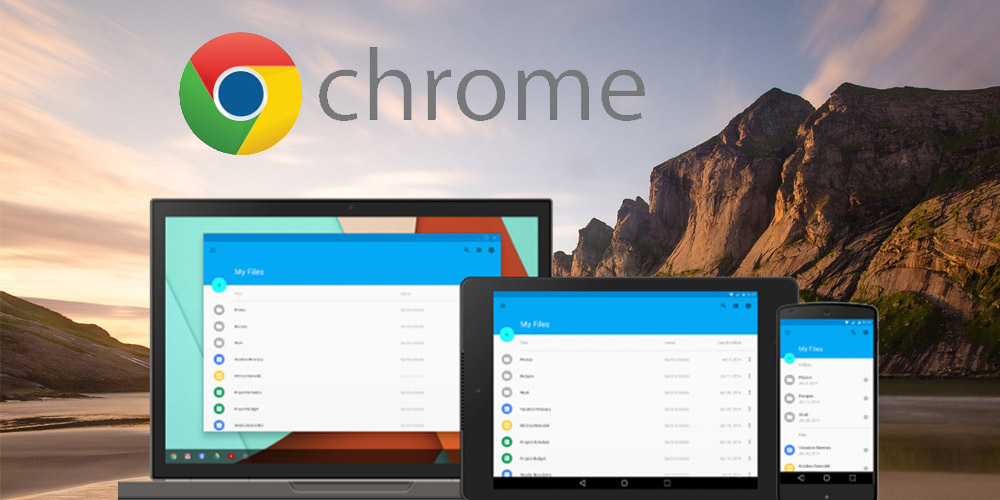
Google Chrome for desktop is getting a Material Design Make over very soon, as Google is bringing both platforms Closer (Android - Chromium). You can Now Enable the Material Design UI New Tap Page for your Chrome Desktop (version 38 or later).
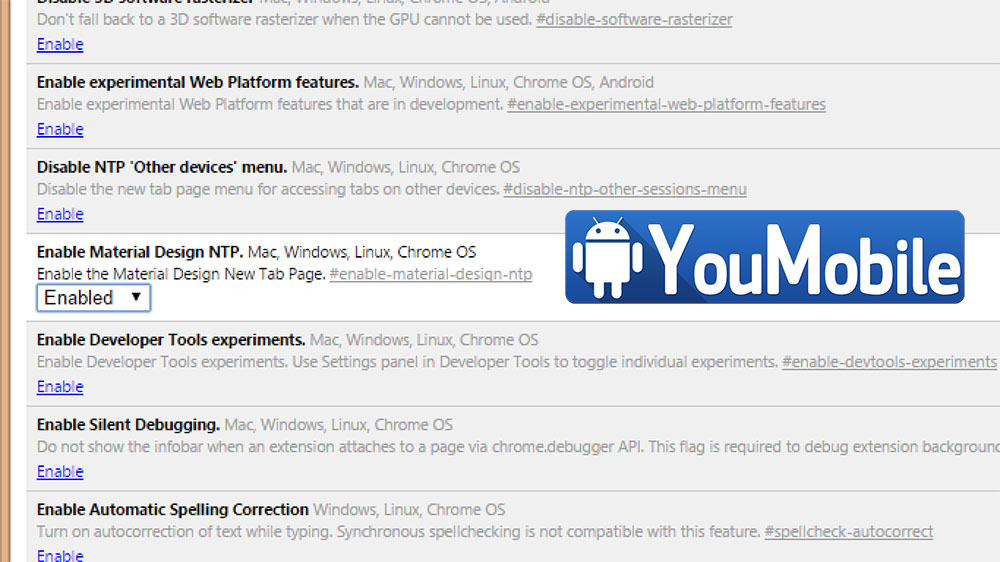
To Get the New Material Design NTP, all you have to do is to change a simple flag on Chrome. Just go to "Chrome://flags" and Change "Enable Material Design NTP" flag from "Default" to "Enable" and you are done.
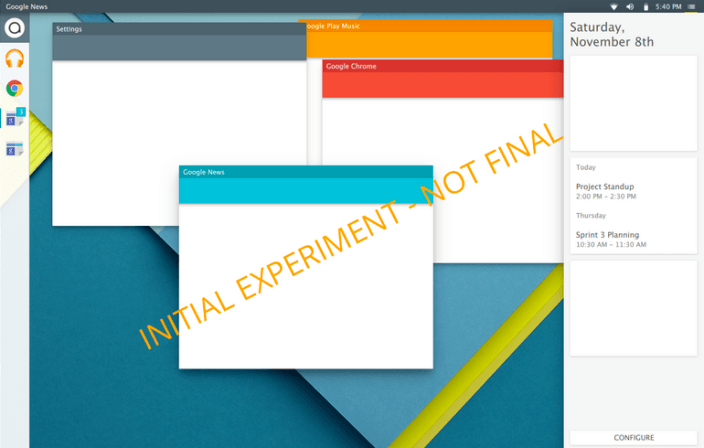
After adding Material Design on its Android 5.0 Lollipop for Smartphones and Tablets, Google is looking to bring the Material Design UI to Desktops by updating Chrome Browser (for PC, Mac and linux) and the Chromium OS too in a new project codenamed "Athena".
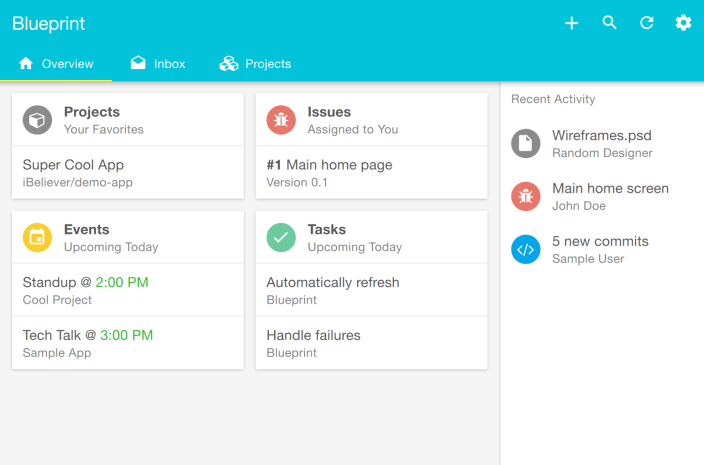
The "Athena" project is a project bringing a new kind of user experience to Chrome OS. Bringing radical changes in both the user interface and the fundamentals of the Chrome OS user experience. Material Design elements is already available for web developers who are lokking to add a Google-ish touch to their websites or webApps.
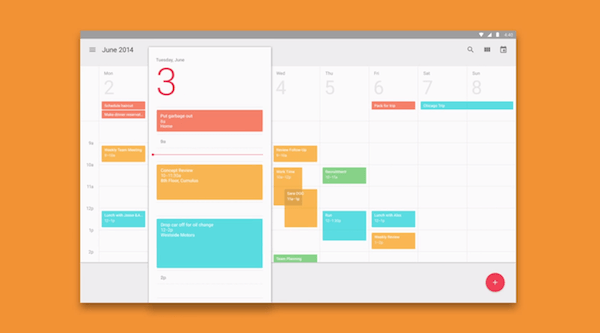
These leaked screenshots from an alpha build of Chrome Os shows the New UI that will be released sometime this year, we don't know the exact version when these changes will start rolling-out. It's highly expected that we might see those changes when Google Chrome version 50 get released, currently it's on version 42.
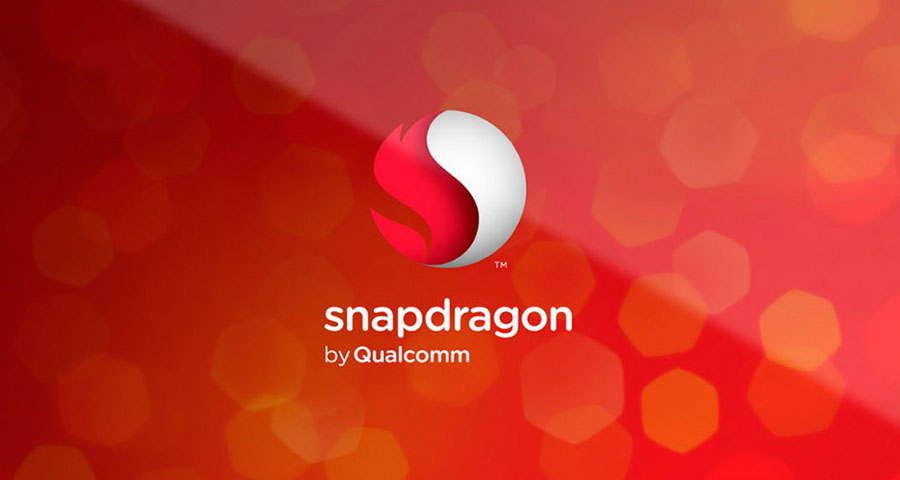
Reports that the new Snapdragon 810 chipset has been contending with heating problems has not stopped all OEMs from getting on board with the new Octa-core 64-bit silicon.
LG was the first manufacturer to announce it would be using the new system-on-a-chip in the new LG G Flex 2. The company said it was able to work around the chip's heat emissions. While that is arguably a good sign, it could also be seen as an acknowledgment that the Snapdragon 810 runs hotter than some would prefer.
The issue has been the source of reports that Samsung was forgoing use of the new Qualcomm chip, in favor of its own Exynos CPU for the next generation Galaxy flagship "Galaxy S6". However, it looks like Qualcomm is working on a redesign to address the heat emission issue and should have a solution for Samsung by March.

It is not known if that will be in time for Samsung's plans for manufacturing its new line of devices in 2015, but Qualcomm is undaunted since the Snapdragon 810 is obviously an integral part of the chipmaker's strategy.
For its part, LG has stated that heat levels are not solely about the CPU, but how a device is also designed to dissipate that heat. The company noted that the G Flex 2 was designed with the Snapdragon 810 in mind, so heat levels have remained within what LG deems optimal.
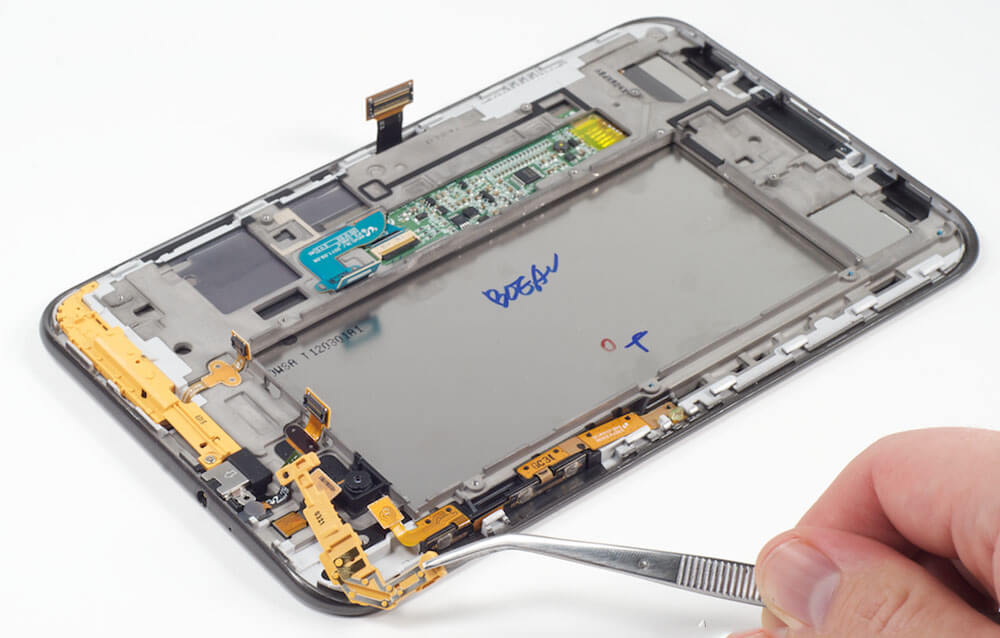
Lately, Samsung switched to premium metal frames for its device's body design. The upcoming Galaxy S6 will allegedly join the trend with a metal frame body which will solve the problems that faced Samsung before on the market for using less than premium materials unworthy of upmarket flagship devices. However, Solving one problem typically creates others in the process, and antenna interference is one result of the metal used on the Galaxy S6's body.
A report in Korean media states that Samsung is resorting to the New FPCB antenna technology in the Galaxy S6, aiming to battle the negative effects of the metal frame on signal reception.
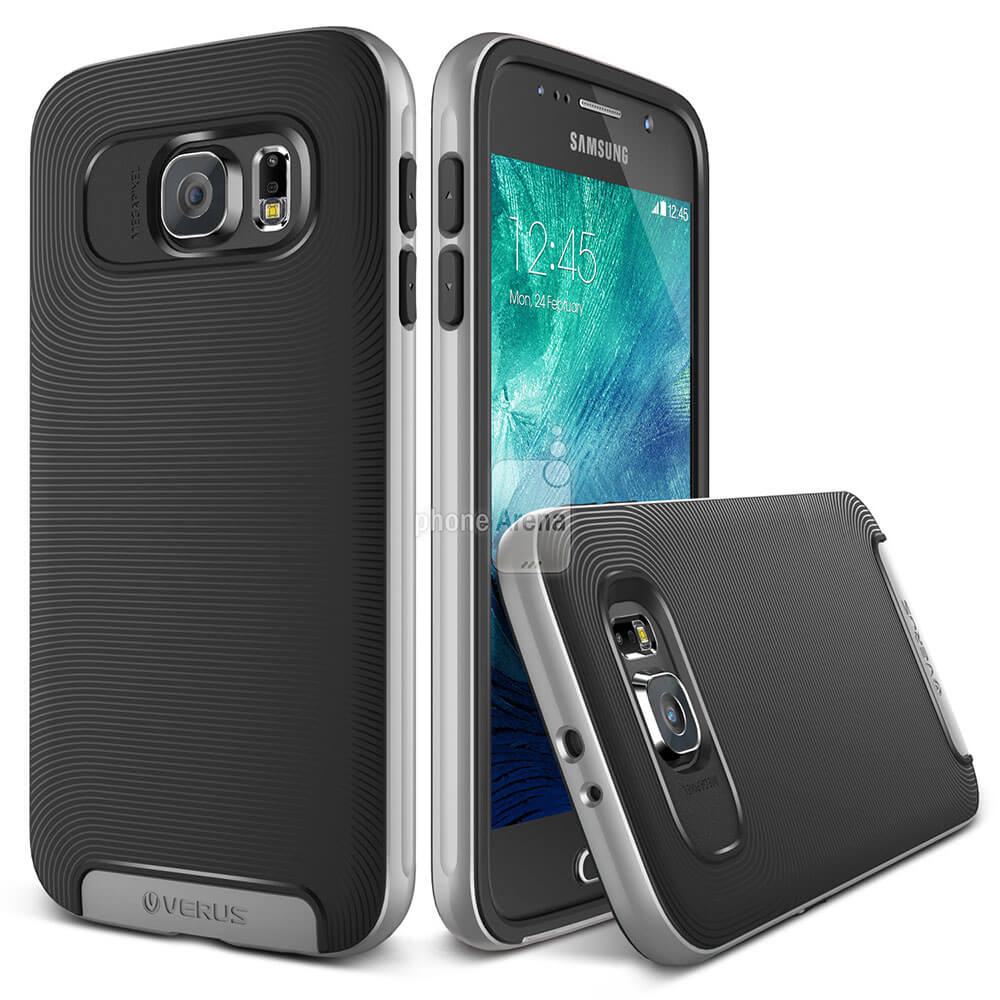
"FPCB" stands for Flexible Printed Circuit Board where thin strips of conductor (copper) are laminated in between two layers of PET polymer. They find wide application in the electronics industry when space constraints limit the use of rigid circuit boards.
The predominantly used type of antennas in recent years are manufactured using the LDS technology, or Laser Direct Structuring. It allows for a precise 3D shape to be modeled, thus fitting in whatever space the engineers find unoccupied in the device. This actually makes it superior to FPCB, the flexibility of which is limited.
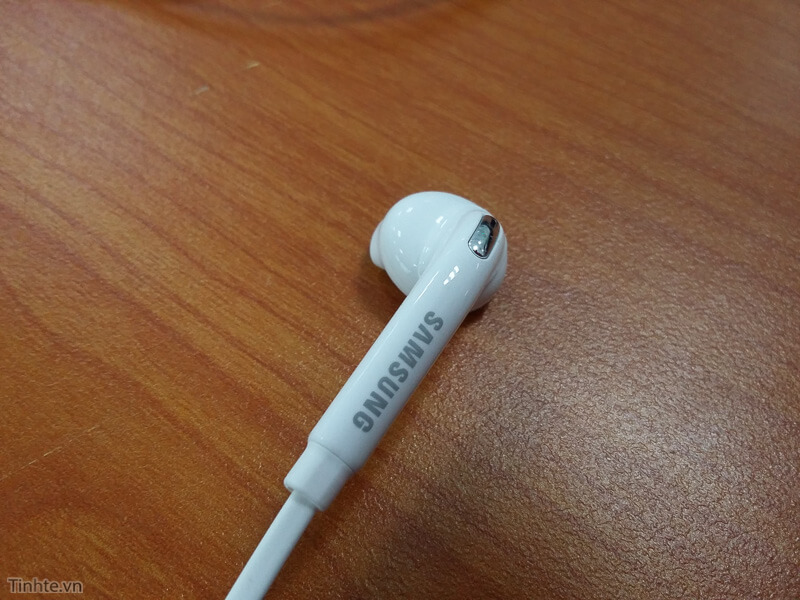
We have enough leaks of the Galaxy S6 and S6 Edge... Now we got some more leaked photos of the upcoming Samsung's flagships Earbuds. Samsung always delivers the best Sound experience for its users on its high-end device, this year Samsung made a new earbuds unique design for better sound quality
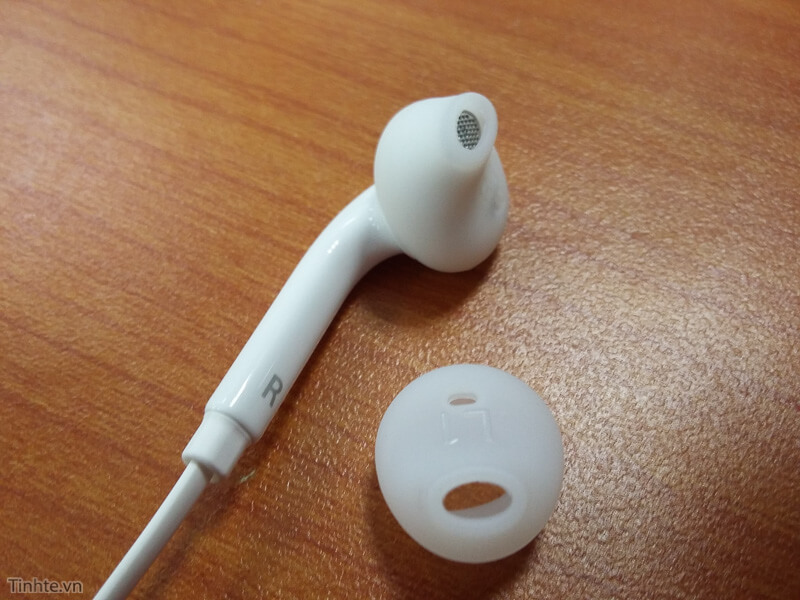
These alleged hands-on shots of the earpods that were sent to Vietnamese mobile site Tinhte show the 'phones that will be packaged with both versions of Samsung's forthcoming flagship Android handsets.
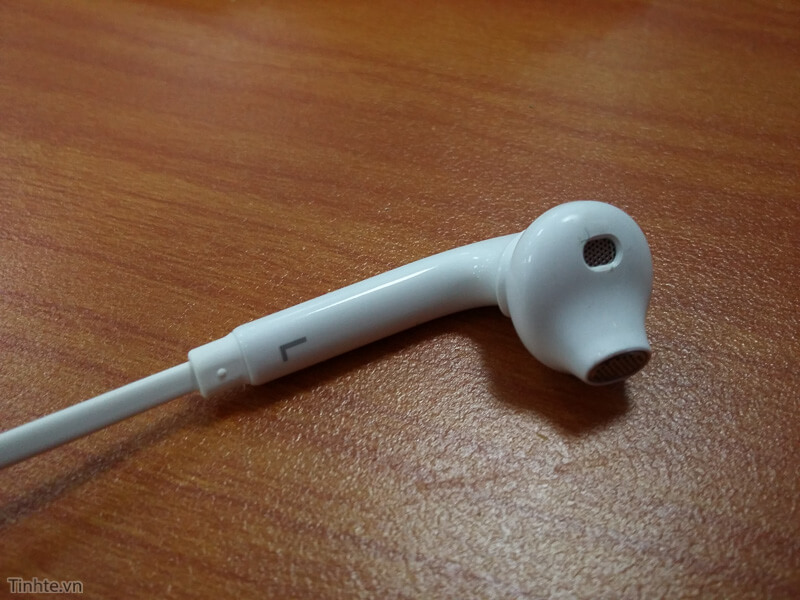
A previous rumour also suggested that Samsung was working with Sennheiser on the technology for its new included headphones, so these might be a result of that partnership. However, there is no visible Sennheiser branding on them, so either that was part of the deal or that team-up failed to materialise in time.
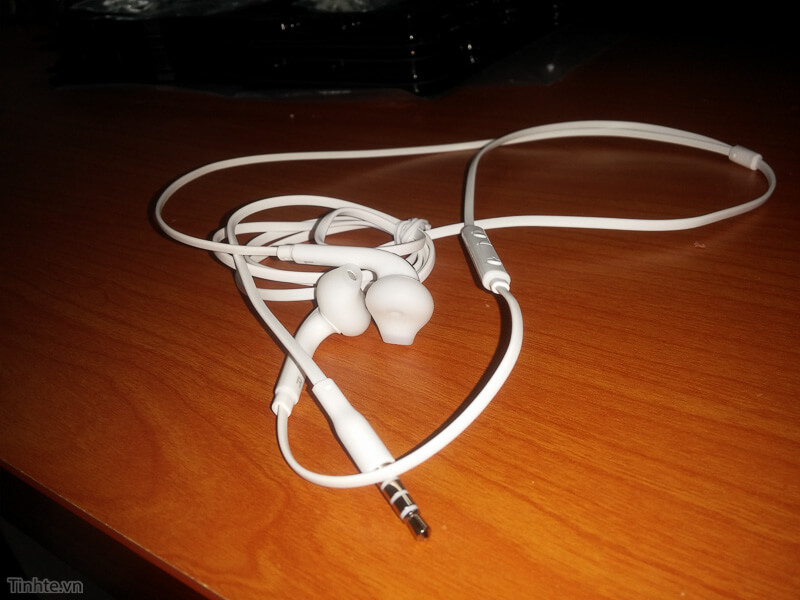

Samsung has just officially unveiled the Samsung Galaxy S6 with an all New Metal-frame design and Dual-Glass panels (font - back). The new combination of materials works great indeed and the Galaxy S6 is arguably, the most beautiful Galaxy smartphone to date. However, this time around the Galaxy S6 isn't dust and water proof though.
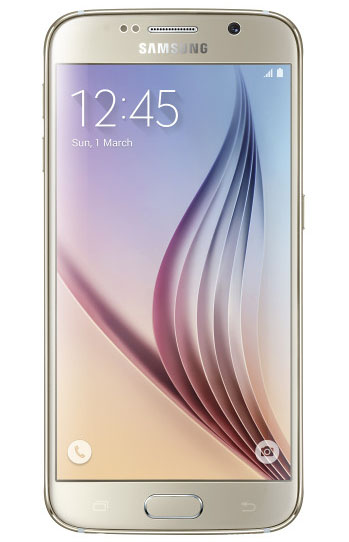
Samsung Galaxy S6 packs a 5.1" Super AMOLED screen with Quad HD resolution resulting into the amazing 577 ppi density. It is protected by the latest Corning Gorilla Glass 4. The hardware Home key once again doubles as fingerprint sensor and supports the new Samsung Pay service.
Samsung Galaxy S6 duo comes with a new ISOCELL camera sensor with 16MP resolution. The camera is enhanced with optical image stabilization, phase detection autofocus and has a single-LED flash. Quite expectedly, 4K video recording is supported.
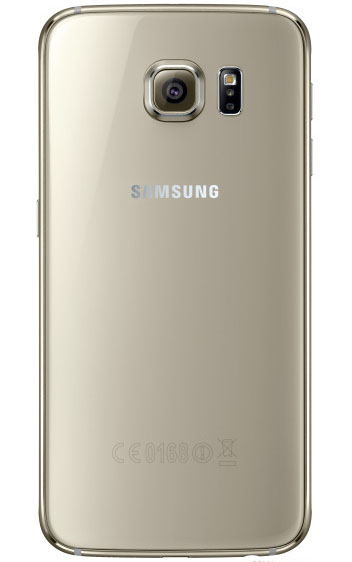
Finally, the Galaxy S6 runs Android 5.0.2 Lollipop Out-of-the-box enhanced with the latest TouchWiz UX with Material design and cleaner interface and lost of new features included on the new TouchWiz UX. This time around Samsung has partnered with Microsoft, instead of Dropbox, and will be offering 115GB OneDrive storage for 2 years to each Galaxy S6 user.
The S6 is powered by the Samsung's own 64-bit Exynos 7420 chipset, built on a 14nm process and thus more energy-efficient and producing less heat compared to 20nm Snapdragon 810.
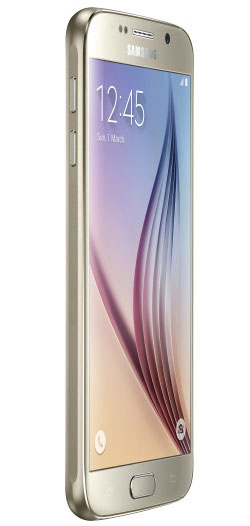
Samsung Galaxy S6 will launch on April 10th in 20 markets, followed soon by even more countries in May. The Galaxy S6 will be available in White Pearl, Black Sapphire, Gold Platinum, Blue Topaz.
Samsung Galaxy S6 Specs & Prices
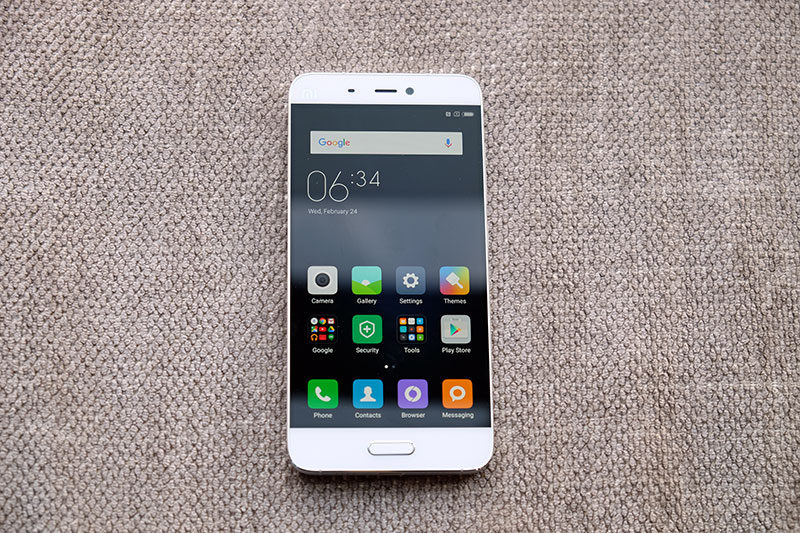
Finally Xiaomi revealed the Mi 5 at the MWC 2016 event held in Barcelona after close to two years of development. This was one of the devices that had garnered lot of attention as a successor to the Mi 4. While the whole world of mobile enthusiasts were waiting for the launch of Mi 5, Xiaomi released the Mi 4i and not-so-exciting Mi 4c. This way Mi 5 as a flagship device remained as a dream for a long time. Surprisingly, there were lot of rumours about the launch of this device, but 24th February, 2016 was the date on which we finally witnessed the launch.
So what exactly is packaged in the Mi 5? Before getting into that, let's first check out the three variants - Standard, High, and Exclusive. In terms of design all of these versions are more or less similar, featuring curved edges in the back in order to make it easy to hold. The difference comes in the form of build material - the first two have a refined hybrid of metal and Gorilla Glass 4.0 and the Exclusive variant has ceramics and glass.
Given below are the features that make Mi 5 a lucrative option:
- OS: Android 6 Marshmallow
- Dimensions: 144,5 x 69.2 x 7.25mm
- Weight: 129g weight
- Screen : 5.15" Full HD (1080 x 1920)
- SoC: Snapdragon 820
- 1.8GHz / 3GB RAM (Standard edition)
- 2.15GHz / 3GB RAM (High edition)
- 2.15GHz / 4GB RAM (Ceramic exclusive)
- Snapper: 16MP in the back, 4-axis OIS, 4K video, Sony IMX 298 sensor
- 4MP in the front with 2.0-micron camera
- Storage: 32 GB (standard) / 64 GB (high)
- 128 GB (ceramic exclusive)
- Battery: 3000 mAh
- Other features: USB Type-C

After Material Design on the Android 5.0 Lollipop for Smartphones and Tablets, Google is looking to bring the Material Design UI for Desktops by updating the Chrome Browser (for PC, Mac and linux) and the Chrome OS too in a new project codenamed "Athena".

The "Athena" project is a project bringing a new kind of user experience to Chrome OS. Bringing radical changes in both the user interface and the fundamentals of the Chrome OS user experience.

These leaked screenshots from an alpha build of Chrome Os shows the New UI that will be released sometime this year, we don't know the exact version when these changes will start rolling-out. It's highly expected that we might see those changes when Google Chrome version 50 get released, currently it's on version 42.

HMD Global is expecting to launch another Nokia smartphone. The new Nokia 7.3 5G features a circular camera module on the rear side of the phone. The module houses a quad-camera system that consists of a 48-megapixel primary camera lens and a 12-megapixel ultra-wide-angle camera lens. There would be a 2-megapixel depth sensor and a 2-megapixel micro camera. These aren't as useful as the other two lenses, but together they serve the purpose of having a quad-camera system. There is an LED flash on the left side of the camera with a rear-facing fingerprint scanner just below it. Nokia has used plastic on the rear side to reduce the manufacturing cost of the phone.
The rumors suggest that the phone is going to feature a 6.5-inch punch-hole full HD+ display with slim side bezels, and a thicker bottom bezel with Nokia branding on it. The top-left corner of the phone displays a small camera for taking a selfie. This one is rumored to boast a 24-megapixel resolution, although there isn't much information available right now. Overall dimensions of the phone make it taller than its predecessor but smaller than the Motorola Moto G9 Plus.
Nokia 7.3 is one of the phones that support 5G network connectivity. To support 5G the phone is using the Snapdragon 690 chipset that's also going to power the next OnePlus Nord. According to reports, it'll be coupled with 4GB of RAM and 64GB of storage as standard. MicroSD card support is highly likely and pricier 6/64GB and 8/128GB versions are on the way too. The Nokia 7.3 will likely to be launched in October or November alongside the Nokia 6.3. The phone is set to price at 399 euros in Europe.
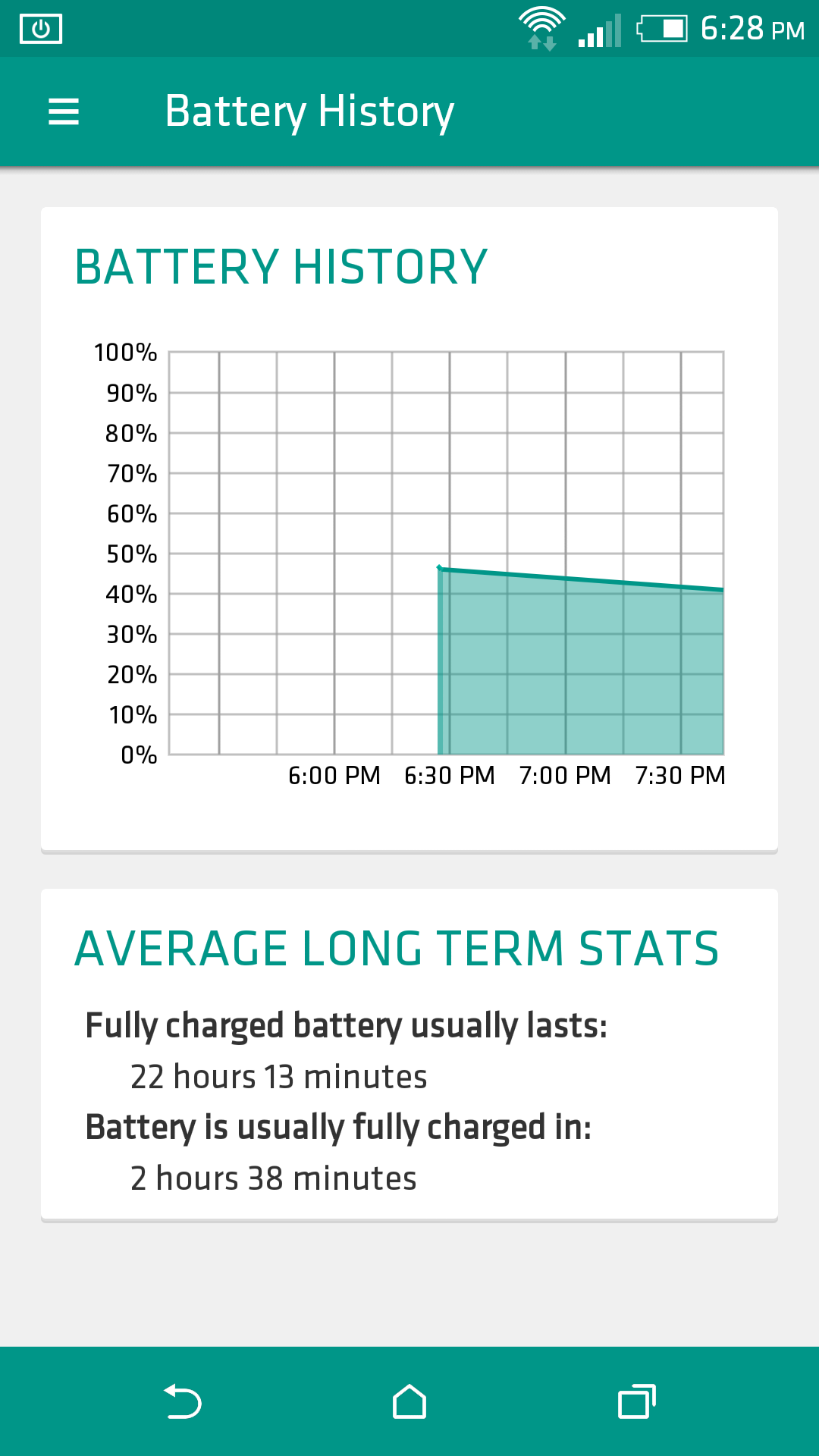
We can't wait to see what HTC will do with the Lollipop Material Design UI. We've just received a TIP from one of our readers with a screenshot alleged to be from an Android 5.0 Lollipop (preview) build with HTC Sense 7 UI. The screenshot appears to be taken from an HTC One M8.
The screenshot is from the system settings Battery Usage. As you can see HTC Sense 7 UI has a full accent color that covers the upper Notification bar (Dark Green) along with the same color as a background of the software Keys. In Sense 6, the software Keys was always black. HTC Lollipop update schudle already Here.
UPDATE!: More Sense 7 Screenshots is Here
Thanks for the Tip Anon!
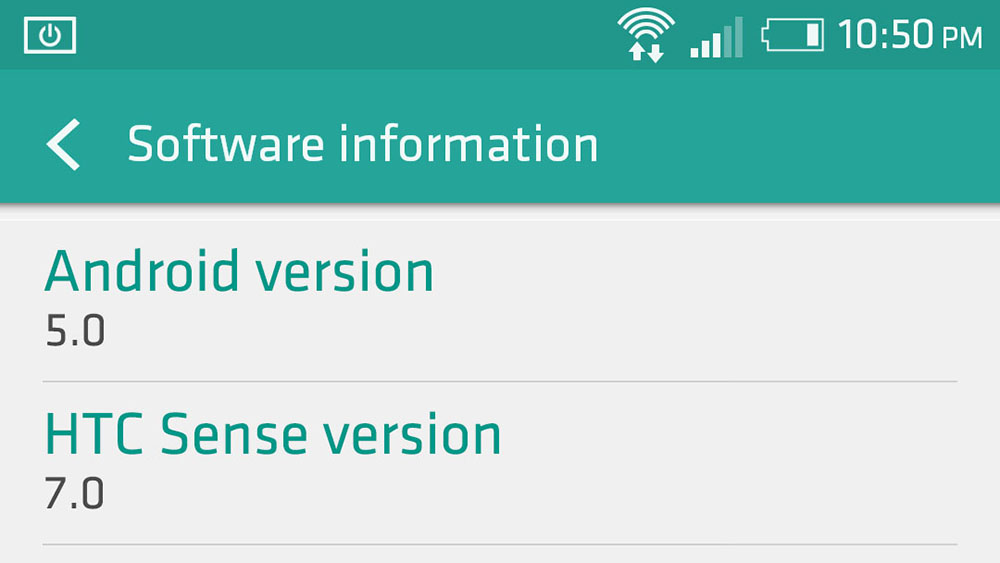
More Screenshots from HTC Sense 7 UI has been leaked, we got two screenshots via an Anonymous Tip. The source claims that HTC is working on developing the Sense 7 UI with Material Design on the latest Lollipop Developer Preview as a preparation for the final version release. Sense 7 UI is still unfinished and under-development.
Looks like HTC will release a whole new version of Sense (7.0) for a whole new version of Android (5.0). However, We don't have any confirmation regarding the authenticity of these screenshots, it could be a very very early Sense 7 build, or not!
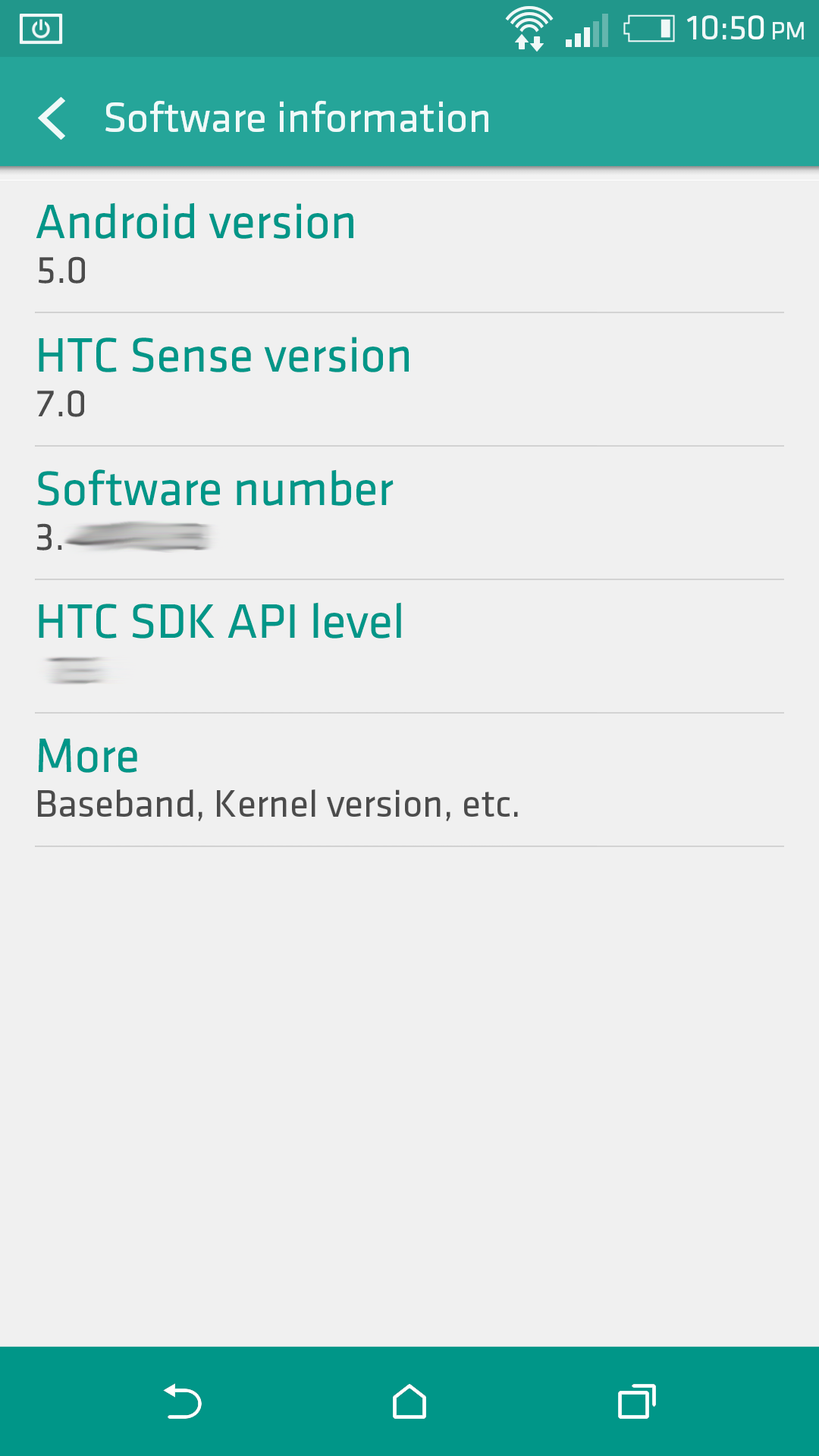
The HTC Sense 7 UI has almost the same style and icons as the Sense 6 but with a little Material touch. Software keys background will change its color according to the App accent color which as a gorgeous touch to the User Interface, unlike the current Sense 6 which makes the Software keys almost black on most Apps. These screenshots were taken from an HTC One M8 device, we didn't get screenshots from the Homscreen, App drawer, lockscreen or the Notifications bar yet.
- UPDATE (Oct,28): The 2nd screenshot (below) is from an App that is not related to HTC (Widget Reborn beta), Our source Apologizes for it and clarifies that he was demonstrating how Sense 7 UI can adjust with any Material-optimized App. Sense 7 UI will color the software keys and upper notification bar with the App's default accent color which is in this case (Dark green). This is Not HTC Sense 7 UI Battery History.

As a coincidence, HTC Sense 7 settings menu has the same default color as the App but a little lighter. Our source also said that Sense 7 will have themes (like Sense 6) that changes the accent color of the whole UI (the default is light green).

HTC promised that it will deliver Lollipop OTA update to its One M8 and One M7 in exactly 90 days after Google release the final version (November,3rd). Stay Tuned for More Info!
Thanks for the Tip Anon!
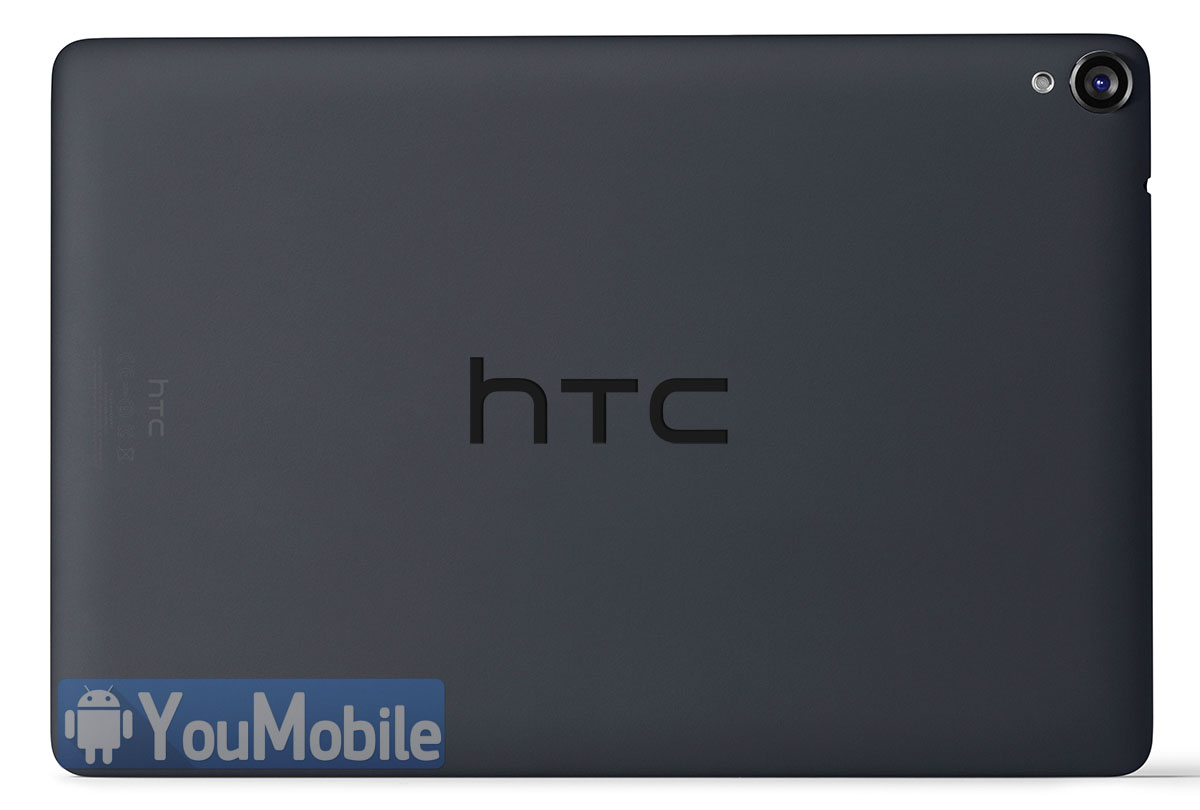
After the success of the HTC Nexus 9 slate, HTC finally decided to enter the tablets market with its own brand.
According to the latest reports, the Taiwanese company is working on an HTC-branded Nexus 9-shaped tablet with the same 9-inch display 4:3 aspect ratio and the same dimensions but the Hardware Specifications will be different, probably higher.
This tablet will be a strong entry for HTC brand into the tablet's market, the market name of the tablet is not yet known but it may join the "ONE" family naming (HTC ONE Tab, HTC ONE MT.. etc). The exact release date for this tablet is not yet revealed but we won't see this tablet up until Q2,2015.
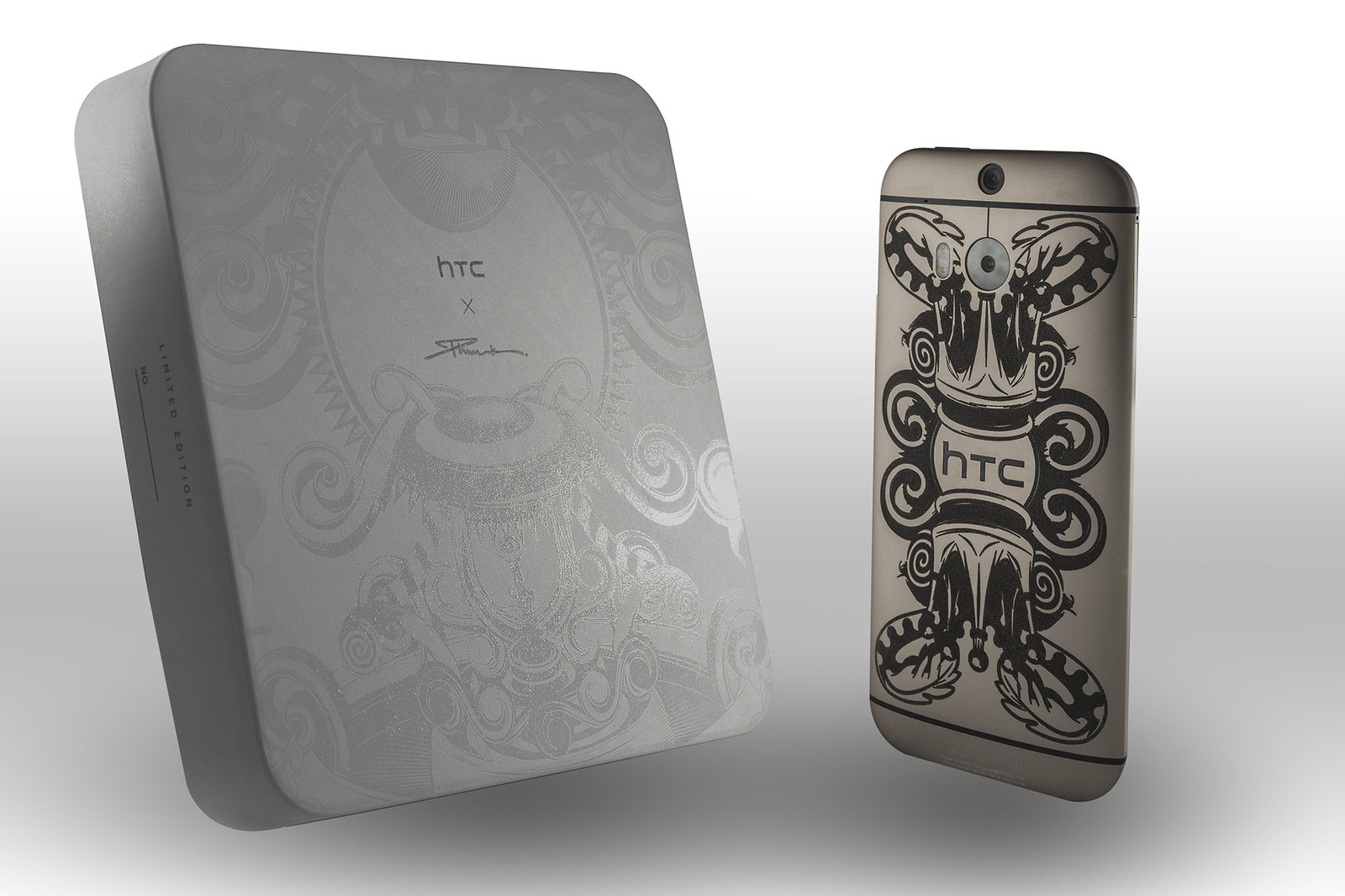
HTC is trying to bring a new look to its current flagship device, the HTC One M8. In a partnership with Singapore's Phunk design studio, HTC released a Phunk limited Edition of the One M8 today.
Only 64 of these smartphones will be made, so this is definitely a very limited edition type situation.
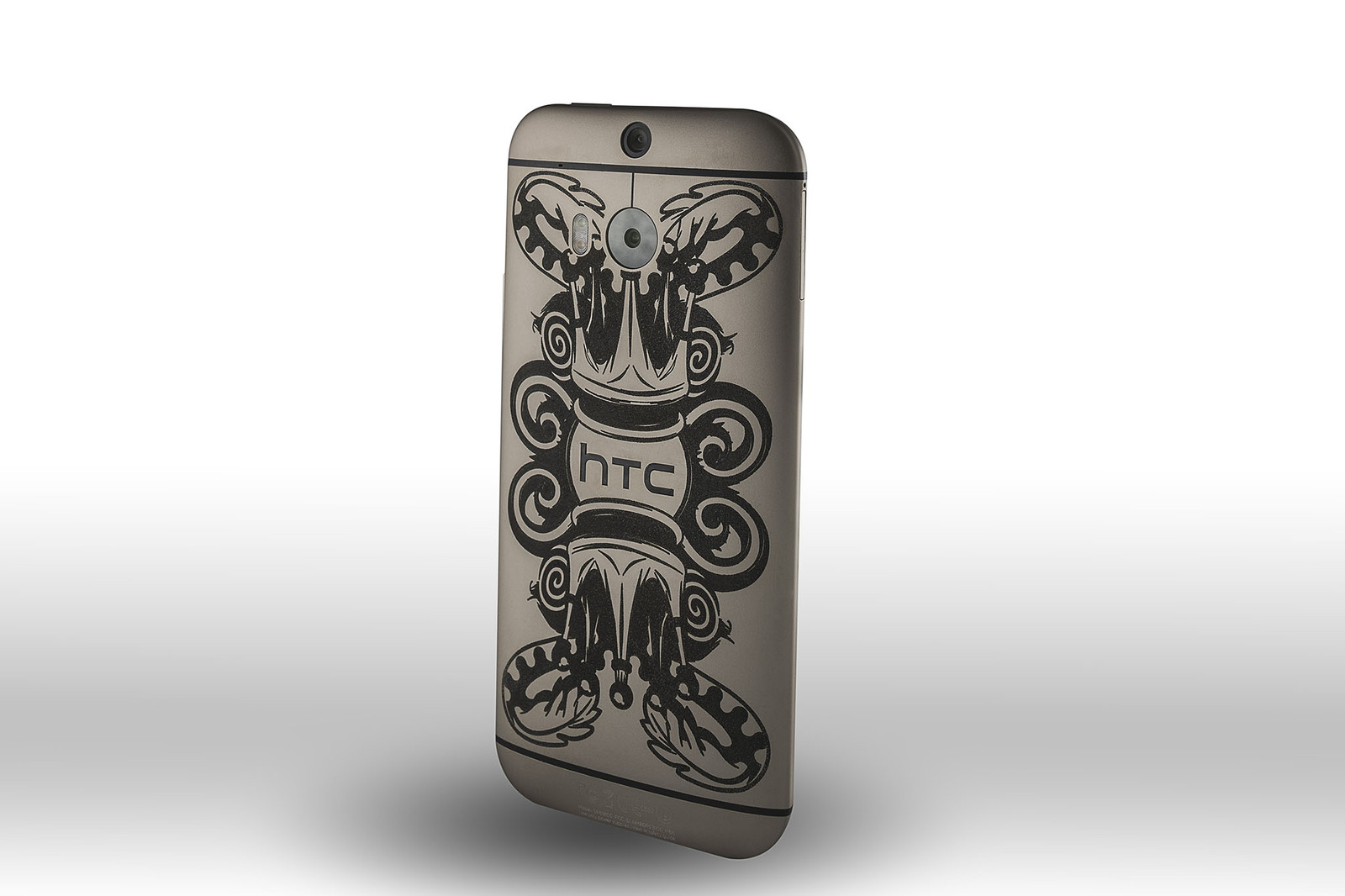
The campaign has to do with Phunk's upcoming exhibition, which will take place throughout Japan, Singapore, and Hong Kong this year. The One M8 Phunk edition celebrates that.
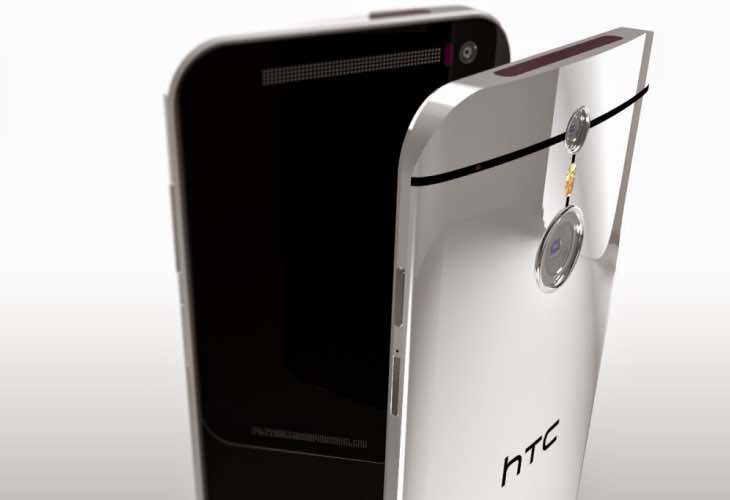
More details leaked about the Upcoming HTC One (M9) flagship (codenamed Hima). This time around we're hearing that despite what some previously leaked pictures have shown us, the device won't be almost identical in terms of design to its predecessor, the HTC One M8.
In fact, in certain aspects it will be quite different. For the design of its front, and specifically the BoomSound speakers, the One (M9) will reportedly be inspired by the Nexus 9 tablet, also made by HTC and pictured below.
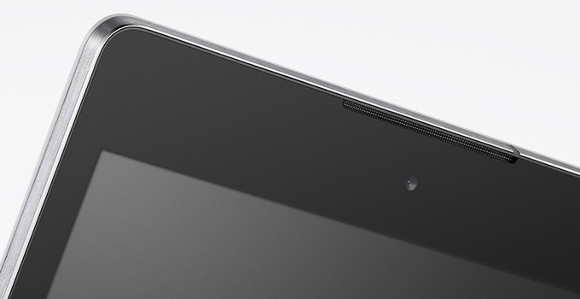
Hence, the M9 is rumored to come with an edge to edge glass panel on its front. The speaker panels will no longer be exposed like they were in the original One and the One M8. Rather, they will be enclosed within the aforementioned glass. This will get two 45 degree cutouts for the slit speaker grills, which will span around 50% of the handset's top and bottom edges.
And this will apparently make the One (M9)'s design closely resemble that of the Nexus 9. According to the source of the information, the new style will enable a "slicker" and "more refined" look on the new flagship smartphone when compared to its predecessors.
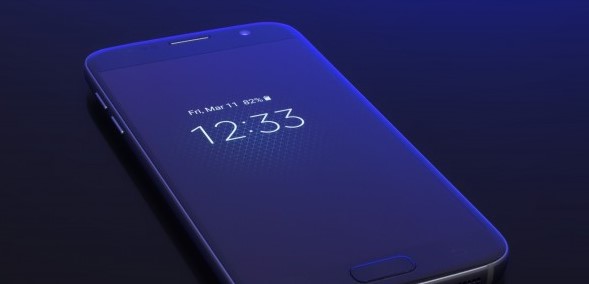
Last week, rumor surfaced that the upcoming Samsung Galaxy S7 won't have a major design change in comparison to the Galaxy S6 series. Now, we can actually have a look at the not-much-changed look of the S7, because of the leaked renders.
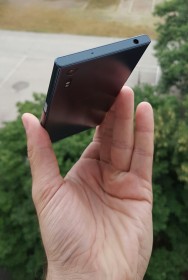
The Galaxy S7 designs were revealed by smartphone case maker ITSkins, and it shows a device that mostly looks similar to the regular Galaxy S6, with one prominent difference: the home button has become rectangular. Dimension of the Galaxy S7 is 143.37 x 70.8 x 6.94 mm, which is also just about the same size as the Galaxy S6 (143.4 x 70.5 x 6.8 mm). The rear snapper bump will remain intact, and same will be case with the LED flash, plus a heart rate sensor. If these measurements are almost accurate, the Galaxy S7 will have a 5.1-inch display, like its predecessor.
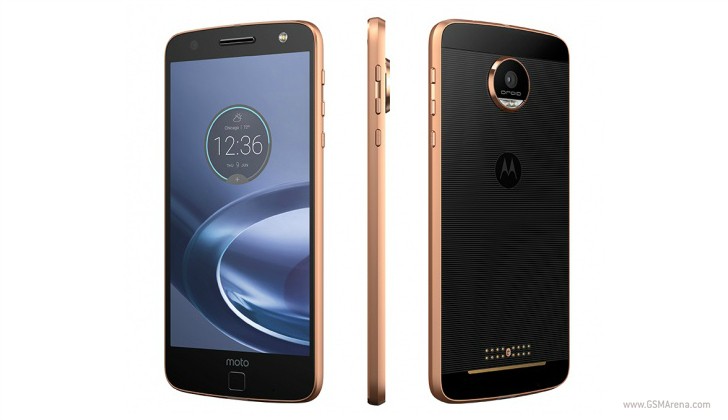
It looks like the SIM card slot has been moved to the side of the device in the Galaxy S7. In the Galaxy S6, sim slot was on the top. This device is supposed to be powered by Exynos 8890 chipset with Samsung's own custom CPU design (or a Snapdragon 820 chipset), 4GB RAM, an enhanced camera sensor, USB Type-C connector, and probably a microSD card slot.
Source: Gsmarena
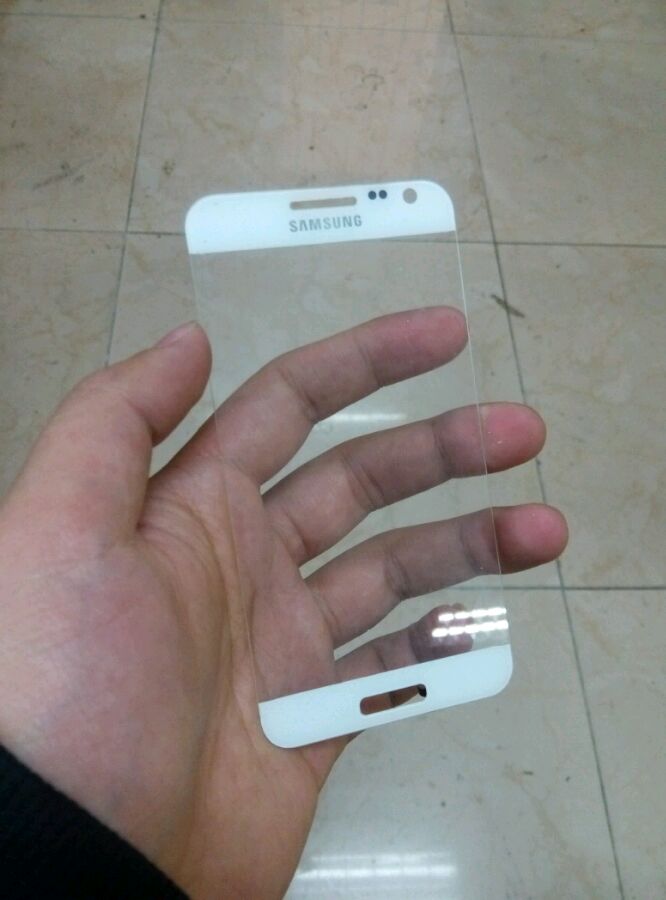
Speculations regarding the Samsung Galaxy S7 has been piling up lately, although the mobile enthusiasts are not expecting to have a look at the smartphone in CES next week in Las Vegas. But it is expected that the S7 would be unveiled on February 21st during the Samsung Unpacked 2016 event in Barcelona. Incidentally this day is just before the kick off of the Mobile World Congress expo. Now it seems that the front panel for the Samsung Galaxy S7 has leaked online.
Looking at the leaked panel, the home button appears to be longer. This is in sync with the leaked images of the Galaxy S7 and Samsung Galaxy S7 Plus that depicted a rectangular home button. In addition to this, the panel shows that the sensors, power button and volume rockers will make the right side of the device more attractive. Right now it can't be confirmed that the panel is actually for the Galaxy S7, so take this with a pinch of salt, especially since sensors placed at the top doesn't match with the other previously leaked images.
The Galaxy S7 is supposed to boast a 5.2-inch screen with a 1440 x 2560 QHD display. Backed by 4GB of RAM, the device will also have 32GB/64GB of storage. A 20MP snapper will be made available at the back of the smartphone. It will be powered by the Exynos 8890 SoC in most of the countries except in the US and China. In those two countries, the Snapdragon 820 chipset will be used to power the S7 along with quad-core CPU and the Adreno 530 GPU.
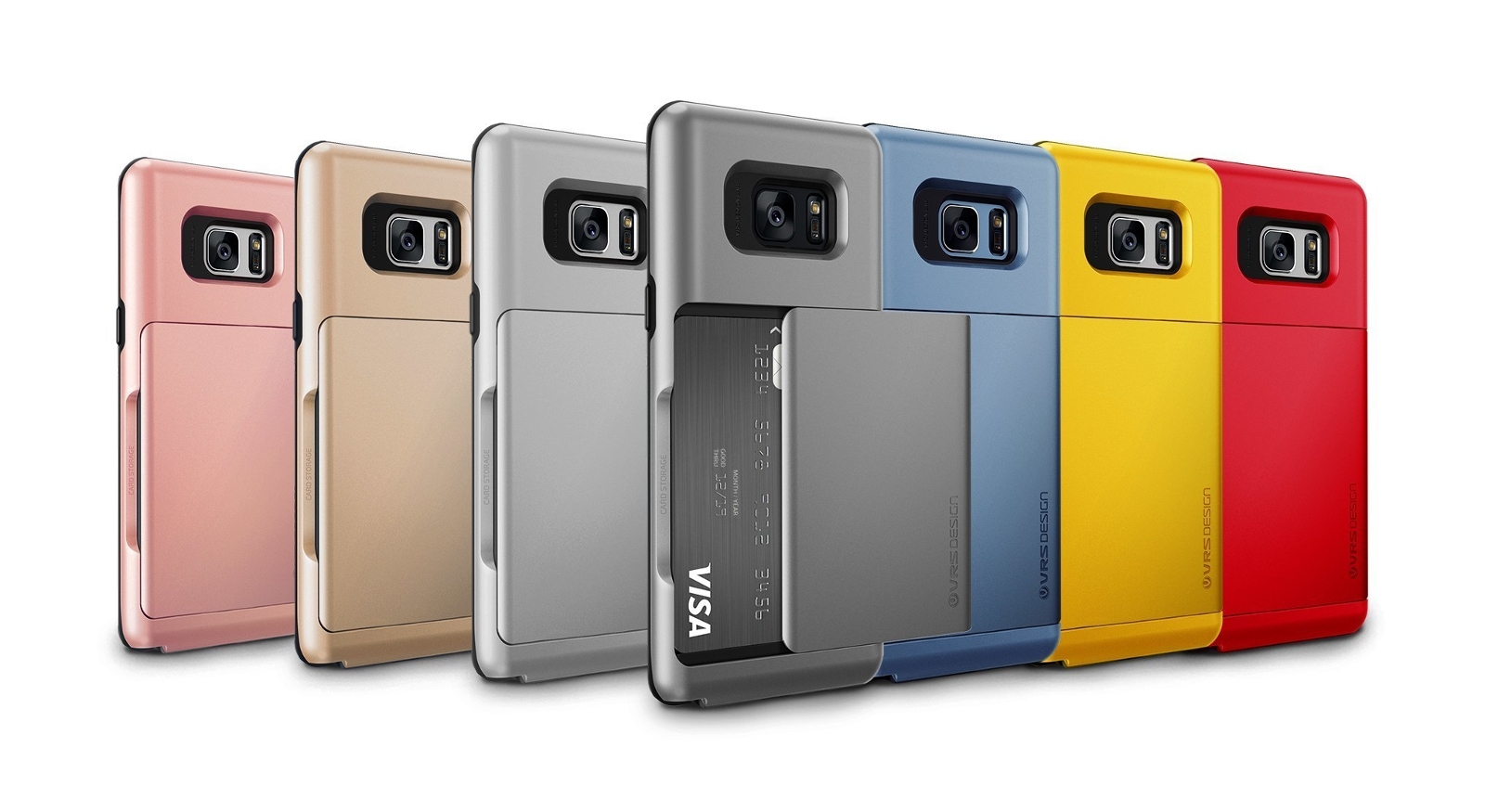
If you have been following us, you probably have a pretty good idea about what to expect from the upcoming Samsung Galaxy Note 7 already. But just in case you don't have an idea, have a look at some these recent renders released by VRS Design while listing their new range of cases for the Note 7.

The pictures do not reveal anything to us that we do not know already but they sure are reinforcing the rumors almost to the point of becoming facts. We can see the S-Pen's top end poking out from the bottom right S-Pen slot and the expected USB Type-C port makes its appearance in this render as well. What we do not see clearly however, are the three lenses of the rumoured retina scanner. Given that the images do not show the retina scanner to be absent either, don't lose hope yet! Additionally, we can see the dual Edge display, the ambient light sensor, the front camera, the rear camera and the dual tone flash.
Author: Saikat Kar (tech-enthusiast)
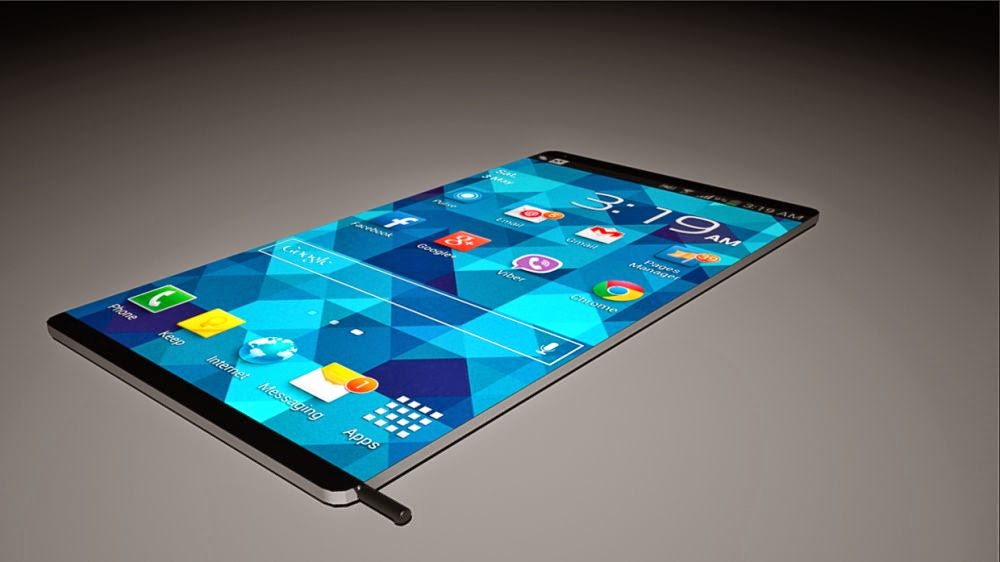
Samsung seems to have learned from the mistakes that they had made with the Galaxy note 5, because the Note 6 is all set to see quite a few major changes in its design element. Let's check out the four major changes that the data revealed by GSM Helpdesk seems to indicate.
Curved/Edge Display
After introducing the Note Edge in 2014, Samsung had apparently dropped the idea of building their Note devices with curved displays. However, if the latest leak is to be believed then it is highly likely that the South Korean company may choose to build the Note 6 with an Edge display. The added functionalities that Samsung brings in with their Edge panels are something that will definitely make the Note 6 not just distinctly better to look at, but better to use as well.
6GB of RAM
That is right; the next Note smartphone will allegedly be powered by 6 gigs of RAM. While some may consider this to be overkill, many are of the opinion that it might help to make the RAM-hungry TouchWiz interface much smoother.
4,000 mAh battery
The Note 5 sported a 3,000 mAh battery and while that did give users a decent battery life, this year Samsung is taking it quite a few notches higher by blessing the Note 6 with a 4,000 mAh battery. Although the battery will still most likely be non-user replaceable, the 1,000 mAh increase in power will surely make it more appealing.
A larger display
Samsung has stayed with the 5.7" form factor for a while now, but rumors suggest that it is about to change. Before you start worrying about whether or not this decision will make the device too bulky, consider the fact that the reported 5.8" display will be housed by the next Note without getting any bigger than its predecessor.
We are not yet sure as to the authenticity of these rumors, but rumors have been exceptionally accurate recently, especially when they are about Samsung smartphones. We will just have to wait and see what changes Samsung actually brings in with the Note 6 and also, whether or not those changes are enough to compete with the upcoming iPhone 7 Pro.
Author: Saikat kar (Tech-journalist and enthusiast)
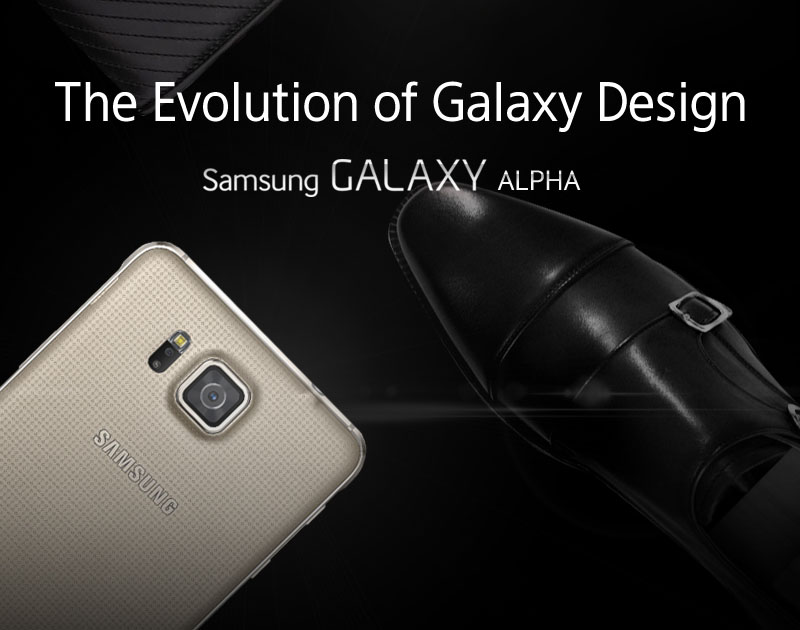
Samsung is very proud of its Galaxy Alpha, so that the company today released an Infographic which tries to convince the world that the Alpha sets "a new standard for smartphone design".
The infographic reminds us that the Galaxy Alpha comes with a diamond-cut metal frame that makes it durable, in addition to a smooth back that should provide a firm grip. The handset's five color versions aren't forgotten (Black, White, Silver, Gold, Blue), and neither are its main features: an octa-core Exynos processor, 12 MP rear camera, 4.7-inch Super AMOLED display with 720 x 1280 pixels, and Android 4.4 KitKat. Check out the Infographic below!

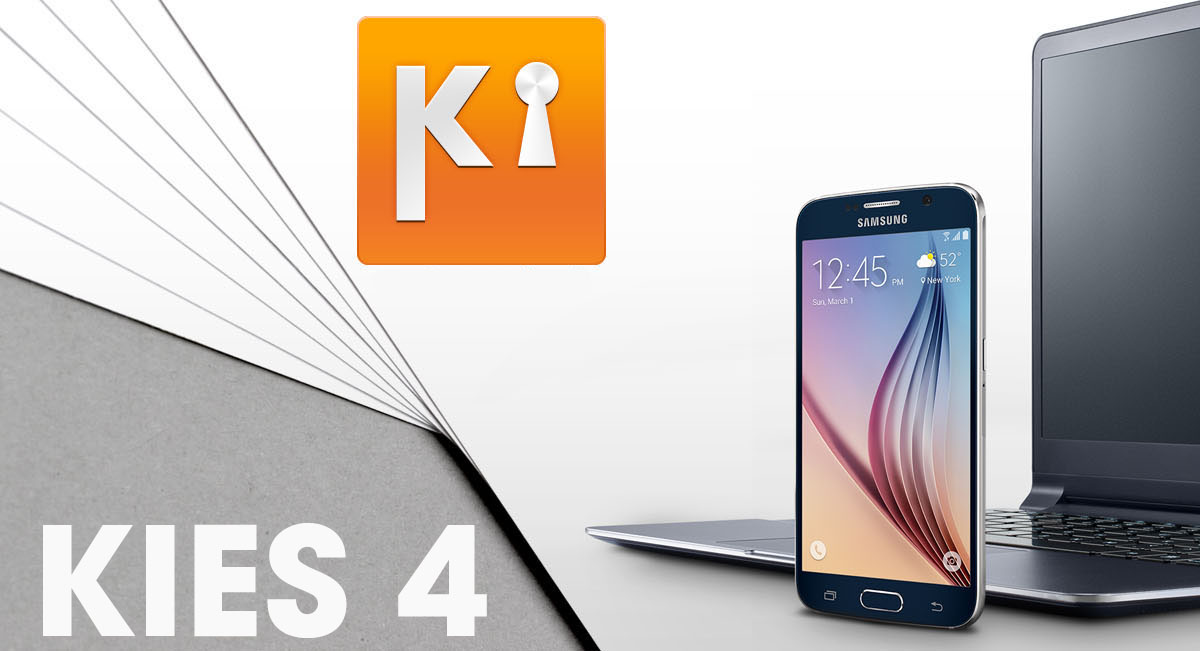
A tool that all Samsung users has it installed on their computers, Samsung KIES, the Samsung's smartphone manager suite for PC and Mac, will get a major overhaul. According to confirmed reports, Samsung is planning on releasing a new version of its manager software - KIES 4 - with a completely new design to look similar to the company's TouchWiz Lollipop look with flat Material Design elements.
Samsung Kies 4 is expected to be available for download sometimes by the end of this year Q4,2015. So the Galaxy Note 5 will have a new computer buddy to play with very soon.
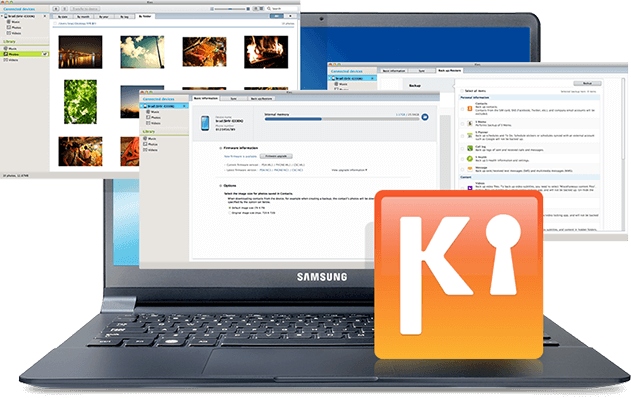
In terms of functionality, there's no information if Samsung will be adding new features to the software or just change it looks. Many users love Kies for its data backup skills and it's likely that the company plays it safe and just apply a refreshing coat of paint to the suite.

Google has updated the majority of its apps with Material Design looks to prepare them for the Android 5.0 Lollipop launch and the Calendar is one of the best looking. It features beautiful artwork for each month and now these backgrounds are Available for you to download as wallpapers.
The images are done in the unmistakable Google fashion and are best viewed in the Calendar app when used on a tablet. Now, you can use them outside of the app as your custom homescreen background.

Google has heavily leaked information about its next smartphone - Pixel 4. Although Google couldn't make it to the position of the top seller of the smartphone, it still owns the significant appreciation of the consumers who like to buy a phone based on the camera specification. Google smartphone also features some custom specs that you won't see on other devices like a bespoke launcher or custom image processor. The pixel 4 is set to repeat this trend with, among the usual software tweaks there is hand gesture control in the phone.
Google itself leaked the rear camera of the device a few months ago, ahead of its launch confirming the leaks around its design. Since then it has also revealed a detail about its hardware specification embedded beneath its relatively think top bezel and it has appeared in the wild in both photos and videos. According to the leaks, it has relatively think top bezel which is something lots of smartphone manufacturers are moving away from.
The render of the device was surfed by the reliably connected Evan Blass. The render also confirms that there is no fingerprint sensor on the rear side. This may increase the possibility of having facial recognition technology for security. However, there is also a possibility of having an in-display fingerprint sensor. This is something we can't assume from the design leaks. While this phone isn't the most attractive in the market but it is certainly better than its predecessor Pixel 3XL. Other leaks suggest that it has a 90Hz display and anticipated still camera.

Google has released Pixel 4a officially - months after we have been listening to the rumors. The new Pixel 4a smartphone, which is the successor to the Pixel 3a, features a fresh display with a hole-punch design. This device is also a light variant of the Pixel 4 that Google has launched the previous year. That's why it offers a similar camera and user experience as well. The device has a single camera for the front and rear sides. Other features of the device include a Titan M security module and a 3,5mm headphone jack, as well as a fingerprint sensor on the rear side of the device.
Google Pixel 4a roughly started at $349 for the 6GB and 128GB storage version. The phone is available for pre-order in the US for the time being and if you are interested, you can place the order via the Google Store or Google Fi. It will be available in the market starting August 20 offline and online. Google will be launching the device in India by October and you can purchase it via Flipkart. The phone is available in a single, jet black color option. The company hasn't revealed the price for the Indian market yet. Its predecessor Google Pixel 3a was launched at $399 for the 4GBRAM and 128GB storage variant.
The Pixel 4a and Pixel 5 will be available in the US, UK, Canada, and in some countries of Europe as well. The device runs on Android 10 out of the box and comes with a list of features that debuted on Pixel 4 in October last year. The phone also comes with a new Google Assistant that allows users to send text messages and control apps much faster than before. You will also get the recorder app with real-time transcription support in English. Further, the Pixel 4a comes with the live caption support.
The Google Pixel 4a features a Full HD+ 5.8-inch OLED display. The display has always-on feature supports by HDR. The phone is powered by an octa-core Qualcomm Snapdragon 730G processing chip. The device has a 12-MP camera sensor at the rear side with an f/1.7 lens and an LED flash module.
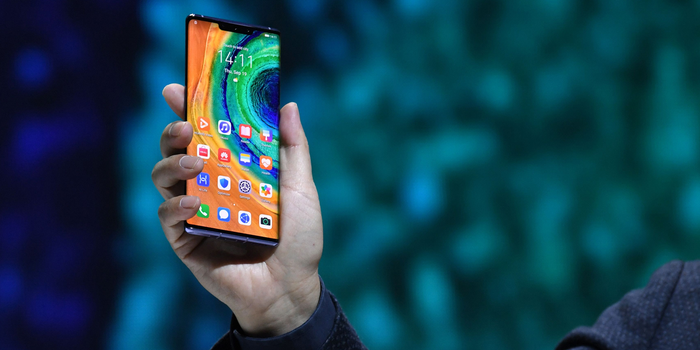
With the latest Android 12 version, Google decided to pay more attention to the privacy and security of the users. A few weeks before, Google rolled out the first Android 12 beta during Google I/O 2021. Google decided on a lot of new features that weren't included in the earlier beta version. A few of those promised updates appear within Android 12 beta 2, rolling out today. The update includes the privacy dashboard features as well as a slew of other privacy and security tweaks.
One of the biggest new features in the latest update is the look and feel of the operating systems. The latest feature is context-aware automatic theming system. The whole look and feel is adaptable according to the wallpaper being used. The system looks at your wallpaper for color inspiration and then changes the colors of interface elements such as buttons, icons, etc. would change accordingly. For some reason, this wasn't included in the first beta and now available in beta 2.
Apple has recently made big improvements and changes to its privacy and security policies related to the iPhone, which led Google to respond and pay attention to its security. A new privacy dashboard was introduced by Google at an I/O event. However, now we can actually use it. The privacy dashboard for Android 12 beta 2 offers an overhead view of the privacy situation of your device. This one-stop interface would help you see if there is anything you need to change to make sure that your phone is secure from unauthorized access. In addition to the privacy dashboard, Google introduced new features related to audio and camera security. There will be microphone and camera usage indicators in the upper right corner. These icons will appear if the user is using any of these apps.
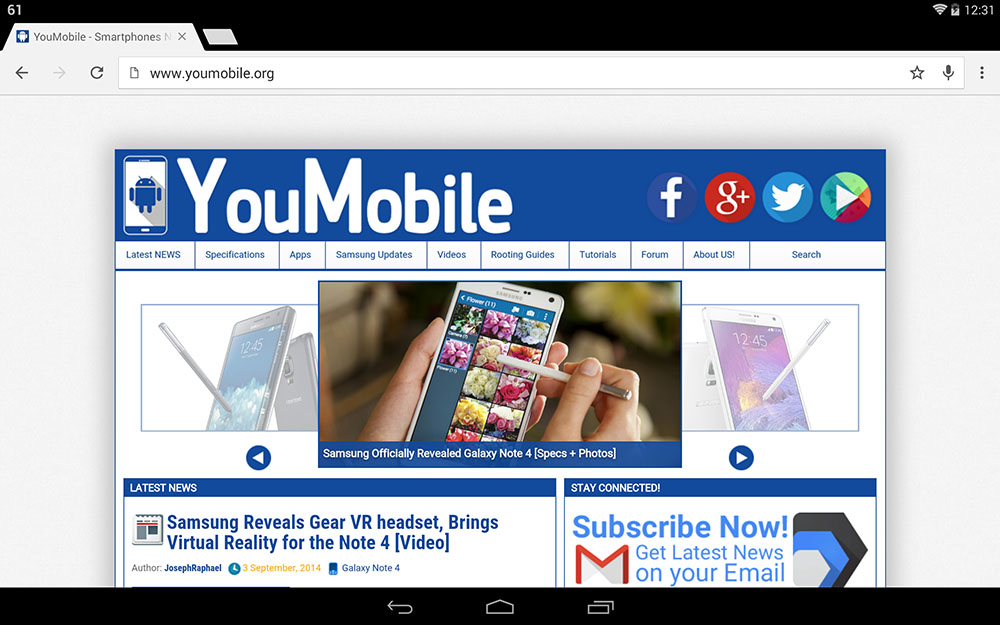
Chrome for Android (stable) got updated to version 37 today, Google's browser hit the Play Store just a little while ago, which brings a new user interface (Materiel UI) and Incognito tab page, a simplified sign-in, and of course lots of bug fixes and improvements.
The New Chrome 37 brings better text rendering to your Smartphone/Tablet to enjoy a high quality text on any screen resolution or size. The New Interface is very visible in the browsing and the setting page, However the App is not yet fully transferred to the Materiel UI. We'll need to wait for version 39 to see a full Materiel Google Chrome.
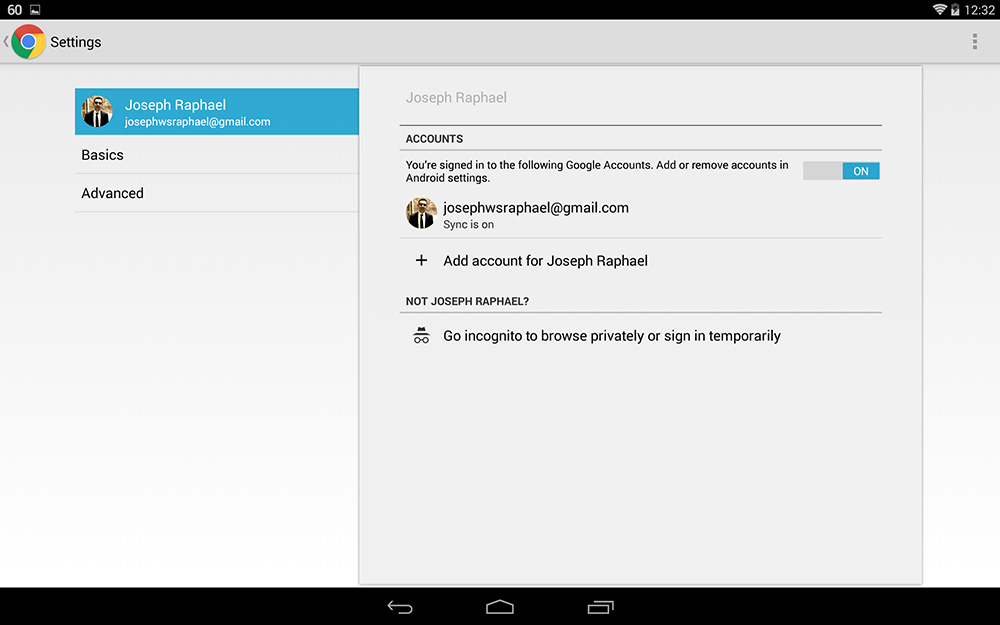
What's New in Chrome v37 for Android:
• New Materiel Design UI.
• Improved text rendering on non-mobile optimized sites.
• Doodles return to the new tab page.
• Lots of bug fixes and performance improvements!
![]()

Android L is bringing a whole new look to Android later this year, and we've already seen the new Material Design language popping up in small amounts in various Google apps. We don't yet know how other developers will take to Google's new design, but designer Emmanuel Pacamalan has put together a concept of what Instagram could look like.
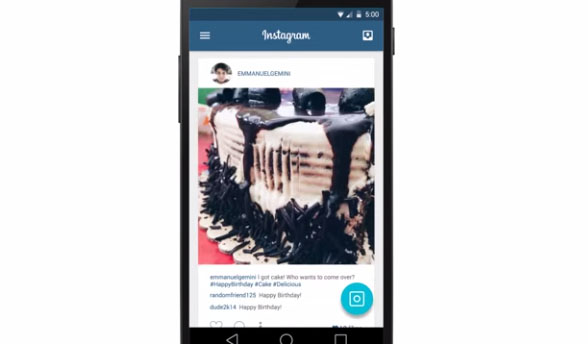
Frankly, we really hope that designers jump on the Material Design wagon, because what Pacamalan has mocked up looks beautiful. The animations are playful, and the overall look makes the app feel alive. It's unclear exactly how long Instagram will take to update its app with Material Design, but it may not be too long, because Instagram did update its app for iOS 7 pretty soon after the official update went out.
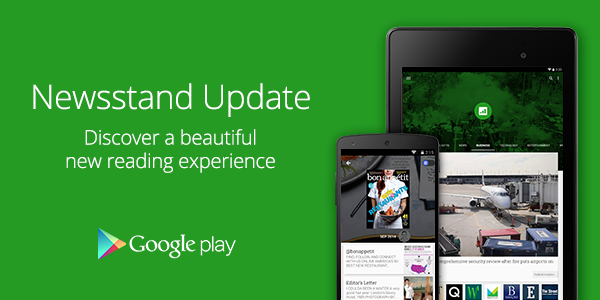
Google has finally updated it's Play Newsstand App with Materiel Design UI, to be ready for the Android L launch this month. The Newsstand essentially combining Magazines and Google Currents in one app. The widgets has been updated too.
Newsstand is now using Material Design, which incorporates "larger images, more contextual headers, and smoother transitions" into the overall feel of the app. Users are also able to swipe horizontally between topics, as well as vertically to get more info on a particular topic.
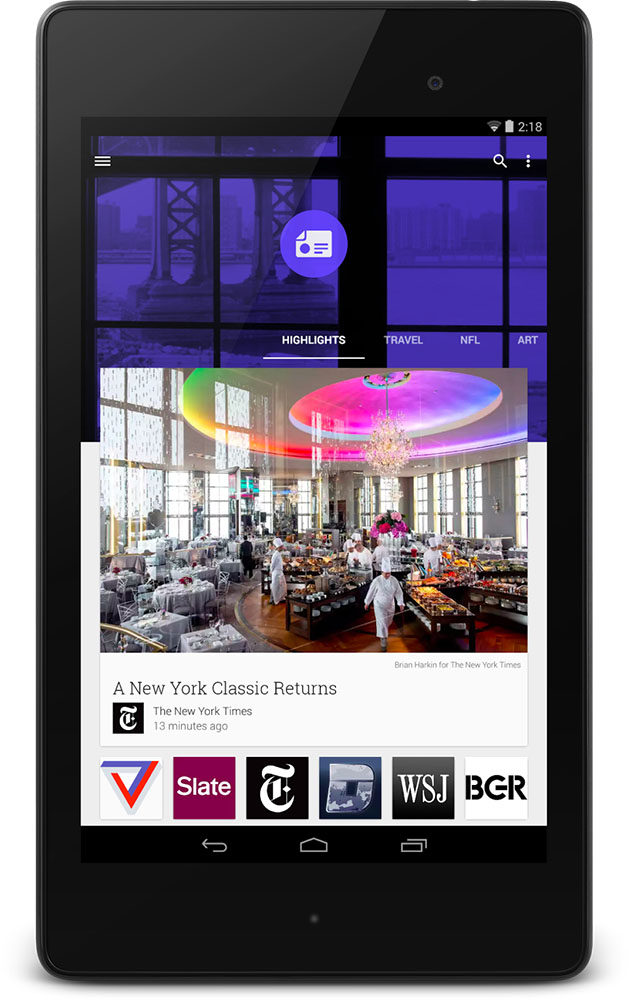
Also new with this update is a better way to read magazines on phones. The experience has generally been fine on tablets , but definitely needed some work on the smaller screen. As of now, phones will get the option to pick and choose between articles, which will display in a much easier to read format more like that of the current News section of the app. Improved topic cards are now front and center, making it even easier to find content relevant to your interests.

Google Play Games App has been updated to version 2.1.10 for the Android 5.0 Lollipop. The update brings Material Design UI to the whole App.
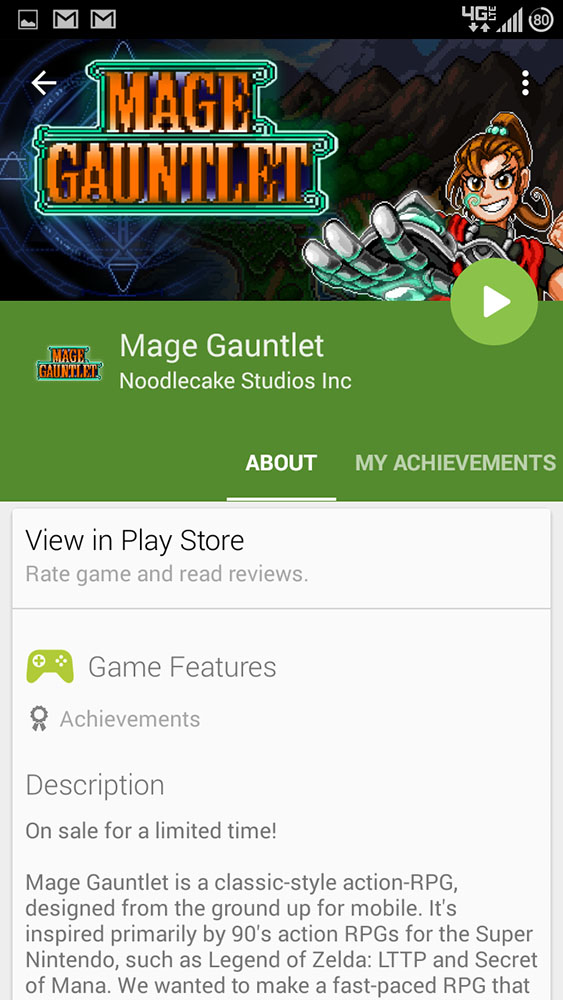
There doesn't appear to be any huge functionality improvement in this release, it's merely a shiny new coat of paint. That being the case, it might be best to wait for the official phone or tablet update.

If you don't want to wait that long, you can get the App from the link below. The APK below is official and has not been modified by any way.
Google Play Games 2.1.10 [APK]
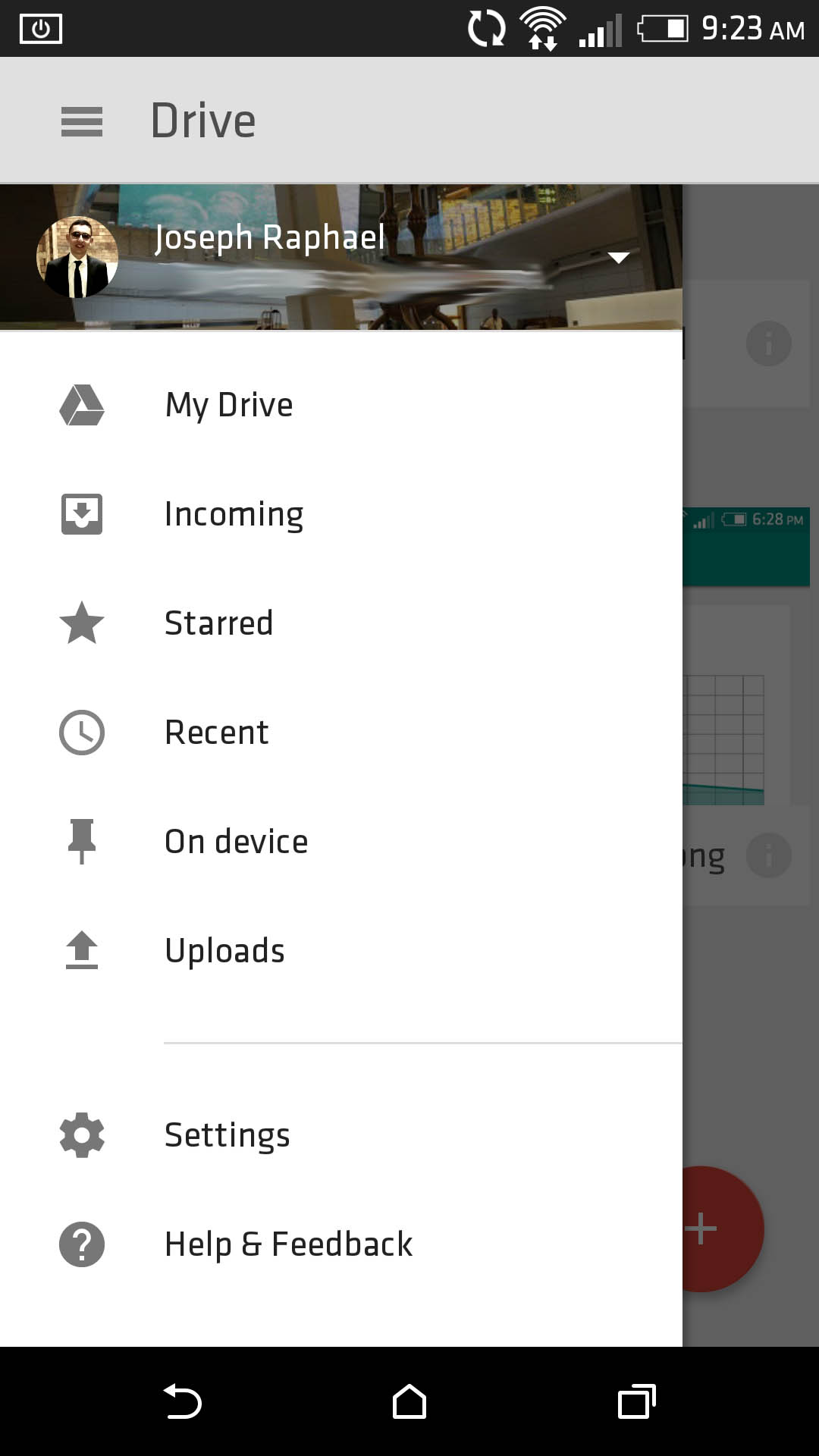
Google has started Rolling-out its Material Design optimized Apps on the Play Store. Google Drive App has been updated today to v2.1 with Full Material Design UI and many other functionally improvements making the App Lollipop Ready.
The improved search features in v2.1 allow you to see results as you're typing, so you might only need to peck out a few letters to find what you're looking for. Sharing now includes an option to include a message to the sharing recipient. That way they know why you're sending them the file in the first place. As for the improved PDF viewer, it includes text highlighting and copy support.
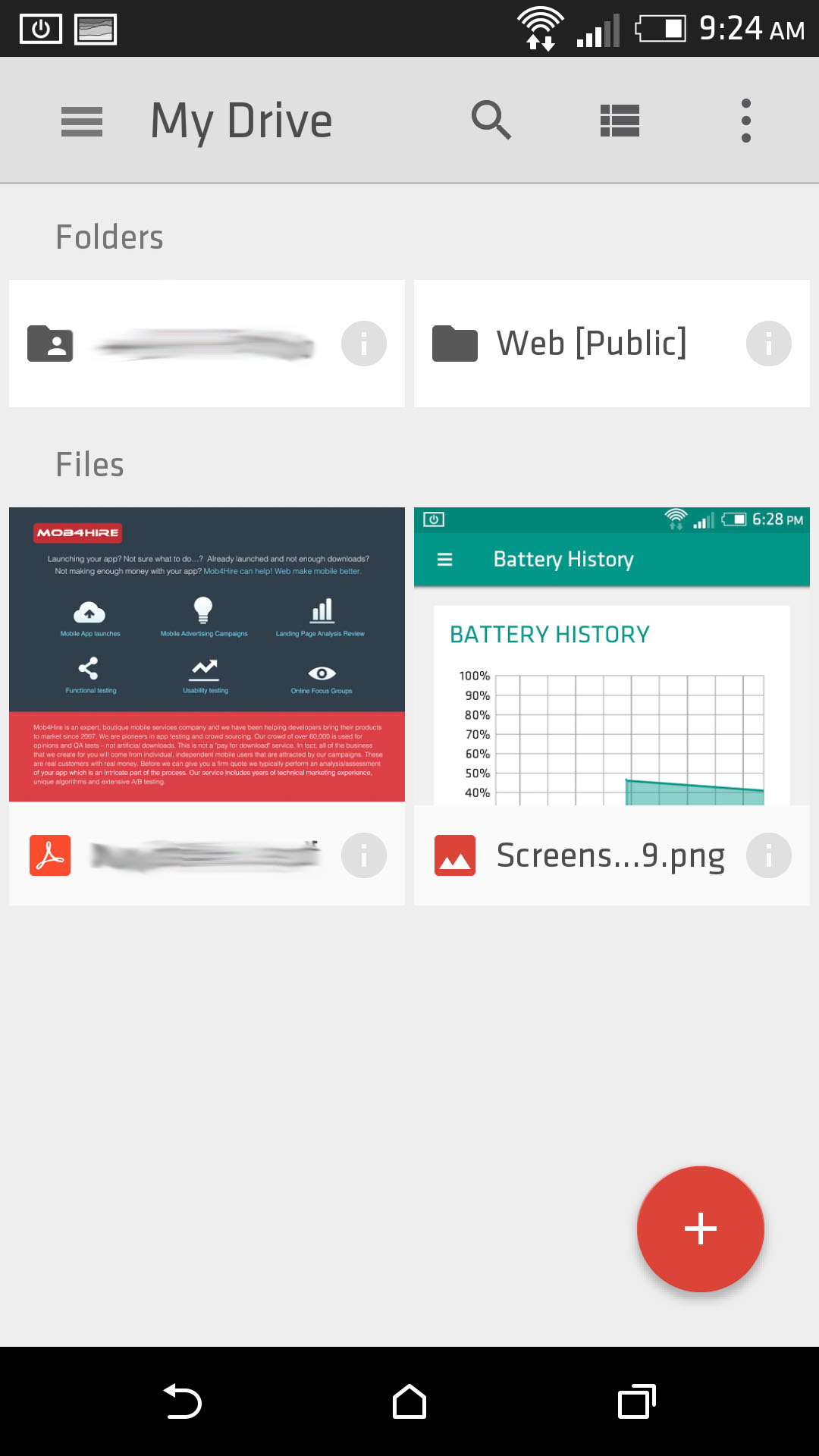
You can now Download Google Drive 2.1 official APK from the link below, it's totally safe to install on your Android Device. Enjoy!

Today, Google updated its Docs, Sheets and Slides Apps with full Material Design UI and many other improvements in order to make them Lollipop-ready for the big launch on November,3rd.
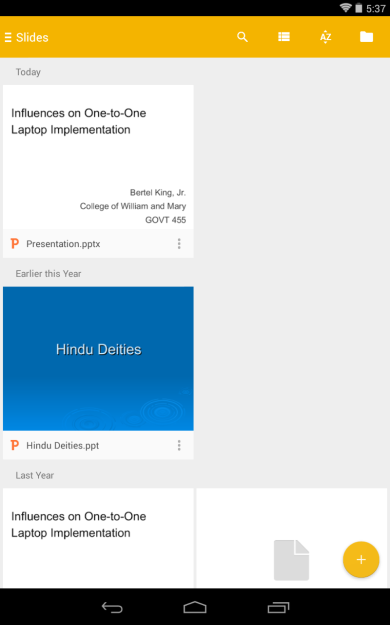
Let's get the biggest visual tweak out of the way first. Yes, Google has changed the hamburger menu icon in the action bar. No, it still doesn't match the majority of its other updated apps.
This look is consistent across Docs, Sheets, and Slides. Another change that appears across all three apps is the addition of an "Incoming" section in the sidebar that consolidates all of the files that other people have shared with you.
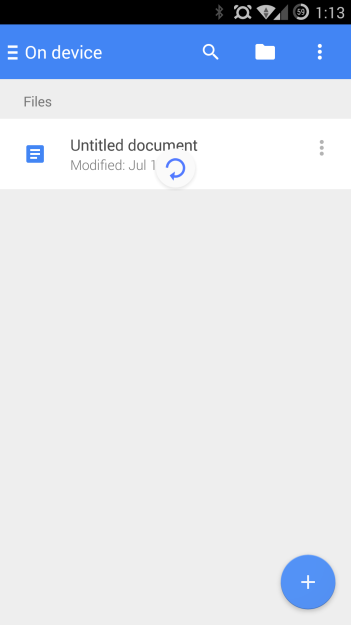
In Docs in particular, a new "Make a copy" option has appeared under "Share & export" that lets you create a new document using the current one as a template. It's a feature that makes much more sense if you don't use a blank document.
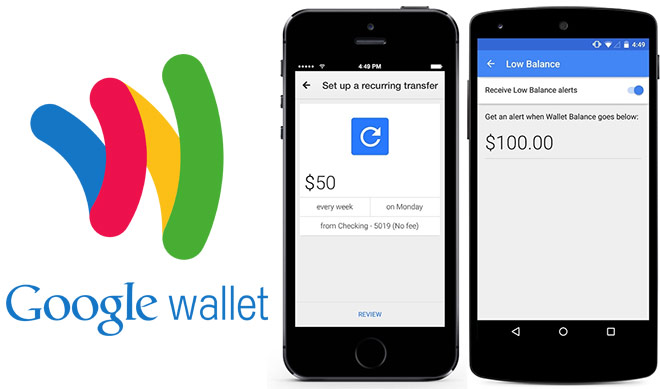
Google Wallet has been updated with several nice features. One of them is the option to set up a recurring bank transfer to automatically add funds to your Wallet account.
You can set up the recurring bank transfer on a weekly, bi-weekly or monthly basis and cancel it any time. Google says that there are no fees or minimum balance requirements for the automatic transfer. If your balance gets low, you can set an alert to remind you to add funds.
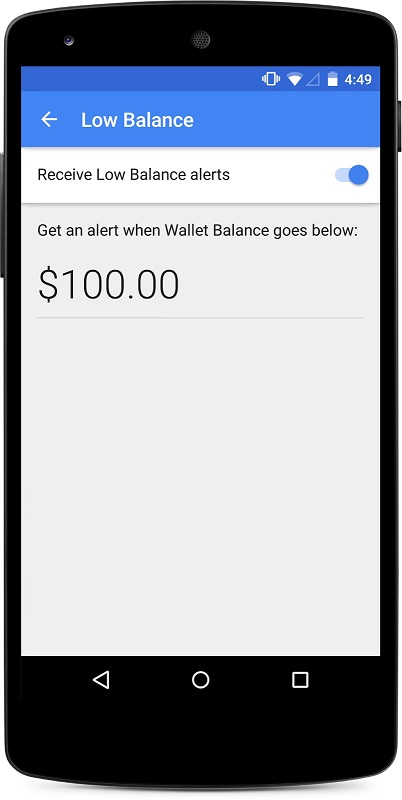
Additionally, Google has updated the Wallet app interface with Material design. It looks cooler now and more in line with the rest of the company's apps. Finally, you can cancel your physical Google Wallet card from within the app itself.
![]()
Google Gmail 5.0 App has just been released with Full Material Design UI. In this update Google brings a whole new look to the Gmail App that makes it look very close to "Inbox" that is currently still in BETA with invitations only.
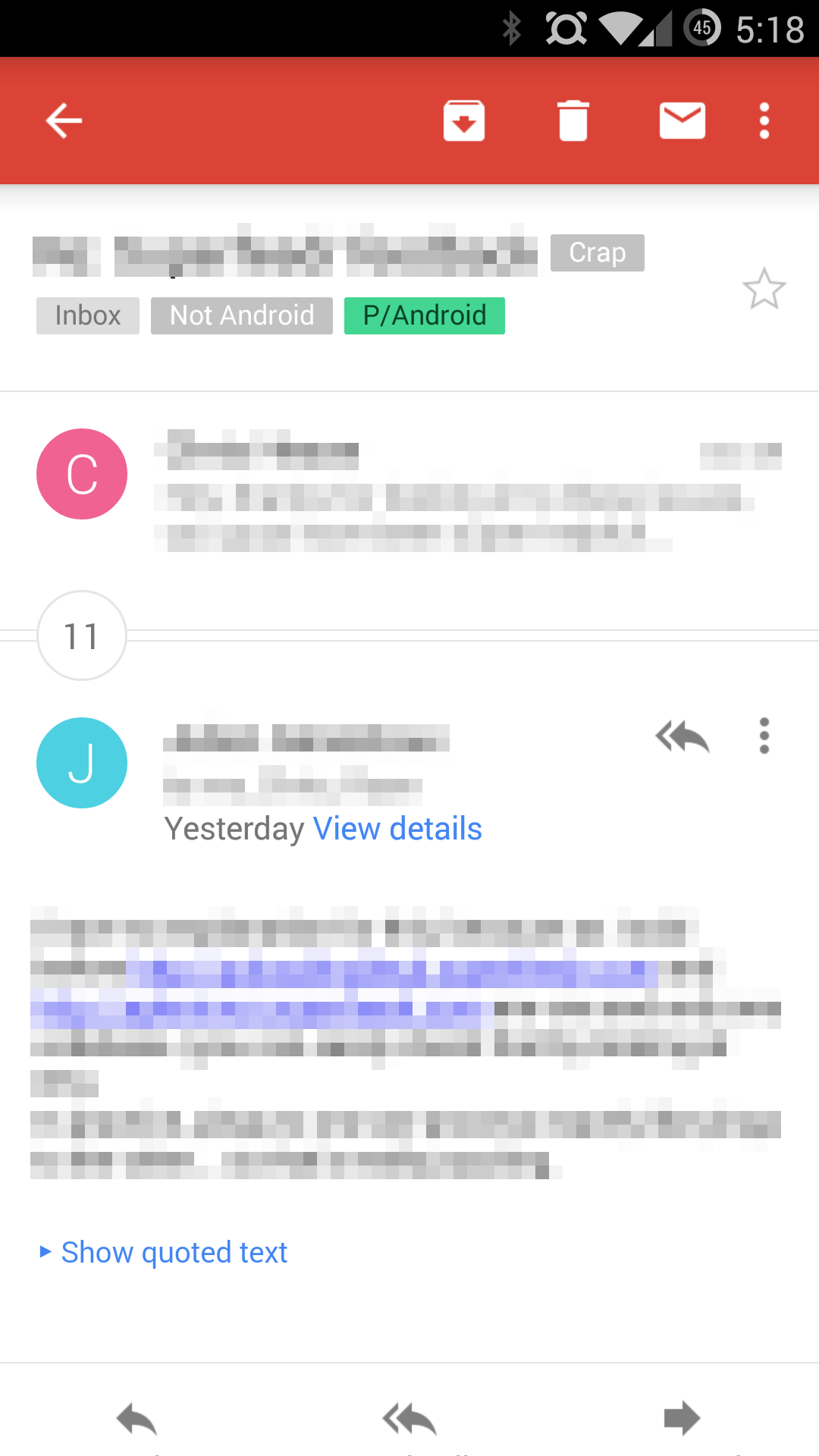
As you can see in the screenshots above, Gmail 5.0 App has a Red accent color similar to Google+ App, it also has a floating action button on the bottom right to compose Emails.
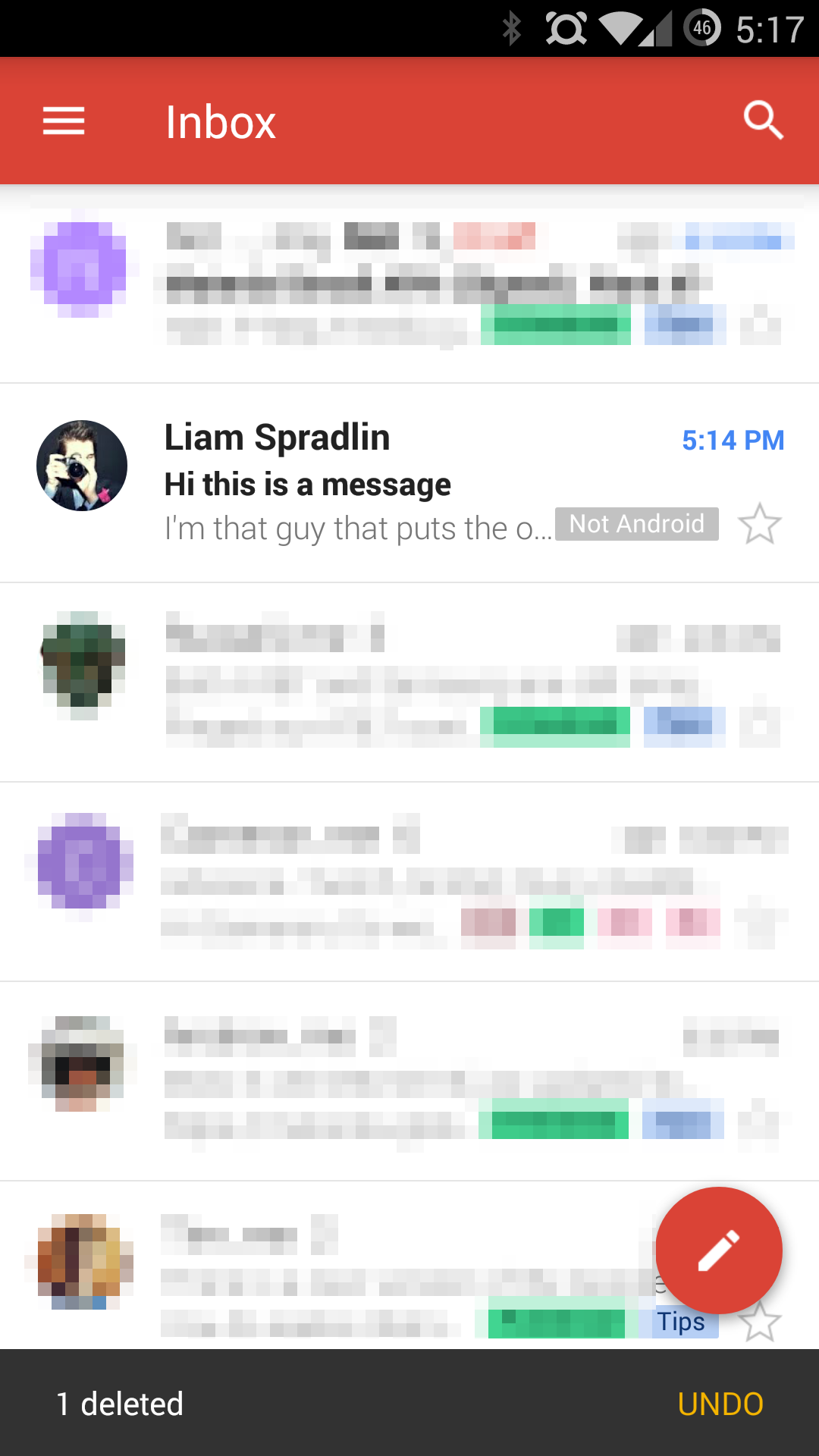
Another important feature you'll notice is the support for corporate/exchange accounts, a capability that obviates the stock email app and promises to unite all your inboxes under one roof. Gmail will be the Main Email App on Android 5.0 Lollipop beside the Inbox Beta App of course.
You can Download Gmail 5.0 APK from the link below, It's official and safe to install on any Android device (4.1+).
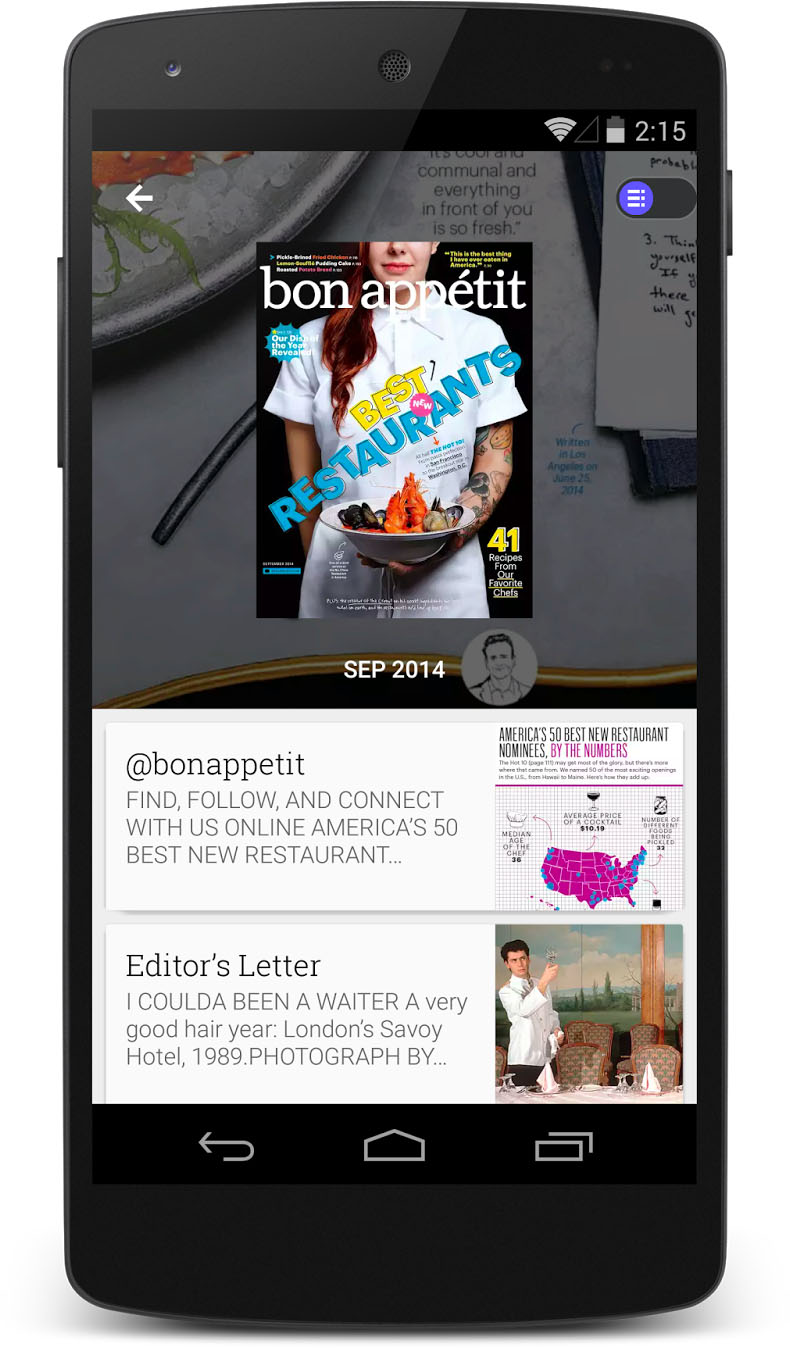
It's been almost one year since Google unveiled the new Play Newsstand App for Android, which incorporated features from both Play Magazines and Google Currents under one roof. To celebrate, Google is released a big update to the app to version 3.0, which brings it an entirely new design.
Today, Newsstand App got updated to version 3.3.1 with even more Material Design UI and bug fixes, all ready for the Lollipop launch tomorrow.
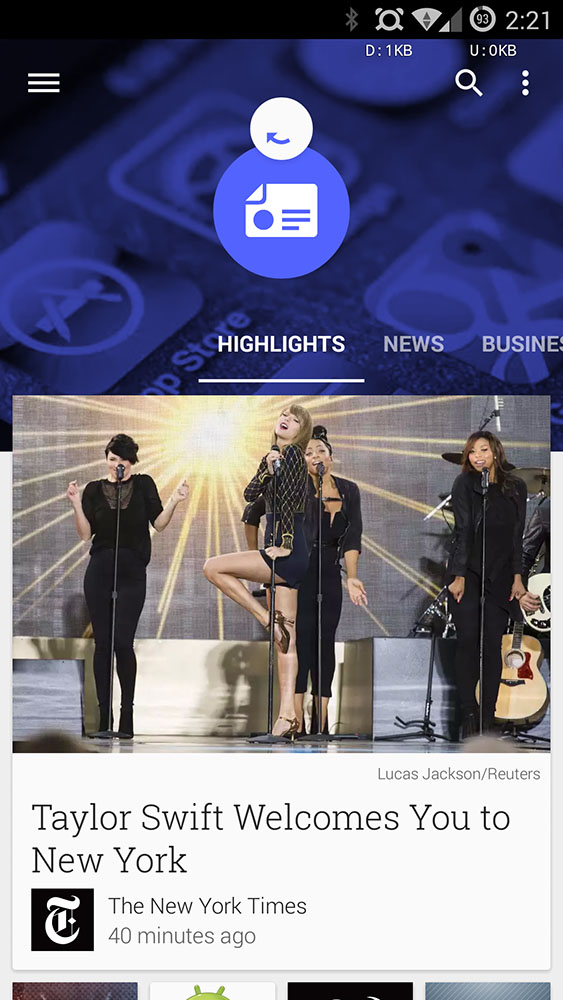
There is more to the new version, however. It also comes with a new magazine reading experience, without the need to constantly zoom in and out to read articles. That's how things worked in the past, but not anymore. The new Play Newsstand app will now show you a list of articles from the magazine that you can toggle through and read easily on your phone. Big images are included.
Smoother transitions come part of the Material Design inspired makeover, and the headers are more contextual. You swipe left and right between topics, and up and down to dive into a particular topic. And deeper topic cards have been added to the Explore section. The app should have received a speed boost too.
Google Play Newsstand 3.3.1 [APK]
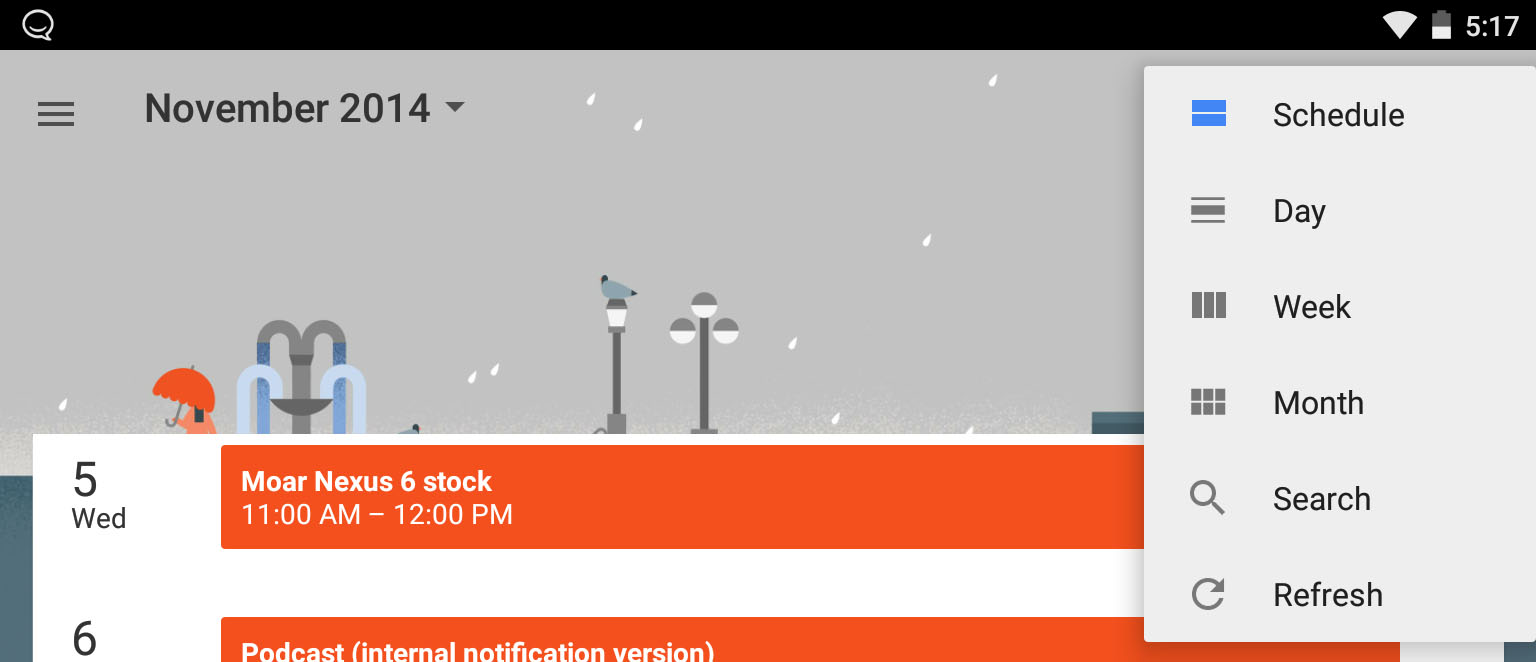
Finally, Google Calendar 5.0 is Here. Google released the Android 5.0 lollipop images 2 days ago and today we get one of its most Amazing long-waited App. Google Calendar 5.0 is a complete re-design of the default calendar App of Android, it has a full Material Design UI and a new cool Material icon too.
The app itself is exactly what you'd expect having seen our previous coverage a super smart "schedule" layout at the front, with supporting day and 5-day views on phones, with a month and week view appearing on tablets.
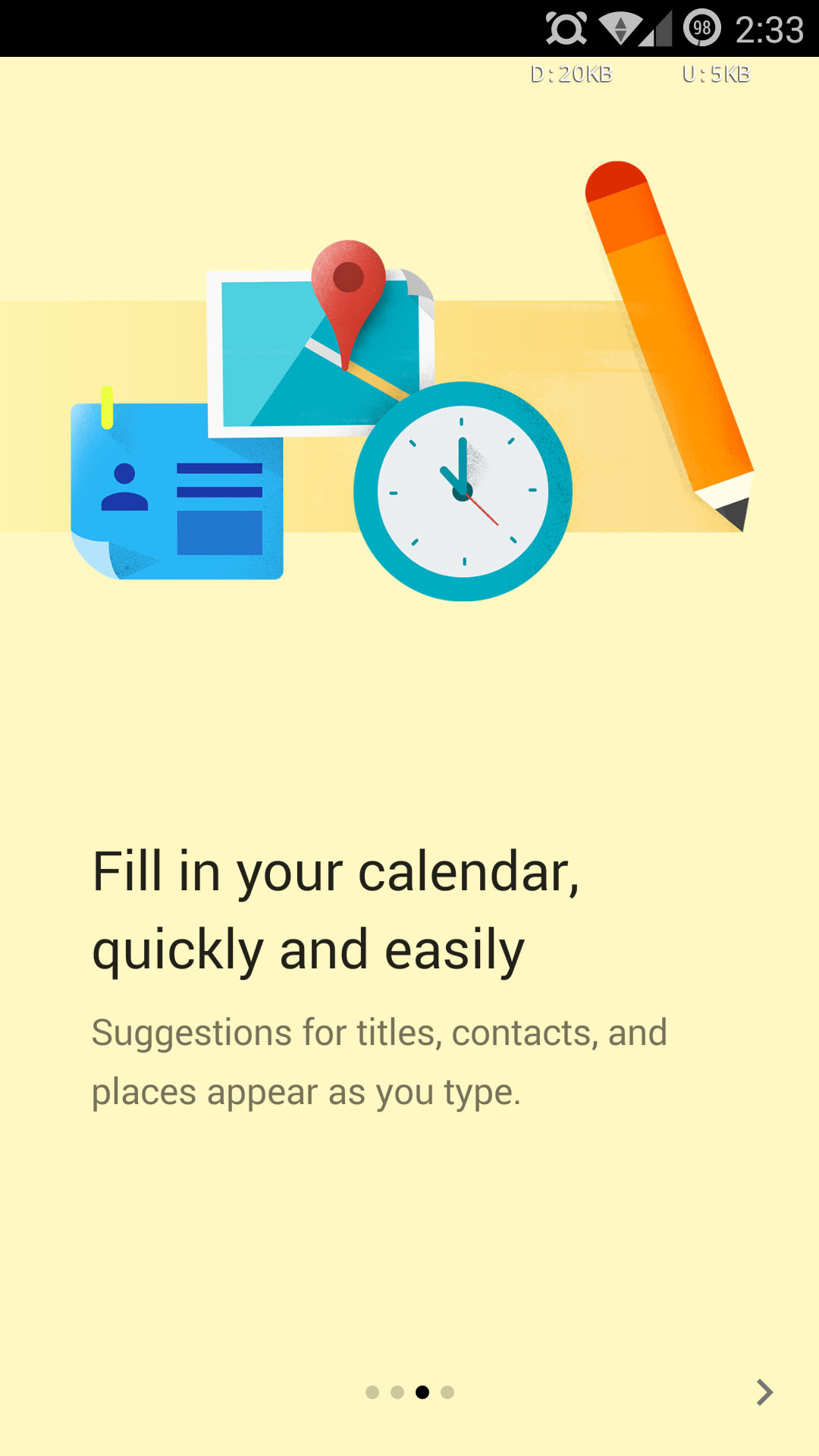
Google Calendar 5.0 supports devices running Android 4.0.3 or later only. You can Download the official APK from the link below. It will take sometime until the new version hits Google play. So Download & Enjoy!
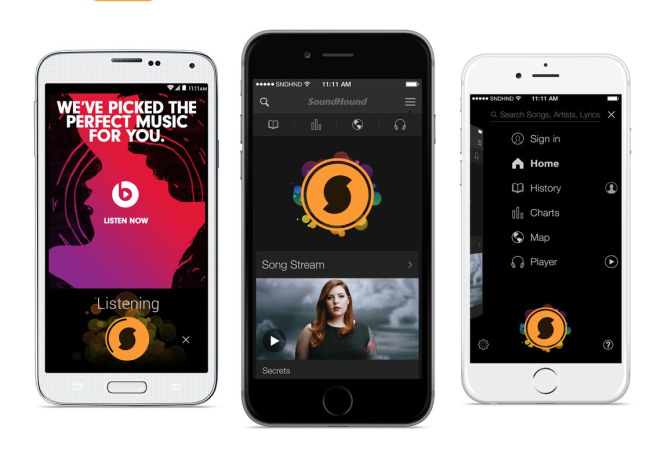
SoundHound ∞ is an an app that you can use to recognize those songs you hear playing in the background, whether it's in a commercial or in a department store.
SoundHound has just got a major UI design overhaul, You can now access the search and navigation buttons from anywhere just by swiping from the right. When you're on the home screen, you can view your recent searches and see what's currently popular. Or you can just tap that big orange icon to start listening for sounds.
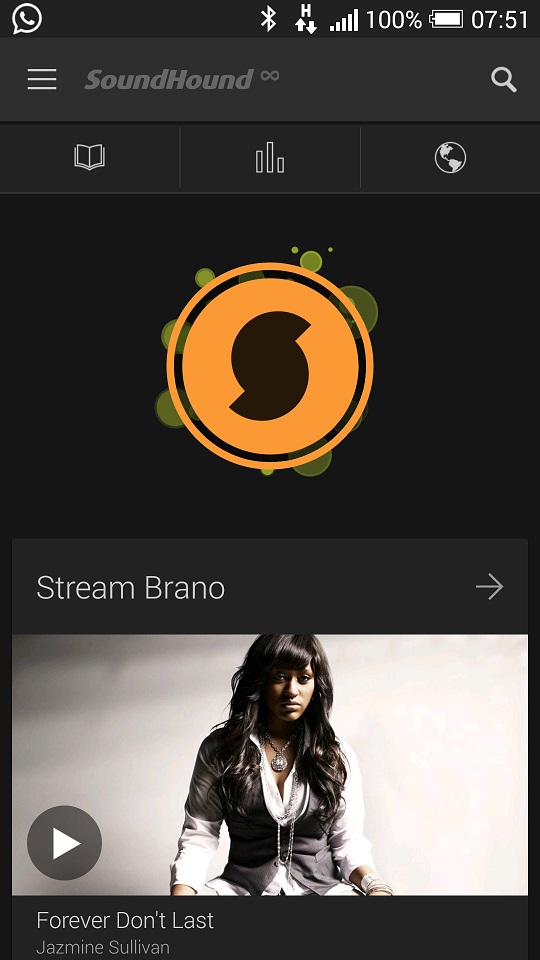
SoundHound ∞ 6.3 Change-log:
- Fresh new look for faster music discovery.
- New colorful and dynamic listening screen animation.
- Quickly access the Search button and navigation from anywhere in the app by swiping right.
- On the home screen you can now scroll to explore your search history, hear what's popular, view top videos, discover music on the rise and more.

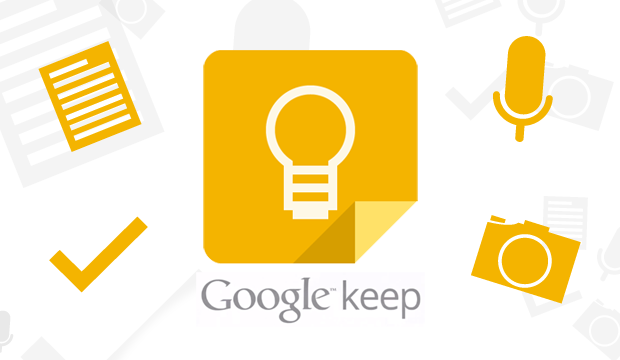
Google Keep has just been update to version 3.0 that is included on the latest Android 5.0 Lollipop. Google Keep 3.0 packs a full new Material Design UI and some other minor improvements and features.
There's also a New search interface that allows users to search by type of note, or by color. The navigation drawer has also been updated with material in mind and comes very close to matching guidelines.
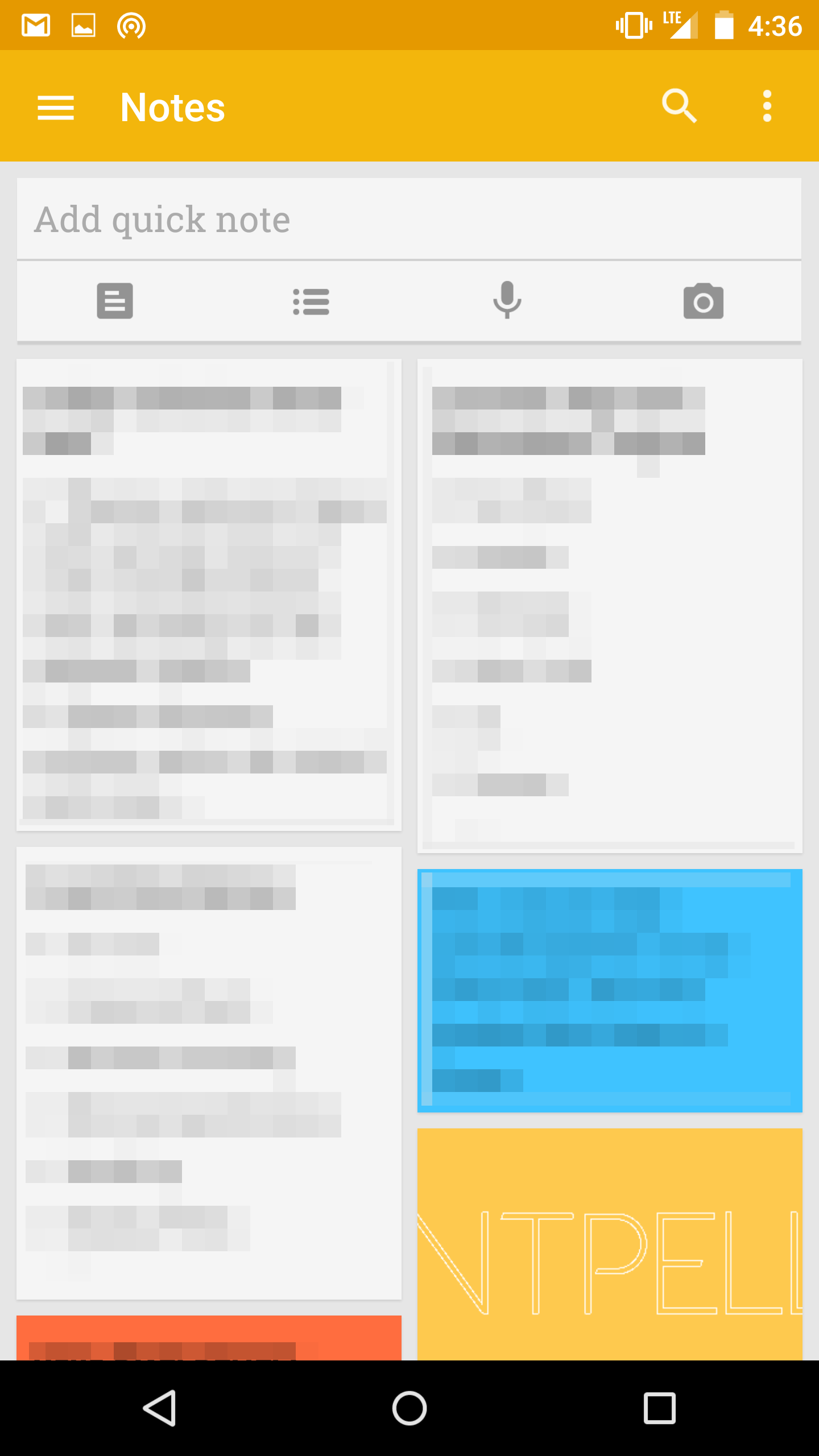
Also of note is a new "snackbar" to allow for quick undo actions when notes are archived. Of course Keep also gets a tinted status bar to complement it's eye-pleasing yellow brand color.
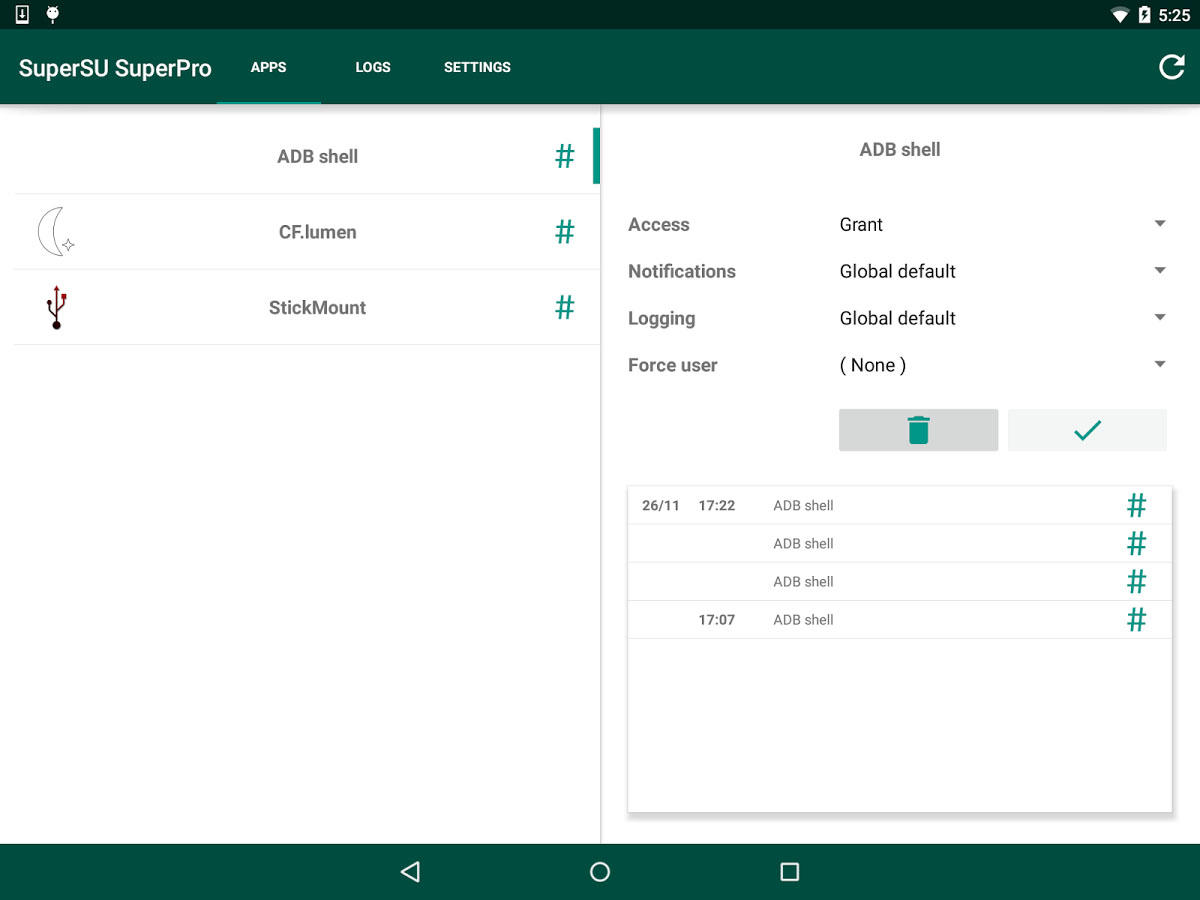
Chainfire's SuperSU App, one of the most popular "poweruser" tools for Android, which allows you to gain root access and manage root permissions for the apps that might need it, has just been updated with a substantial update. The most recent version of the app (v2.35), is the first full update ever since 2.01, which rolled out in the beginning of June.
SuperSU v2.35 is a substantial improvement of the app for several reasons. The most important one is the app's now fully compatible with Android 5.0 Lollipop. Chainfire reveals that it has been quite hard to find a viable workaround for hopping over the hurdles that Google has implemented in SELinux, along with everything else that prevented SuperSU from gaining root access. However, the app might still have issues with some of the early unofficial Lollipop builds that have surfaced for select Android warriors of late.
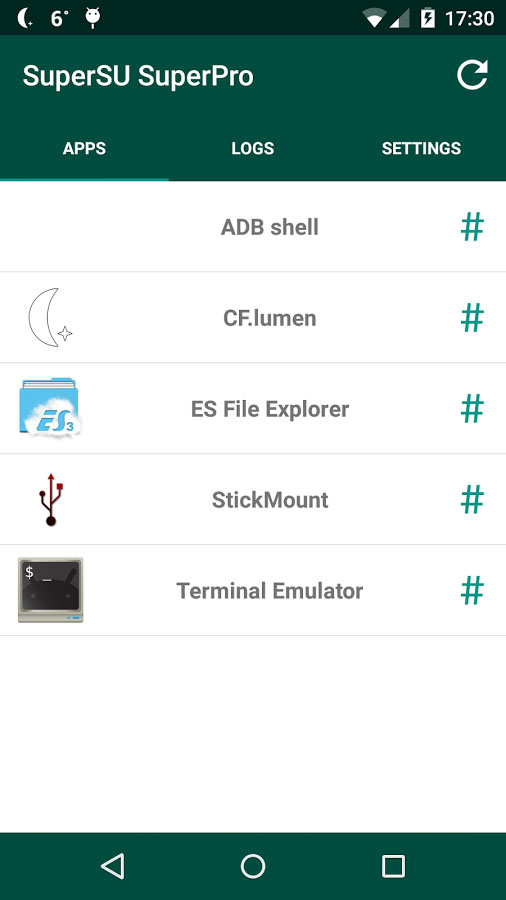
Apart from this, the user interface of the SuperSU app has been slightly refreshed in accordance with the Material Design guidelines. Chainfire says that he's made only slight imporvements over the previous layout, as the full adoption of Material Design is not "a top priority at the moment". But let's be frank here, folks the beauty of SuperSU does not lie in its interface, but in the under-the-hood features that it has in tow.

Google is still working on updating its own Android Apps to match Lollipop's Material Design UI. Now, Google updated the YouTube App to version 6.0.11 with a Full Material Design UI and a lot of visual improvements.
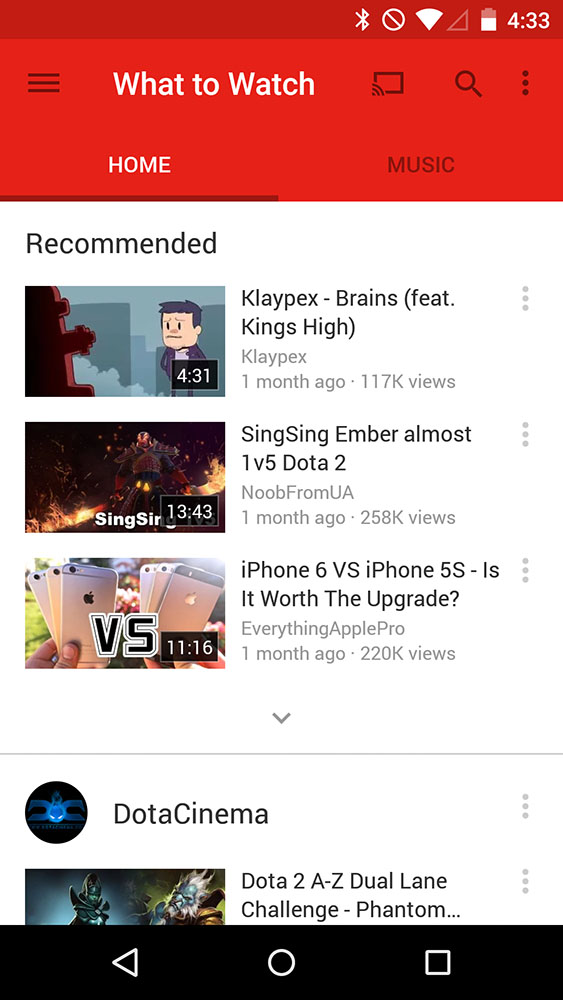
The update also brings more advanced search filters to YouTube, a welcome addition to anyone who's struggled to find just what they were looking for in the past.

YouTube 6.0 now shows channels with a new layout that changes the accent color of the App according to the channel's main color, this makes every channel you open makes the App color along with the notification bar color change to fit its content which is really amazing.
You don't have to wait for the update to hit the Play Store that you can Enjoy YouTube v6.0 on your Android device now by Downloading the Official APK below.


The New Google Hangouts v2.5 is Here. The New update adds more Material Design to the Hangouts App UI, along with some other new features like contextual tool system, Video filters and adding the confirmed number for each of your Hangouts contact.

The location sharing function is the only contextual tool mentioned in this Googler's Plus post, but presumably this functionality could be extended in other ways. "Show me" could bring up a link to the camera app, for example. A revamped version of the timestamp will now show when the other party last viewed the conversation, and not just at what point.
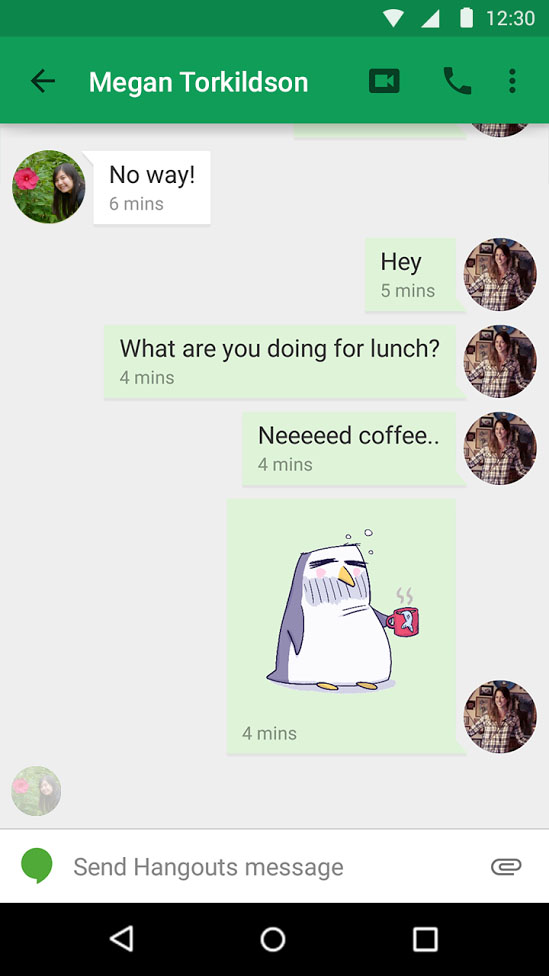
Cosmetically, Hangouts is now adding stickers. These are big, colorful alternatives to emoticons, and similar systems have likewise been seen on competing platforms. Google has posted 16 themed sticker packs, all free for the time being, for users to insert into conversations when words fail them. Video chats are also getting spruced up a bit with live filters. Simply swipe on the video feed to activate Instagram-style filters on top of the active conversation.
You can Now Install Google Hangouts 2.5 on your Android device from the official APK below. It's 100% safe to install. Enjoy!

Google Hangouts [APK Download]

Google has just updated its Android Google Wallet App to version 8.0 with Full Material Design UI and a new menu Drawer. This Eye-candy update also carried a lot of improvements and bug fixes too.

A post on Google+ earlier today calls out the most significant change for this version, which brings together gift cards, loyalty programs, and offers into a single link on the navigation drawer. These screens have been merged into a single group of sliding pages titled Active, Expired, and Featured. Current gift cards and loyalty programs are shown together on the Active tab, while outdated offers are found under Expired.

If you can't wait until the update hit Google Play, You can Download Google Wallet 8.0 APK from the link below. It's official and 100% safe to install. Enjoy!

![]()
After updating its Android Apps with the New Material Design UI, Google is Now doing the same with its iOS Apps on the Apple iTunes store. Stating with the Google search app for Apple's mobile OS which is today getting an update to version 5.0.0, and one of the biggest new things is the addition of the Material Design language.
Additionally, there are a few new features in tow too. The Recents view shows you the pages you recently visited, the Google button lets you start a search with just one tap, and Google Maps 9.0 allows you to explore interactive maps, nearby places, and Street View right inside the search app.
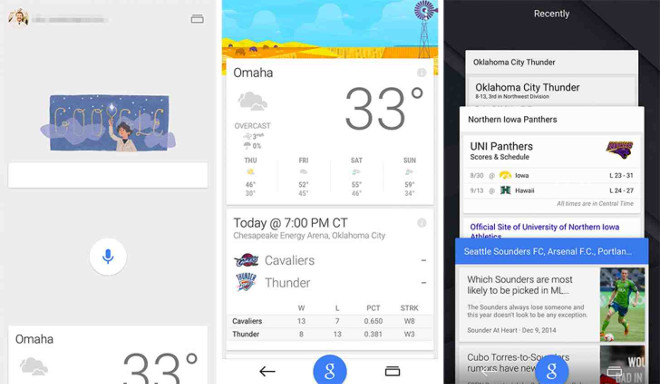
Image search contains bigger pictures now, the app has been optimized to look great on the iPhone 6 and iPhone 6 Plus, and, of course, the new Material Design animations should delight your eyes.
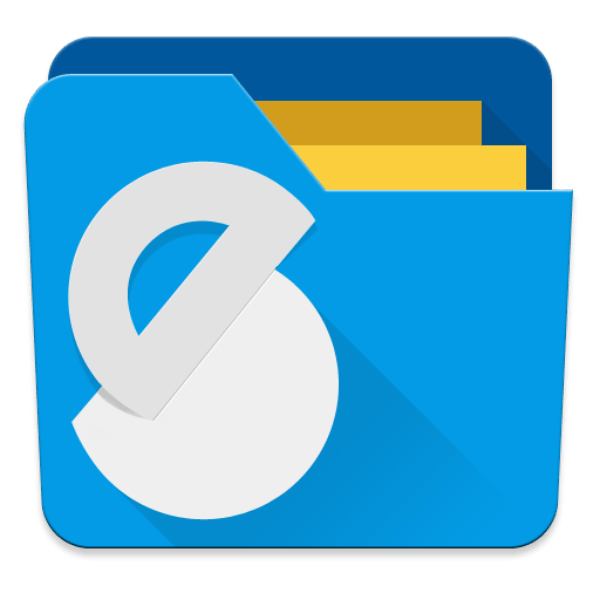
File Explorers are a very Important Apps, one of the first thing you install when you buy a New Phone or right after a factory reset. Solid Explorer has long been one of the most popular file managers on Android because of its slick dual-pane UI and extensive feature list. It's time for an update...
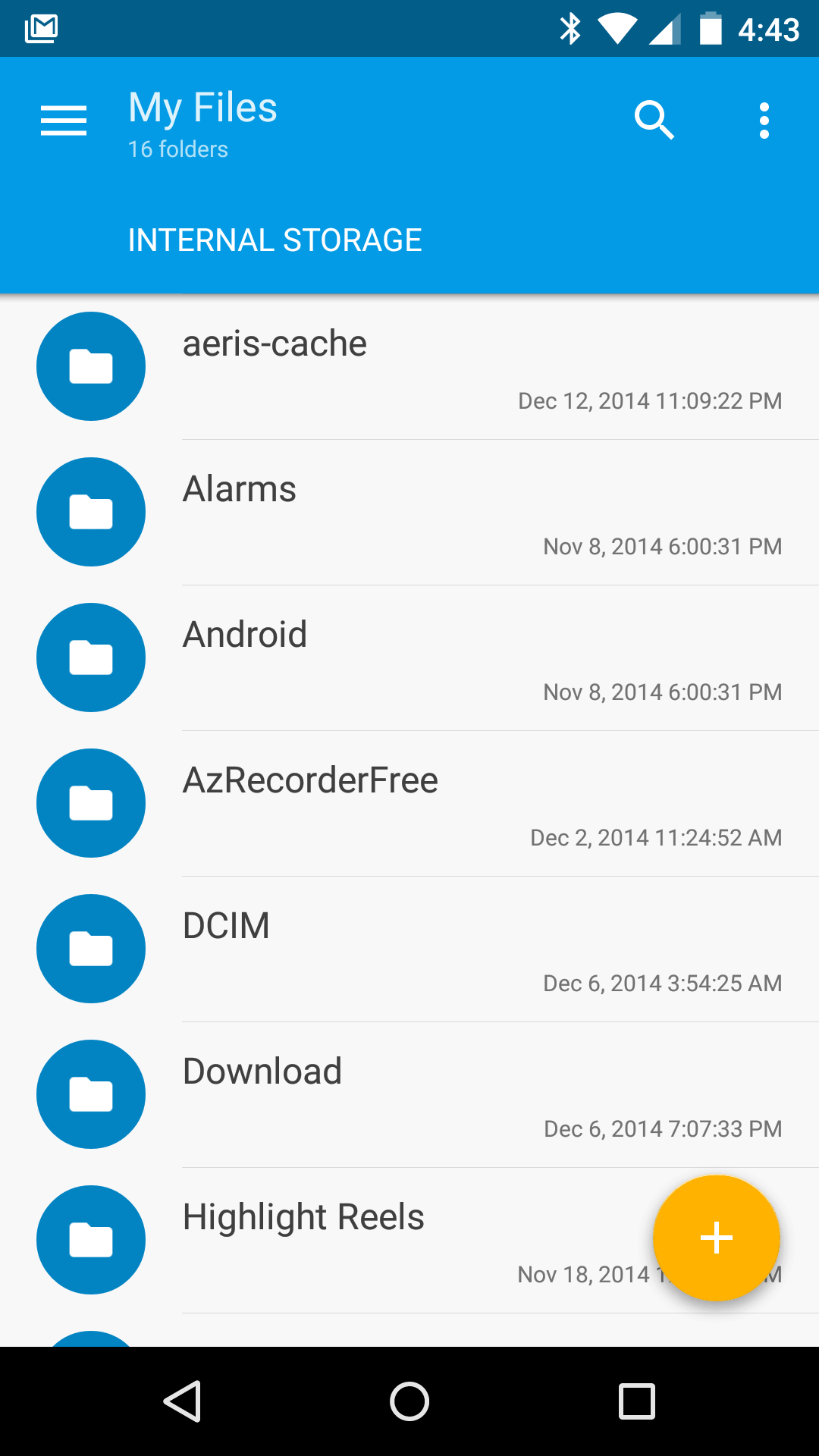
Solid Explorer 2.0 looks completely different from the current build that includes a Full Material Design UI. It has all of the Lollipop animations we've come to expect, along with a proper full-height navigation menu, floating action button, and colored status bar. The default blue/orange UI can be changed to whatever you like in the settings. You even get animated thumbnails for video. That's cool, but I could see it ending up a little annoying long-term. The app looks great, but I'm not sure about the icon.

You can Try Solid Explorer 2.0 ALPHA on your Android device now, by joining its Google+ Community HERE then head to the Play Store link to Become a Tester HERE.

One of the Best News Apps on the Google Play Store just got a major update. BBC News official Android App just got a major update to version 3.0 with a revamped user interface and tons of New features.
The first you'll notice in BBC News v3.0 is the Material Design UI that changes the App's look completely, adding some animation to the left navigation drawer and topic tabs. BBC also updated the video player on the App so that it runs more smoothly and faster. One of the many new features in v3.0 is that you can select your main new topics for the App to focus on and send you Push notifications for any updates regarding this specific topic only (e.g. Paris Attacks, Ebola, Air Asia flight.. etc).
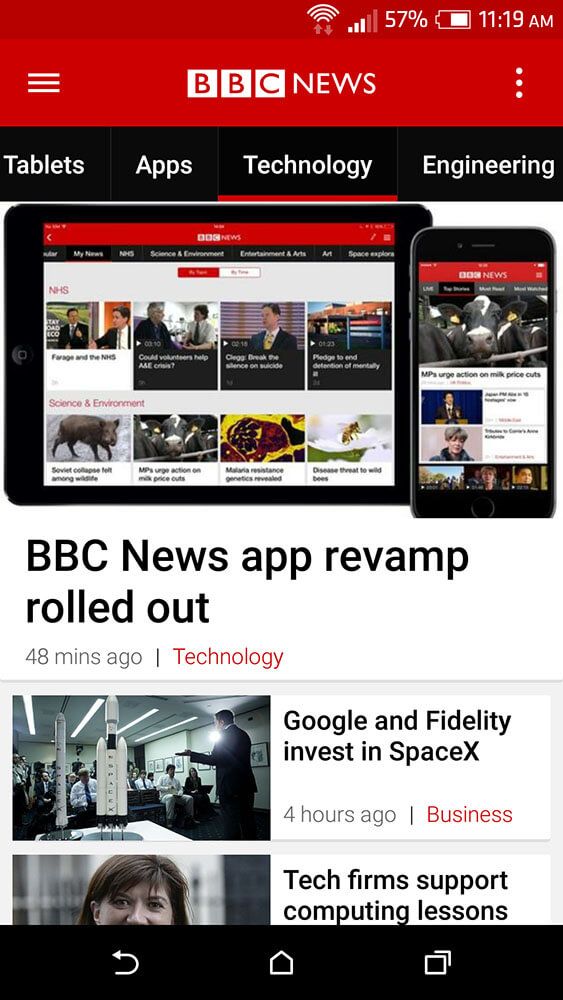
BBC News 3.0.0 New features Change-log:
- My News: Add topics to your personal feed
- Suggested topics based on location and what's in the news
- Topic Search
- Order stories by topic or time
- Journalism from BBC correspondents
- Full range of video and audio
- Most Read / Most Watched
- Photo galleries
- Full-screen images
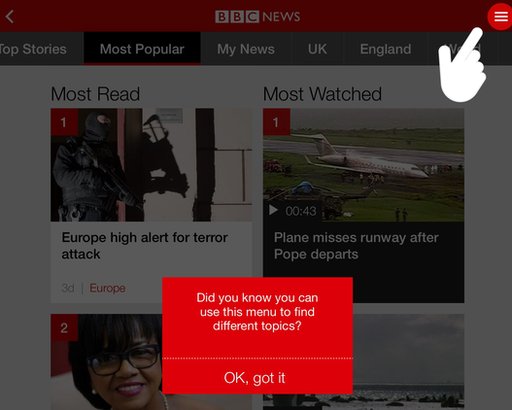
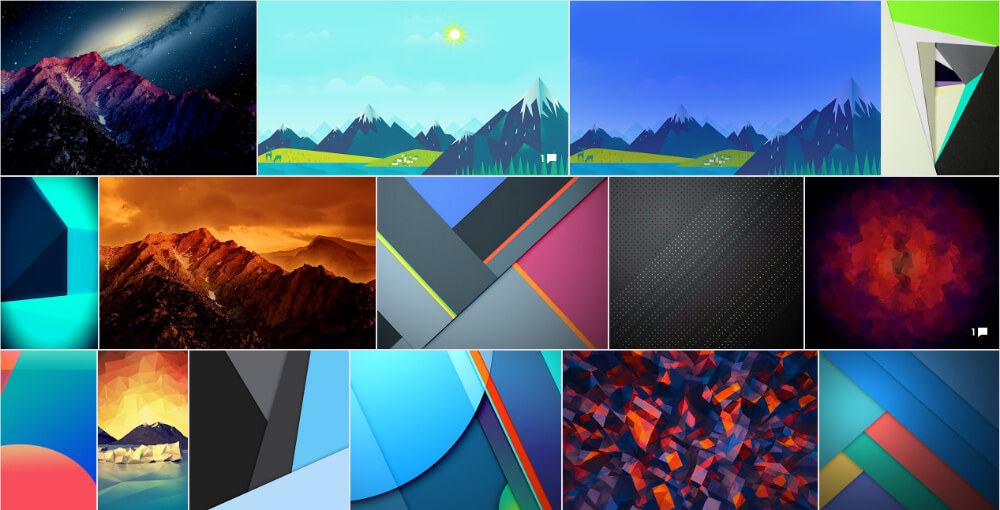
Google Material Design UI that was launched with Android 5.0 Lollipop changed the UI of the world's most popular operating system forever, taking it to the next level. Flat, colorful and clear. The best thing in Android is the the ability of customizing your device to the max, adding some lollipop-love to your Android device with Material Design wallpapers would change your device's look and feel.

Here's a HUGE Collection of 675 QHD 1440 x 2560 Material Design Wallpapers that will fit your smartphone's or tablet's display. Download them all from the Google+ folder below.
Download Material Design Wallpapers Pack [Google+ Photos]
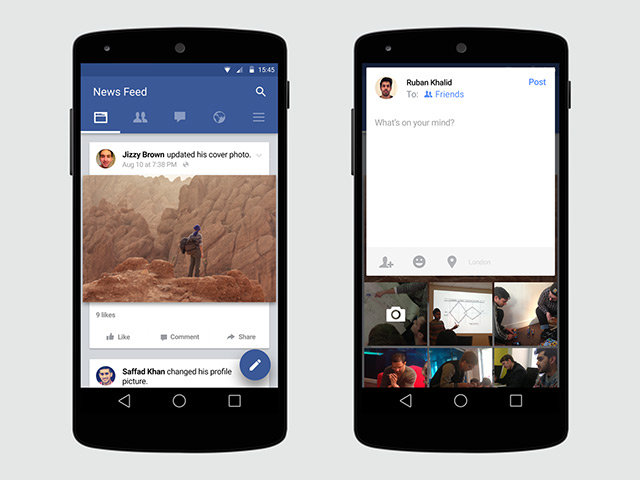
Facebook is currently testing the Material Design UI on its official Android App. Starting from version 28 and version 29, Facebook added few Material Design elements (Icons, Animation, floating action button, spinner... etc) in a way to enhance the overall look and feel of the App. we got some screenshots.

As you can see on the screenshots, a big blue floating action button is present. Once you tap that a few options show up, which were previously available to you through a floating blue bar at the bottom of the screen. This bundled the "Take a photo" and "Upload a photo" items together, while "Where I am" used to be known as "Check in". The old "Status" option from the floating bar is now replaced with "Write a post".
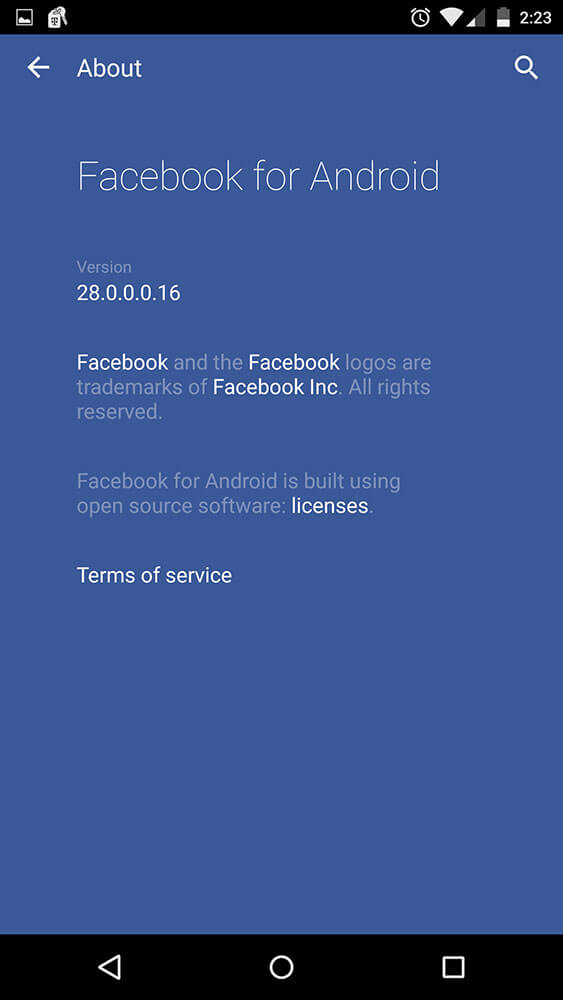
Facebook routinely tests many small improvements such as these, and sometimes they appear to some users and not to others because, more often than not, such things are switched on at the server level.

This new Material UI is probably a server-side change, so there's no APK you can download to enable it immediately. Still, if you participate in Facebook's beta testing program for Android, you may have a few more chances of getting lucky and seeing this new design. Anyway, here's the APK for Facebook v29.0.0.0.0 to download below and you might get lucky!

Facebook 29.0.0.0.0 [4.0+][APK]
Facebook 29.0.0.0.0 [5.0+][APK]
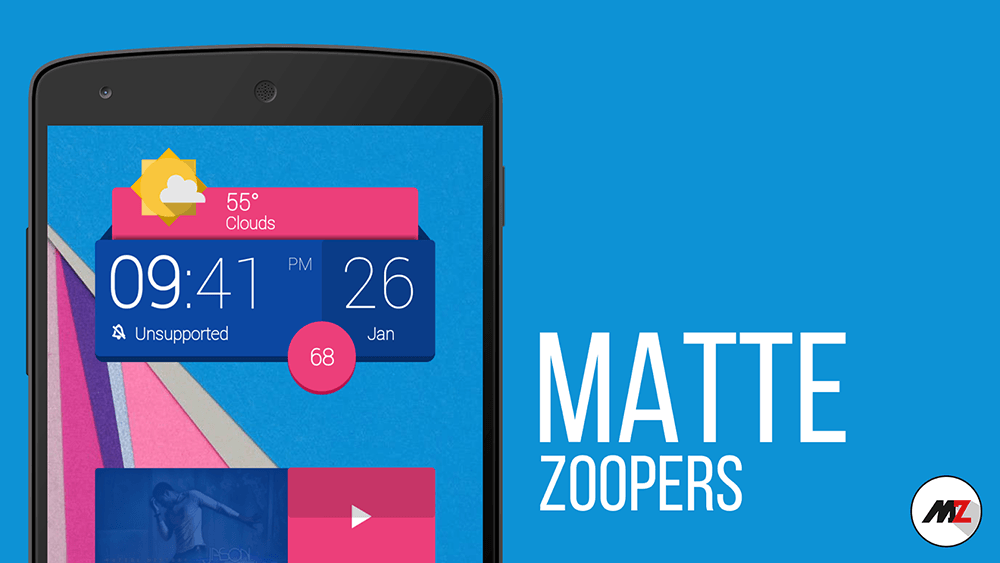
If you're a dedicated Android fan and not making full use of widgets, then you're therefore not using Android correctly. A Material Design wallpaper is not enough to make your Android smartphone look more Lollipop-ish, you'll need some Material Design widgets to go with it.
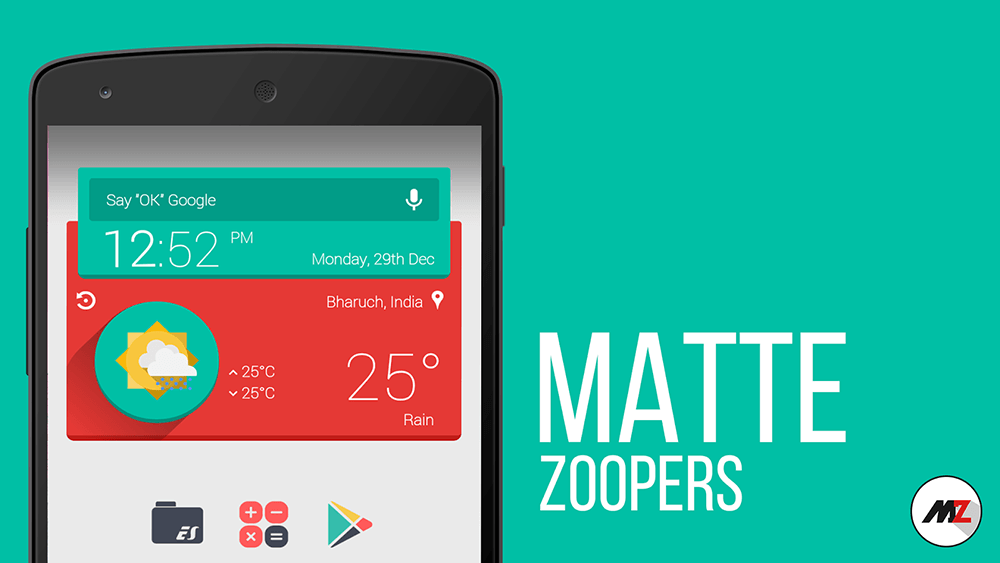
We here will show you a pack of some amazing Material Design widgets, the pack includes (Weather, Clock, Google search, Music and calendar) widgets with different material design and styles.
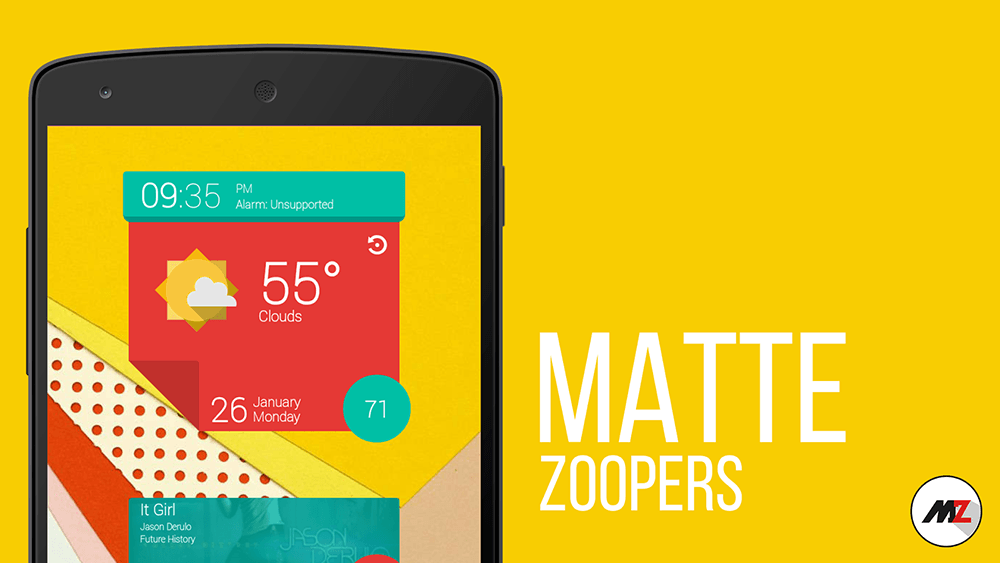
This Pack is called "Matte Zoopers" you can get it from Google Play Store for $1.14, but first you'll need to install the main Zooper widget App from the Play Store HERE. Enjoy it!
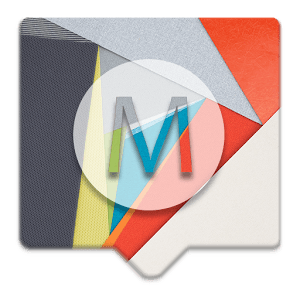

Facebook for Android is now being Updated every week with bug fixes and New features, You can Now try out the latest App version of Facebook For Android version 29.0.0.0.7 Alpha Build which support Android 5.0 Lollipop API 21. In this Version facebook uses more Material Design elements on the app, but the new design may not be available to everyone.

After downloading the latest Alpha build, Facebook suggests turning on automatic updates as it plans on updating the app a few times a week. Doing so will ensure you're always running the latest version. The APK files provided below is the official APK from Facebook ALPHA program and hasn't been modified. The App supports devices running Android 4.0 or later only.


Facebook for Android is now being Updated every week with bug fixes and New features, Facebook For Android has just hit version 30.0.0.0.0 Alpha Build.
In this New major version facebook uses more Material Design elements (like floating action buttons, reloading spinner.. etc) on the app with new notifications and updated Pages/Profiles.
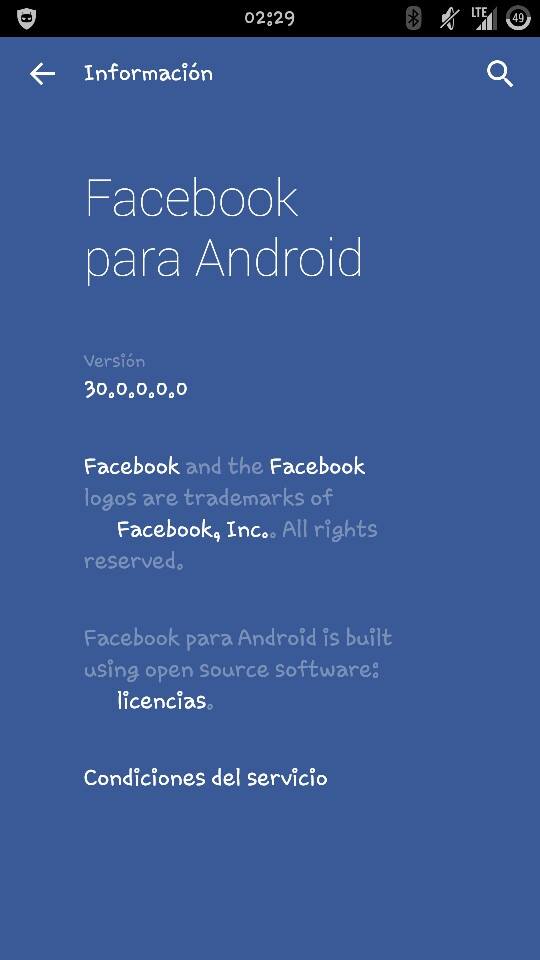

After downloading the latest Alpha build, Facebook suggests turning on automatic updates as it plans on updating the app a few times a week. Doing so will ensure you're always running the latest version. The APK files provided below is the official APK from Facebook ALPHA program and hasn't been modified. The App supports devices running Android 4.0 or later only.

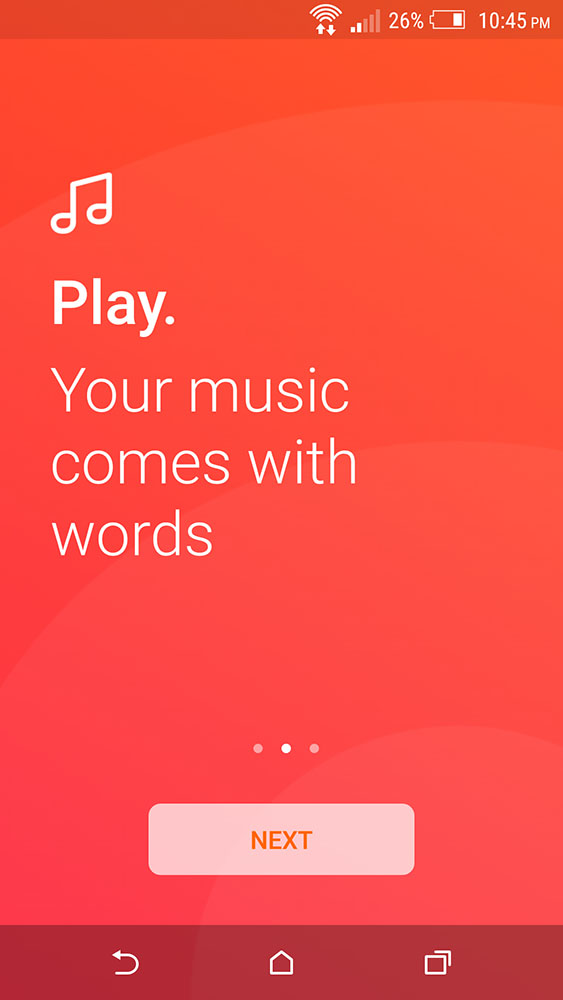
Are you looking for a New Music Player for your Android device ? is Material Design UI a MUST for you? Well, Musixmatch is the right choice for you, Musixmatch v5.0 BETA has just been released with Full Material Design.
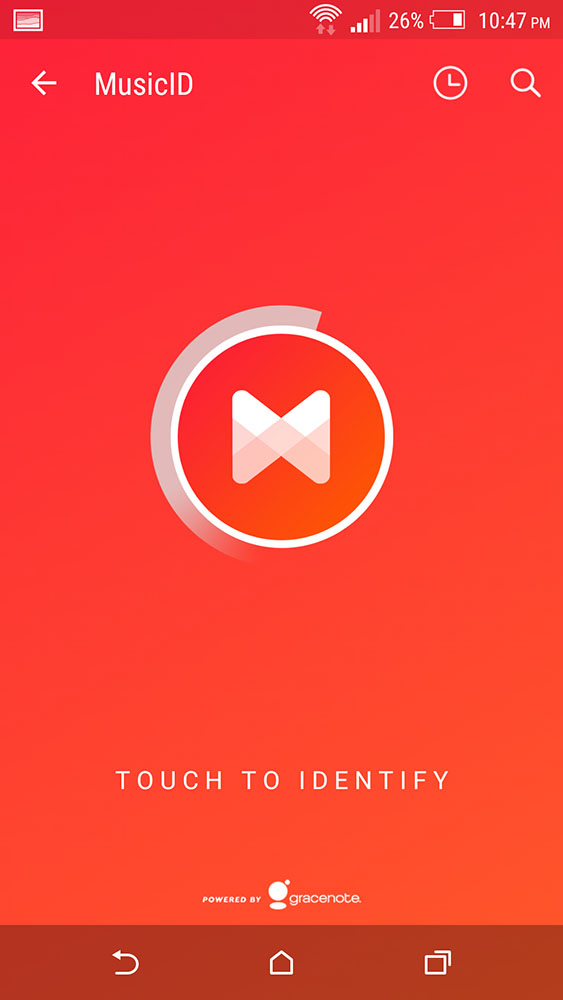
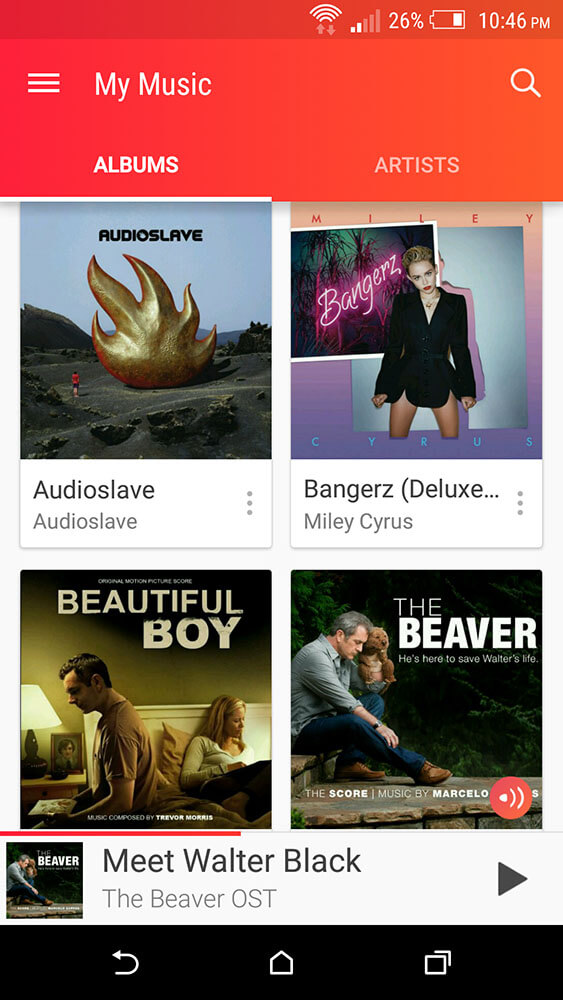
The Player also supports Music ID service that tells you what is the music currently playing, FloatingLyrics shows the lyrics of any song playing on your device. All this in one Free gorgeous App. Here's the full Musixmatch 5.0 Beta Change-log:
Brand new FloatingLyricsTM
- A revamped UI, simpler and more beautiful than ever
- Launch it directly from the notification tray and use the MusicID feature to recognize lyrics while watching YouTube music videos!
- More quick actions from the menu, such as favorite, search and MusicID
- Double tap on the header to maximize/minimize the floating window
Improved Add and Resync lyrics features
- You can finally add new lyrics from inside the app or from FloatingLyricsTM: no more redirects to the website! (Edit lyrics will follow soon)
- The Resync feature is now much faster, thanks to a native implementation
Brand new Search feature
- A new, smarter search: just type a song title or part of the lyrics, you will get all the results immediately, with a best match on top
- Search as you type, it will be even faster to look lyrics up
- Added option to quickly start MusicID to identify lyrics
Various
- You can now edit more fields using the "Edit song info" feature, such as track number, disc number and year
- Boatloads of bug fixes and performance improvements
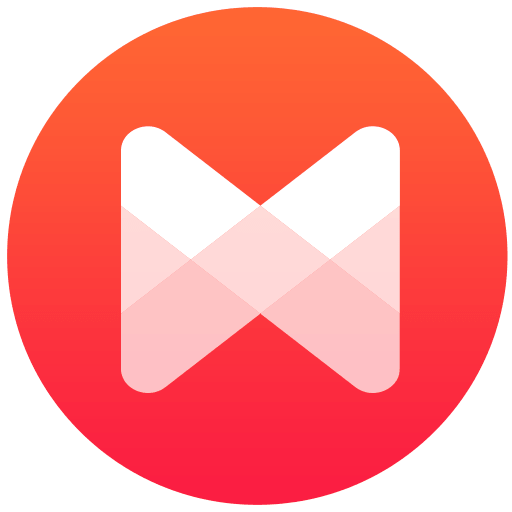
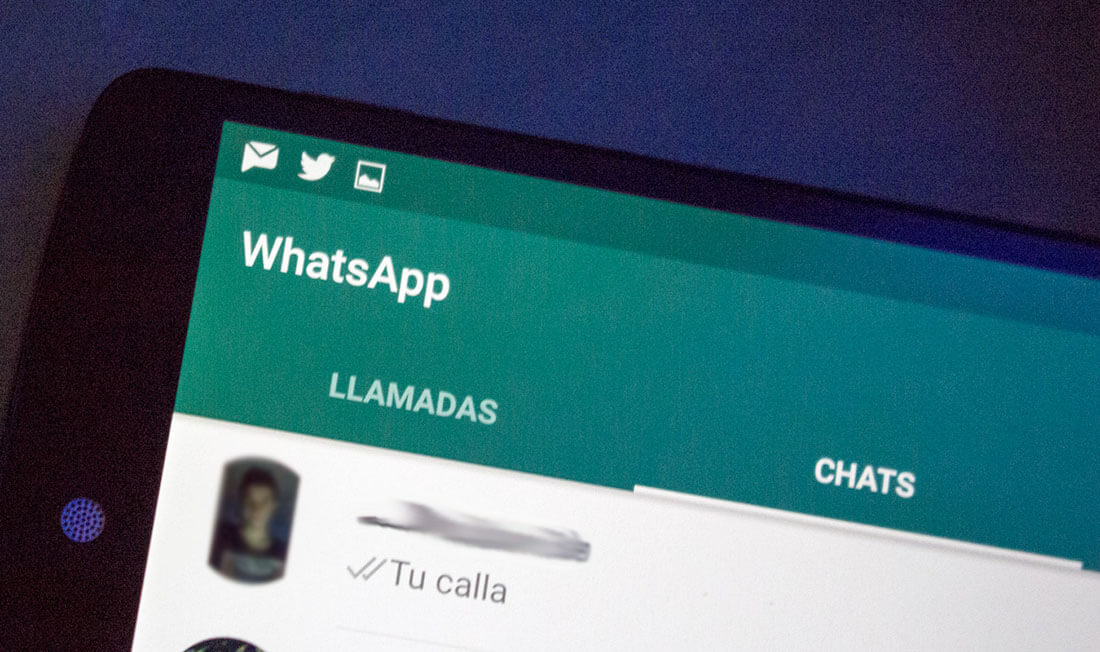
The latest WhatsApp version 2.12.44 for Android packs Material Design UI and lots of cool animation to follow Google's Latest UI Guidelines.
.jpg)
WhatsApp did a really good job here. Functionally, nothing is different so you don't have to re-teach your parents or tech-challenged friends how to use the app or find a certain option. It's pretty in all the right ways that Material is, but not overbearing, with delightful animations.
From the transparent status bar, to the menu bar that expands and collapses when you scroll down, to the new iconography, there are lots of changes to take in, so let's look around.
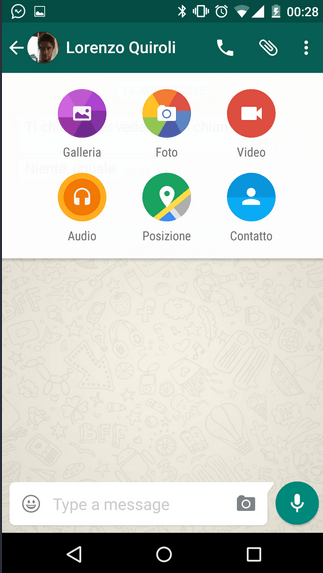
You can Download the New WhatsApp 2.12.44 Official APK below, if you don't want to wait until the update reaches your Android device via Google Play Store.


The latest WhatsApp version 2.12.58 for Android packs even more Material Design UI and Animation to follow Google's Latest UI Guidelines.
.jpg)
WhatsApp did a really good job here. Functionally, nothing is different so you don't have to re-teach your parents or tech-challenged friends how to use the app or find a certain option. It's pretty in all the right ways that Material is, but not overbearing, with delightful animations.
From the transparent status bar, to the menu bar that expands and collapses when you scroll down, to the new iconography, there are lots of changes to take in, so let's look around.

You can Download the New WhatsApp 2.12.58 Official APK below, if you don't want to wait until the update reaches your Android device via Google Play Store.


The latest WhatsApp version 2.12.71 for Android packs even more Material Design UI to follow Google's Latest UI Guidelines and various bug fixes too.
.jpg)
WhatsApp did a really good job here. Functionally, nothing is different so you don't have to re-teach your parents or tech-challenged friends how to use the app or find a certain option. It's pretty in all the right ways that Material is, but not overbearing, with delightful animations.
From the transparent status bar, to the menu bar that expands and collapses when you scroll down, to the new iconography, there are lots of changes to take in, so let's look around.

You can Download the New WhatsApp 2.12.71 Official APK below, if you don't want to wait until the update reaches your Android device via Google Play Store.


WhatsApp updated the design of the Android version of its app to Material Design but it was limited to the APK downloaded from their website, while the Play Store version was still rocking the old Holo UI from the yesteryears.
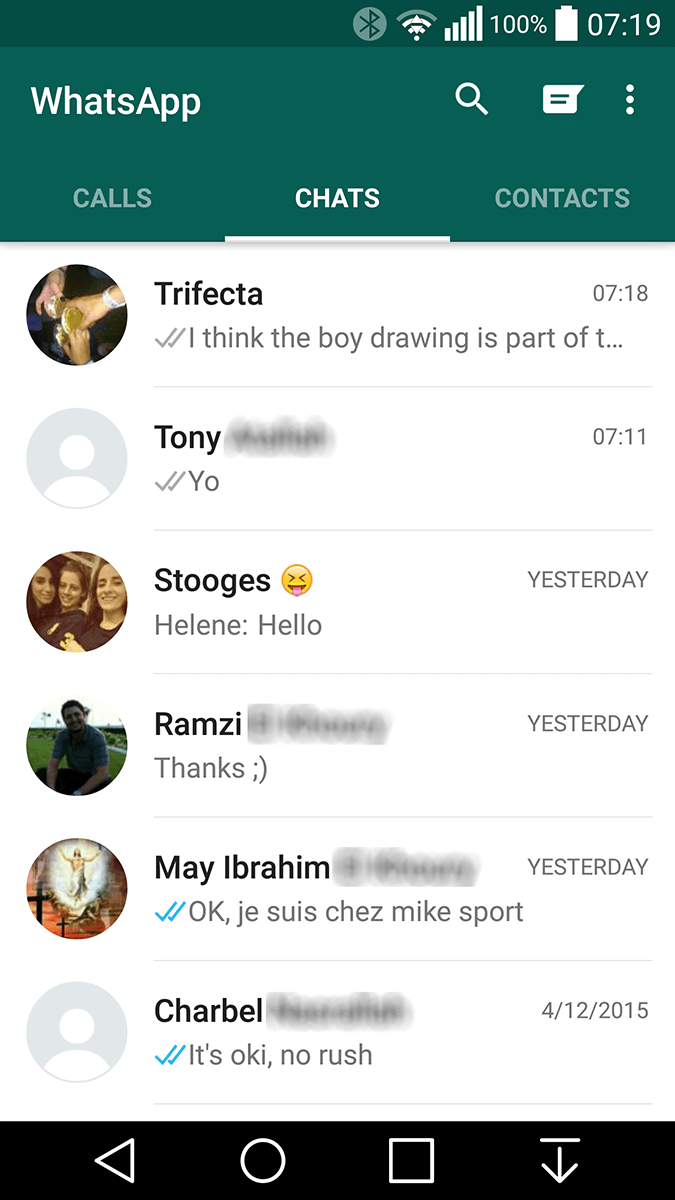
After a month of releasing the Material Design update on the site, the Play Store version has finally caught up. If you choose to stick to the Play Store version then you should update immediately.
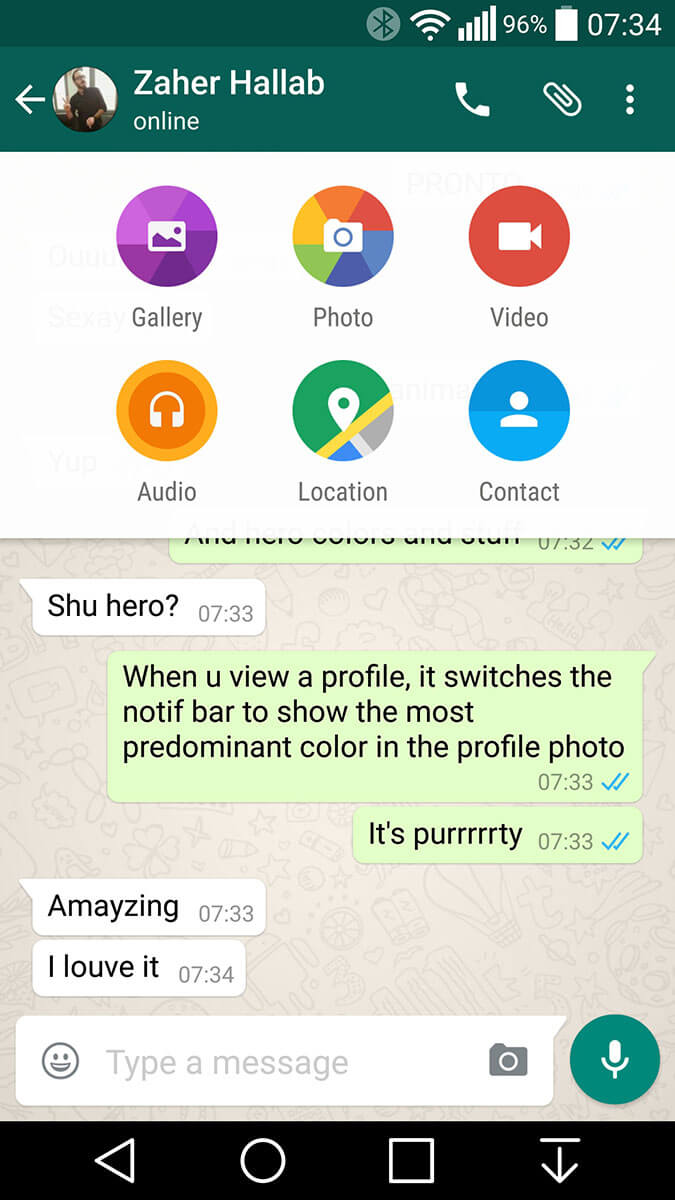
The design only loosely adheres to the Material Design guidelines so MD purists will likely scoff at it but it still looks a hell of a lot better than the previous Holo design, and is just nicer overall.

WhatsApp Material Design [APK]
WhatsApp Material Design [Play]

File Explorers are a very Important Apps, one of the first thing you install when you buy a New Phone or right after a factory reset. Solid Explorer has long been one of the most popular file managers on Android because of its slick dual-pane UI and extensive feature list. It's time for an update...

Solid Explorer 2.0 BETA looks completely amazing because it includes Full Material Design UI. It has all of the Lollipop animations we've come to expect, along with a proper full-height navigation menu, floating action button, and colored status bar. The default blue/orange UI can be changed to whatever you like in the settings. You even get animated thumbnails for video. That's cool, but I could see it ending up a little annoying long-term. The app looks great, but I'm not sure about the icon.

You can Try Solid Explorer 2.0 BETA on your Android device now, by joining its Google+ Community HERE then head to the Play Store link to Become a Tester HERE Or download the official APK below.

Solid Explorer 2.0 BETA [Play]

The latest WhatsApp version 2.12.138 for Android packs even more Material Design UI to follow Google's Latest UI Guidelines and various bug fixes too.
.jpg)
WhatsApp did a really good job here. Functionally, nothing is different so you don't have to re-teach your parents or tech-challenged friends how to use the app or find a certain option. It's pretty in all the right ways that Material is, but not overbearing, with delightful animations.
From the transparent status bar, to the menu bar that expands and collapses when you scroll down, to the new iconography, there are lots of changes to take in, so let's look around.

You can Download the New WhatsApp 2.12.138 Official APK below, if you don't want to wait until the update reaches your Android device via Google Play Store.


File Explorers are a very Important Apps, one of the first thing you install when you buy a New Phone or right after a factory reset. Solid Explorer 2.0 is now Stable, featured a slick dual-pane drawer, Material Design UI and an extensive features list.

Solid Explorer 2.0.2 looks completely amazing because it includes Full Material Design UI. It has all of the Lollipop animations we've come to expect, along with a proper full-height navigation menu, floating action button, and colored status bar. The default blue/orange UI can be changed to whatever you like in the settings. You even get animated thumbnails for video. That's cool, but I could see it ending up a little annoying long-term.
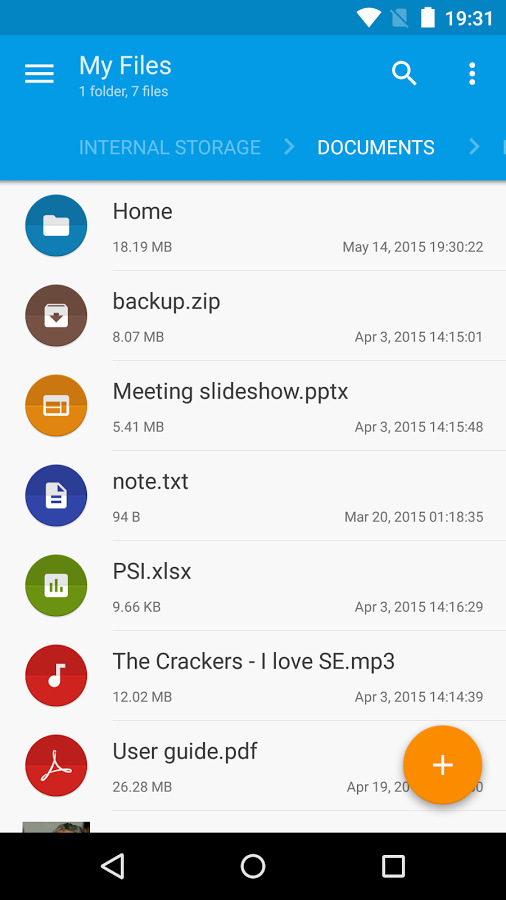
You can Get Solid Explorer 2.0.2 and it's Paid and Free Plug-ins on your Android device now by downloading the official APK below.


File Explorers are a very Important Apps, one of the first thing you install when you buy a New Phone or right after a factory reset. Solid Explorer 2.0 is now Stable, featured a slick dual-pane drawer, Material Design UI and an extensive features list.

Solid Explorer 2.0.5 looks completely amazing because it includes Full Material Design UI and various bug fixes. It has all of the Lollipop animations we've come to expect, along with a proper full-height navigation menu, floating action button, and colored status bar. The default blue/orange UI can be changed to whatever you like in the settings. You even get animated thumbnails for video. That's cool, but I could see it ending up a little annoying long-term.

Solid Explorer 2.0.5 Change-log:
- fixed inability to create settings backups
- improved write performance on external SD cards
- improved OTG compatibility
- fixed inabilitty to play web content in SE Music Player
- minor bug fixes
- crash fixes
You can get Solid Explorer 2.0.5 on your Android device now by downloading the official APK or via Google Play store link below.


File Explorers are a very Important Apps, one of the first thing you install when you buy a New Phone or right after a factory reset. Solid Explorer 2.0 is now Stable, featured a slick dual-pane drawer, Material Design UI and an extensive features list.

Solid Explorer 2.0.6 looks completely amazing because it includes Full Material Design UI and various bug fixes. It has all of the Lollipop animations we've come to expect, along with a proper full-height navigation menu, floating action button, and colored status bar. The default blue/orange UI can be changed to whatever you like in the settings. You even get animated thumbnails for video. That's cool, but I could see it ending up a little annoying long-term.

Solid Explorer 2.0.6 Change-log:
- fixed FTP and SFTP client bugs
- fixed inability to archive large amounts of files
- minor bug fixes
You can get Solid Explorer 2.0.6 on your Android device now by downloading the official APK or via Google Play store link below.


File Explorers are a very Important Apps, one of the first thing you install when you buy a New Phone or right after a factory reset. Solid Explorer 2.0 is now Stable, featured a slick dual-pane drawer, Material Design UI and an extensive features list.

Solid Explorer 2.0.7 looks completely amazing because it includes Full Material Design UI and various bug fixes. It has all of the Lollipop animations we've come to expect, along with a proper full-height navigation menu, floating action button, and colored status bar. The default blue/orange UI can be changed to whatever you like in the settings. You even get animated thumbnails for video. That's cool, but I could see it ending up a little annoying long-term.

Solid Explorer 2.0.7 Change-log:
- fixed slow SFTP download
- fixed content streaming from SFTP servers
- fixed inability to go up from home directory in FTP client
- temporary files edited in third party apps are now saved back to its original location
- crash fixes
- minor bug fixes
You can get Solid Explorer 2.0.7 on your Android device now by downloading the official APK or via Google Play store link below.


Are you looking for a New Music Player for your Android device ? is Material Design UI a MUST for you? Well, Musixmatch is the right choice for you, Musixmatch version 5.1 BETA has just been released with Full Material Design.


The Player also supports Music ID service that tells you what is the music currently playing, FloatingLyrics shows the lyrics of any song playing on your device. All this in one Free gorgeous App.
Here's the Full Musixmatch 5.1 Beta Change-log:
*Home screen is here!*
We're introducing a faster way to let you enjoy the best of Musixmatch with a single tap.
- Instantly identify music playing around you with MusicID
- See a selection of your most played tracks
- Enjoy the top songs of the moment
- Quick access to searching for your favorite songs and artists
*Lyrics cards*
Get ready to share your favorite lyrics quotes to the world!
- Tap "Share card" from the lyrics menu, customize the look and feel and share it on your favorite social network
- Tip: you can also long-press the lyrics lines and tap the "Share card" icon from the context menu
*YouTube videos are back*
Enjoy videos with synced lyrics for your favorite songs
*New launch screen*
Now displaying the Musixmatch logo while the app is starting up


The latest WhatsApp version 2.12.183 for Android packs even more Material Design UI to follow Google's Latest UI Guidelines and various bug fixes too.
.jpg)
WhatsApp did a really good job here. Functionally, nothing is different so you don't have to re-teach your parents or tech-challenged friends how to use the app or find a certain option. It's pretty in all the right ways that Material is, but not overbearing, with delightful animations.
From the transparent status bar, to the menu bar that expands and collapses when you scroll down, to the new iconography, there are lots of changes to take in, so let's look around.

You can Download the New WhatsApp 2.12.183 Official APK below, if you don't want to wait until the update reaches your Android device via Google Play Store.


Are you looking for a New Music Player for your Android device ? is Material Design UI a MUST for you? Well, Musixmatch is the right choice for you, Musixmatch version 5.1 BETA 4 has just been released with Full Material Design.


The Player also supports Music ID service that tells you what is the music currently playing, FloatingLyrics shows the lyrics of any song playing on your device. All this in one Free gorgeous App.
Here's the Full Musixmatch 5.1 Beta 4 Change-log:
★ Enhanced look and feel with Material Design elements, delightful transitions, bolder colors and improved typography
★ Improved and more powerful FloatingLyricsTM, now even more immersive and easy to use
★ Ability to add and edit lyrics directly from the app
★ Searching lyrics is now faster and smarter
★ Updated Android Wear integration, with playback controls and immediate lyrics visualization


Google Keep has just been update to version 3.2 which packs an improved Material Design UI and some other minor performance improvements and features to the to-do list app.
There's also a New search interface that allows users to search by type of note, or by color. The navigation drawer has also been updated with material in mind and comes very close to matching guidelines.

Also of note is a new "snackbar" to allow for quick undo actions when notes are archived. Of course Keep also gets a tinted status bar to complement it's eye-pleasing yellow brand color.
Google Keep 3.2 Change-log :
- Revamped experience for setting location reminders
- Bug fixes and performance improvements
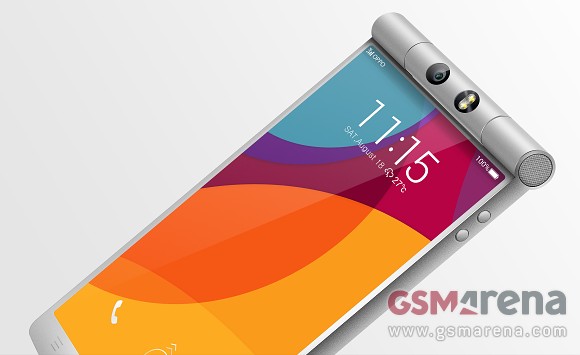
Oppo is reported to release the Oppo N2 successor before 2015, Today, We got some press rendered images of the upcoming Oppo N3 from GSM arena, please note the the photos may be just fake. As you can see, a very weird design from Oppo with large display and roll-camera.
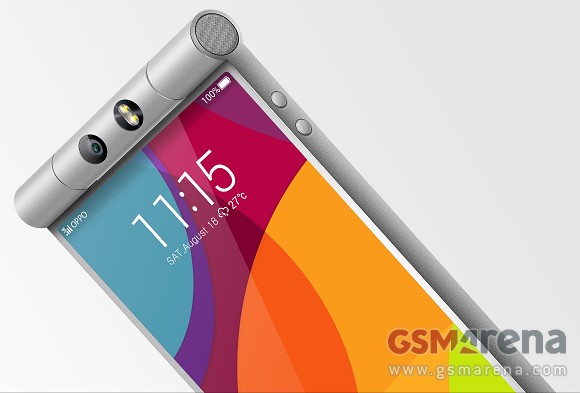
These photos show a phone that's impressively thin, save for a bulbous circular section above the screen that houses the rotating camera and dual flash module along with a speaker on the side, possibly twinned on the opposite side for stereo.
Beneath the screen you can just barely see Oppo's usual capacitive navigation buttons. The body looks like aluminum, but that could just be the matte grey coloring.
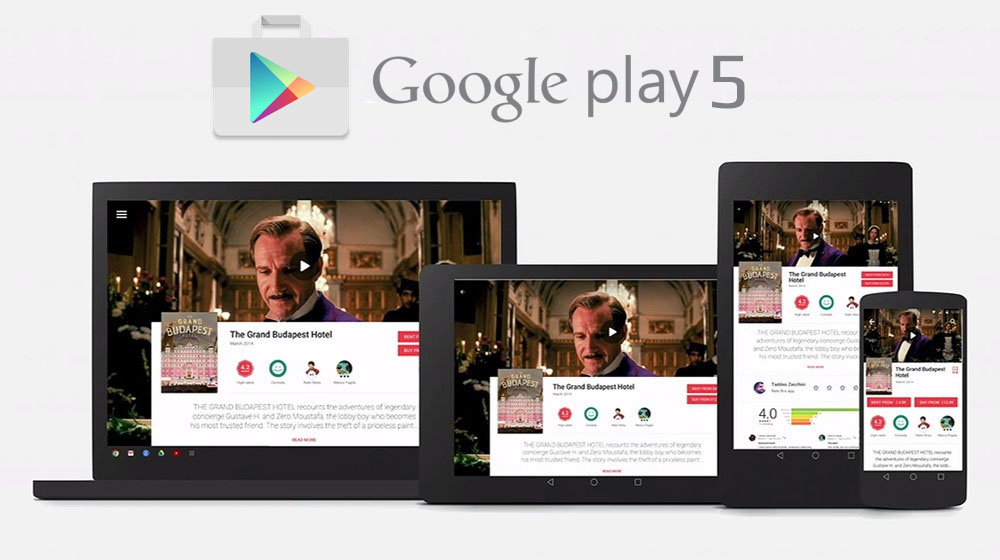
Google Play Store App has just been update to version 5.0.31 with Full Material Design UI, this update prepares the App for the Android L official launch. There is no official change-log for this update but we noticed some major changes in the UI of the App.
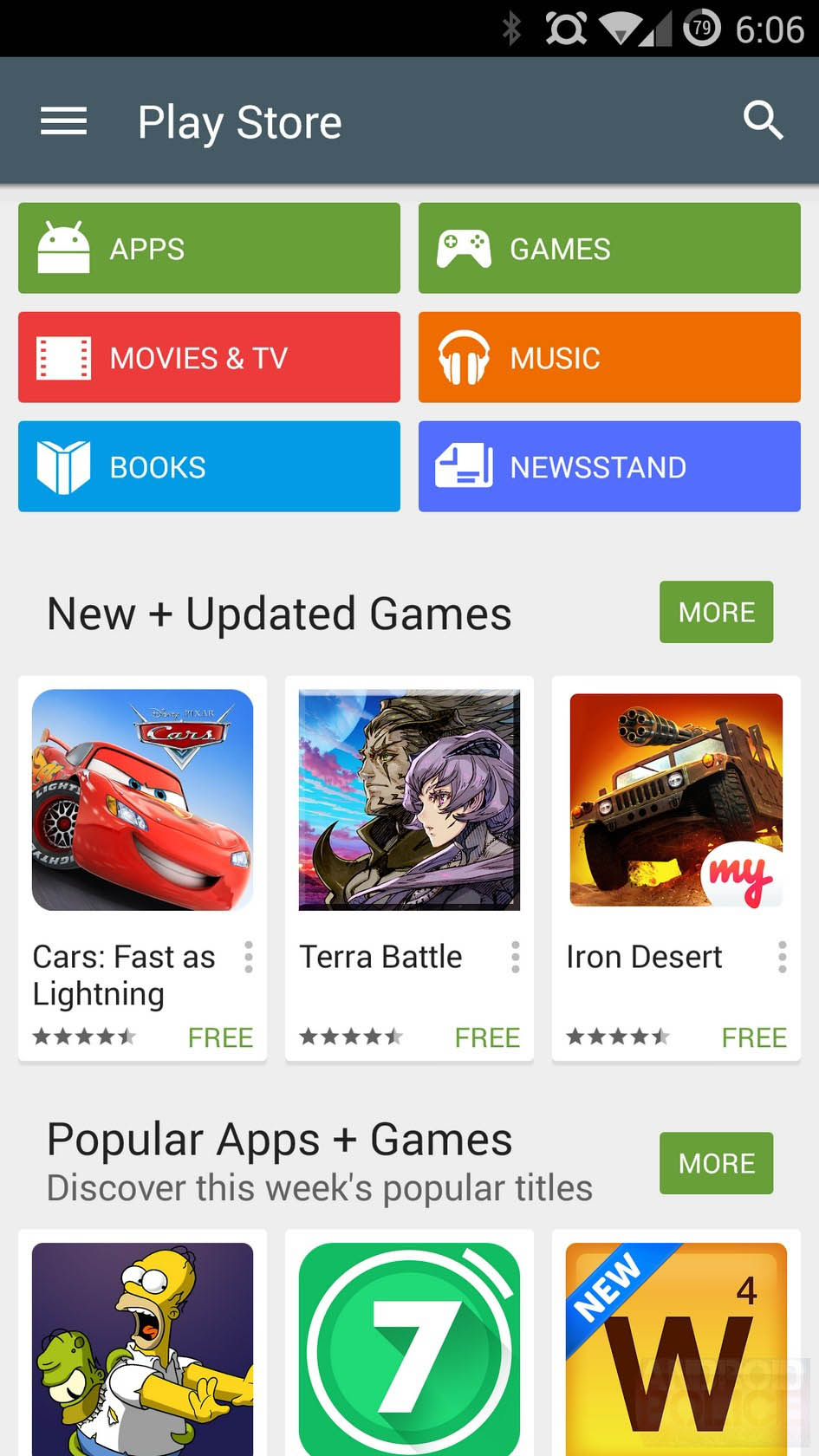
In Google Play 5.0.31, the App has adopted a New revised laucnher icon with a cleaned up icon that fits the new theme. You'll also notice new notification icons while updating or installing an App, It's more flat and clear than previous versions.
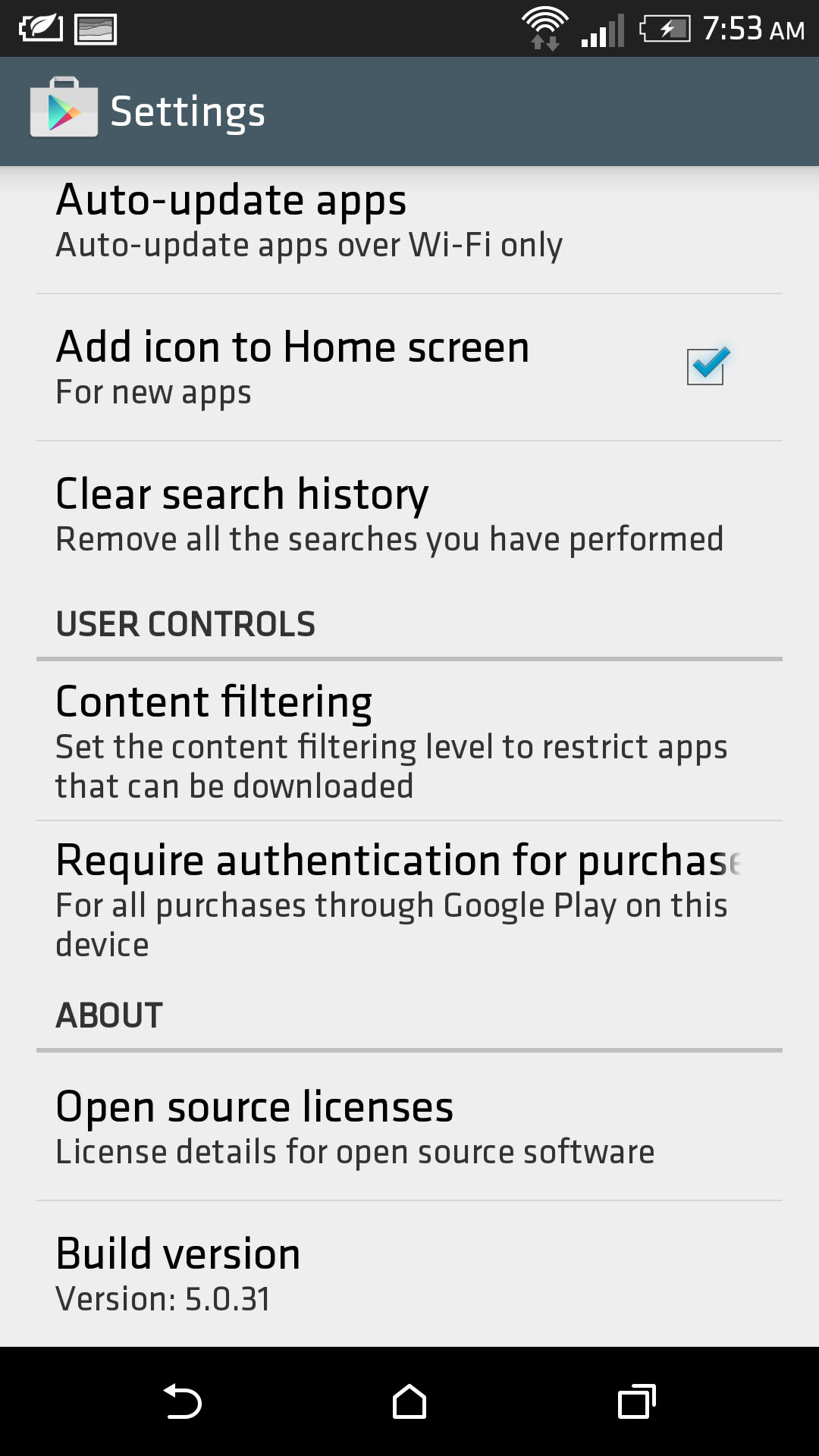
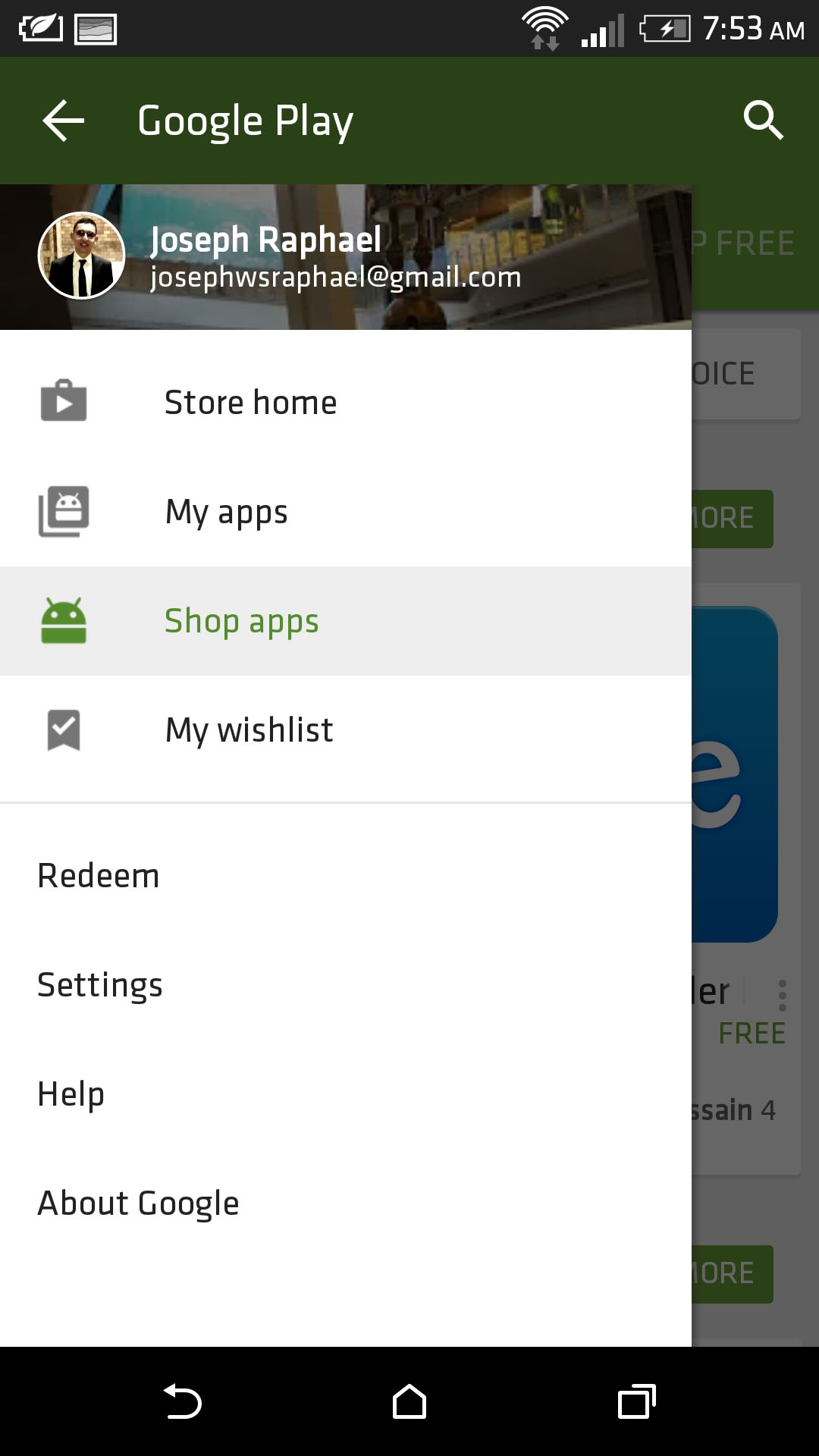
The What's New section in any App is now highlighted green, and while it's still truncated after 4 lines on the main app screen. The Feature Graphic became a part of every App on the Play Store and the developer has to submit one in order to update his App. Check out our App on the Play Store.
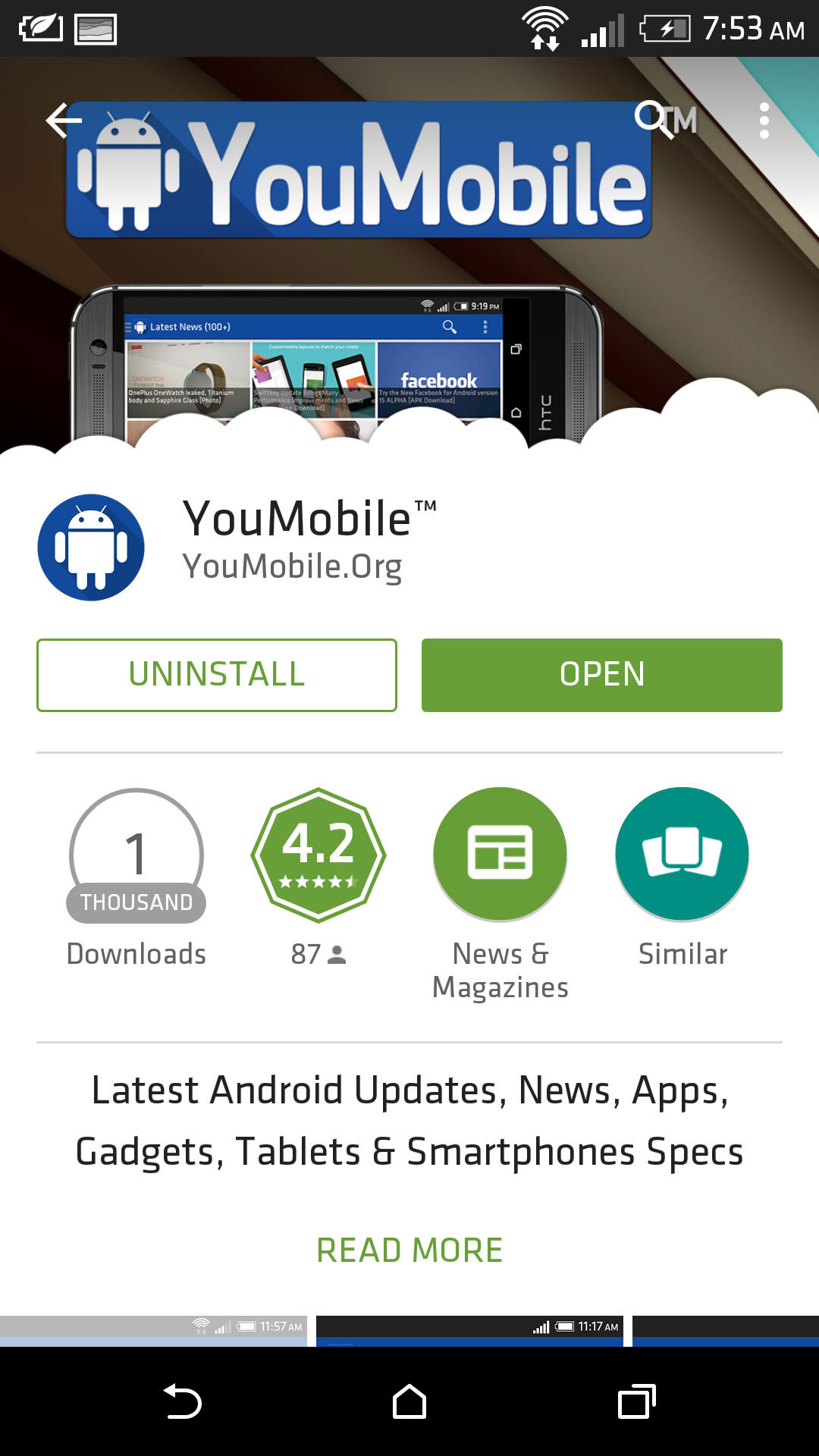
To get the Play Store App v5.0.31, you can download the Official APK from the direct link Below. This APK has not been modified by any means and it's 100% safe to install. Enjoy!

Google Play Store App has just been update to version 5.0.32 with Full Material Design UI, this update prepares the App for the Android L official launch. There is no official change-log for this update but we noticed some major changes in the UI of the App.

In Google Play 5.0.32, the App has adopted a New revised laucnher icon with a cleaned up icon that fits the new theme. You'll also notice new notification icons while updating or installing an App, It's more flat and clear than previous versions.

The What's New section in any App is now highlighted green, and while it's still truncated after 4 lines on the main app screen. The Feature Graphic became a part of every App on the Play Store and the developer has to submit one in order to update his App. Check out our App on the Play Store.

To get the Play Store App v5.0.32, you can download the Official APK from the direct link Below. This APK has not been modified by any means and it's 100% safe to install. Enjoy!
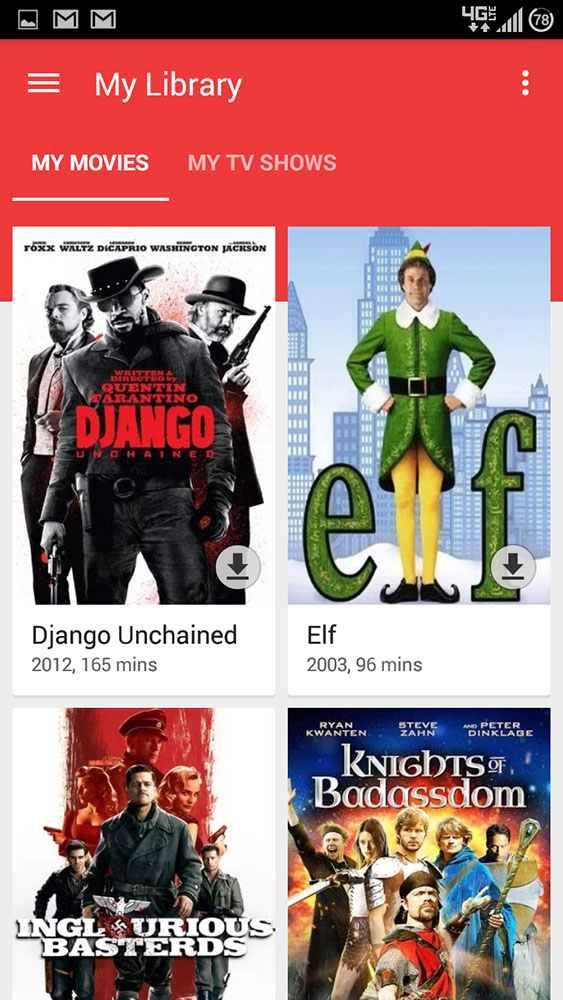
Google Play Movies App has been updated to version 3.4.23 and like many other Google apps being updated in preparation for Android 5.0, Movies now has a fancy-schmancy Material Design logo. The old logo had a subtle Play Store-themed background, but version 3.4.23 uses the same slightly "folded" look we've seen from other updated apps.

In addition to new Material Design standards all over the app, Google Play Movies & TV has some special additions just for Chromecast users. Now when casting a video to your TV, your phone or tablet acts as a second screen info display, showing the actors on screen at the moment above the progress bar and playback controls.
Download the Play Movies App official APK from the link below.
Google Play Movies 3.4.23 [APK]
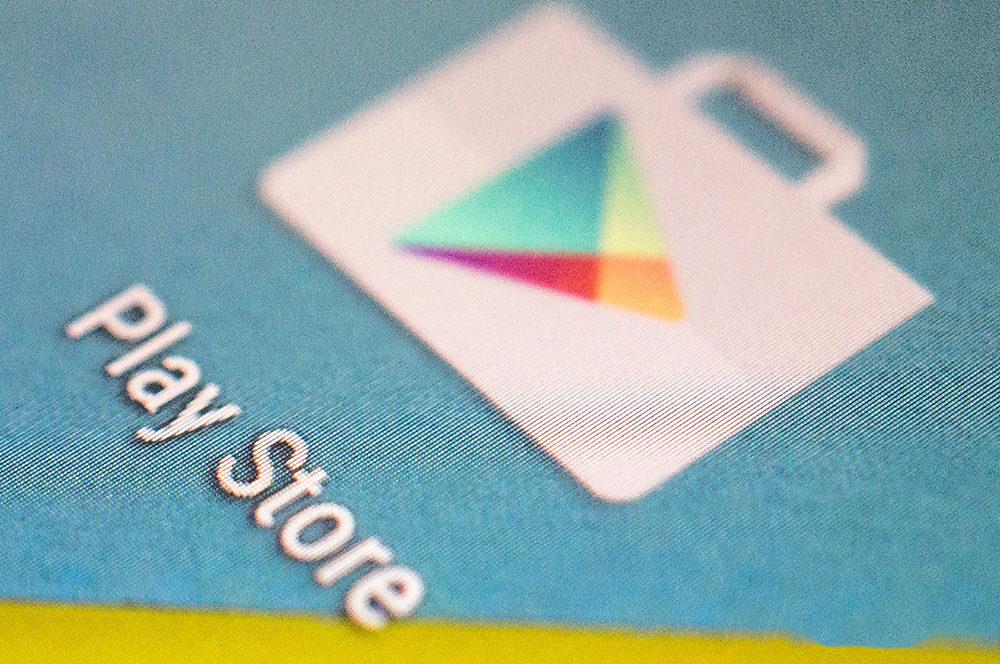
It's been a while since Google last decided to dust off the desktop web version of its Play Store repository, but from the looks of it, a new refreshment of the interface is imminent. Several sources claim that Google is currently testing a new layout for the Play Store.
Currently, as you most likely know, when you open the page of a given app, the Play Store suggests some similar ones all the way at the bottom of the page, which is not quite intuitive and user-friendly. Check the leaked Screenshot below.
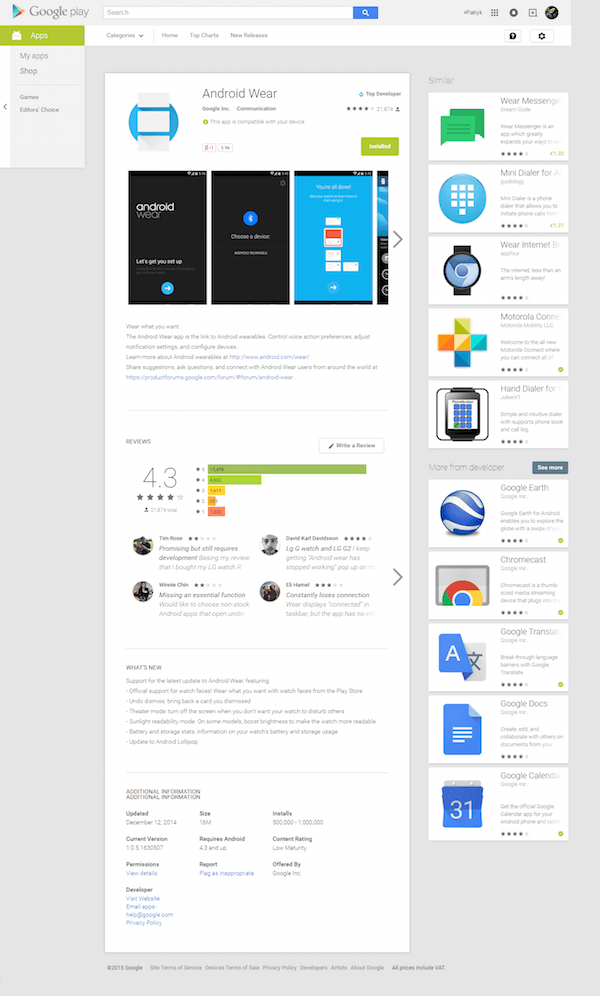
Google seems to be aware of this according to a leaked screenshot of a test layout for the Play Store, Mountain View might be poised to bring the similar app suggestions to the right side of the screen, in a dedicated sidebar. Other apps from the same developer are also being shown.

Google has just Updated its Play Store App to v5.3.6 with some new UI features and under-the-hood enhancements. The update is Now Rolling-out to all Android users.
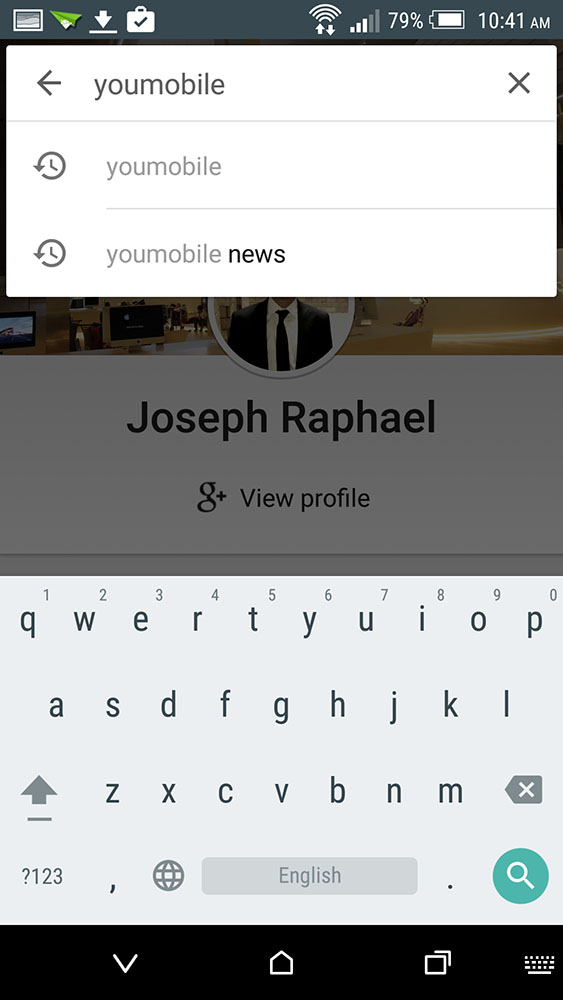
One of the visual changes of this update, that it's now automatically hides action bars as users scroll down the page. The Search bar has been updated to fill the entire upper bar with a new Animation. Of course, as soon as the page is scrolled up even a little bit, the action bar pops back into view, just like so many other apps in Google's lineup.
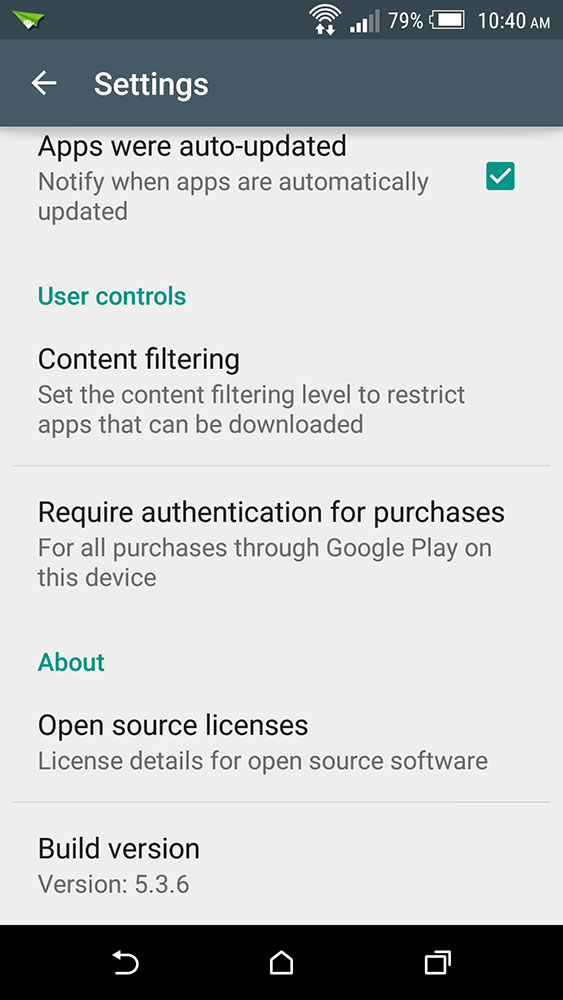
Finally, Google has added a shortcut to make it as easy as possible to update apps. After a quick teardown, I came across a couple of strings for a notification button that will give one-tap access to update any outdated apps on your device. It's possible this isn't live yet, but it seems like it should be. I haven't had the new version installed long enough for an update notification to appear, but it looks like it will just contain a single button that either reads "Update" or "Update all," depending on the quantity of apps that are awaiting new versions.
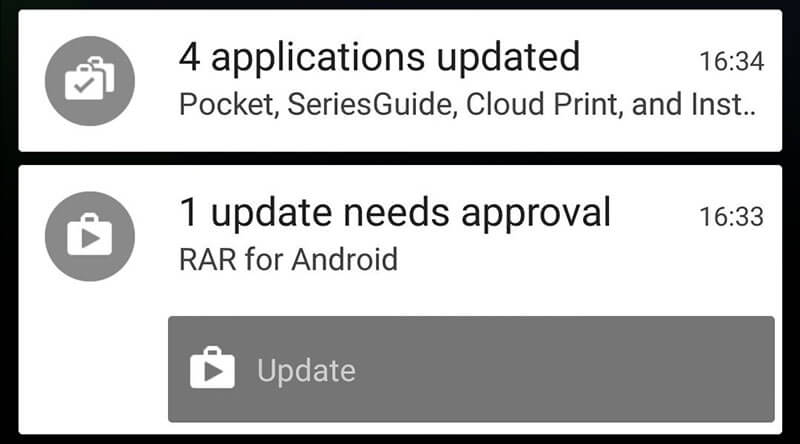
What's New in Google Play 5.3.6:
- New Search Bar.
- Updated Settings with more options and Notification section.
- "Update All" button added to Notification.
- Various Bug fixes.
To get the google Play Store App version 5.3.6, you can Download the Official APK from the direct link Below. This APK has not been modified by any means and it's 100% safe to install. Enjoy!

It seems like almost everything can be found online nowadays; the proliferation of technological expertise has seen the expansion of online capabilities, and with this, the ability of what we can do at the touch of a fingertip has grown massively.
A lot of this has been due to the expansion of online gaming, making the design of sites necessary to get right. The best payout online casino sites are played for a reason - to make money - but some users are put off by uninviting and clunky sites.
Mobile gaming, by 2021, is estimated to generate the greatest proportion of total gaming revenue worldwide - it therefore cannot be underestimated how essential it is to succeed with your online website design.
Obviously too, when people are outside of their house, checking a website or doing a bit of online gambling on NZ sports betting sites for example can be done via mobile, making how companies design their online mobile website imperative to increasing interest and thus sales. Here's why it's important to get your mobile design right in 2020.
Responsive design trend
Mobile traffic is currently hitting heights that more traditional desktop traffic can only dream of getting to. Last year, mobile traffic made up 52% of all web traffic and 63% of all mobile phone users accessed the Internet through their mobile for the most part by last year's end, especially through gaming as the likes of online casino sites continue to adapt and expand to new demands.
As a result, it has perhaps never been more appropriate than to latch on to the responsive design trends that tend to be leading the way. This is especially true when considering that Google has altered its algorithm to reward those sites that are optimized for mobile.
Simplicity and interest
"What does that company offer?" someone calls. "Hold on, let me search it," says another. Technology has ensured that queries can be answered at the drop of a hat.
But, if when searching for a website you are met with a complicated mess of unclear navigation and slow-loading pages, then those types of deficiencies are unlikely to get you any supporters or customers.
With the internet taking over the vast majority of peoples' lives as ecommerce engenders its influence over tens of millions of consumers, ensuring that readers can access information they want to acquire as easily as possible, is essential.
For the most part, it's about giving those online shoppers what they desire with regards to user experience and interface. Effectively, the quicker and easier to get your hands on something, the better.
Take Starbucks for example. A simplistic colour design with just three menu options provides a not so overwhelming home page where would-be customers can navigate - and thus plan to buy - with ease.
With mobile search growing at more than ten times that of a desktop, being a mobile ready site is a necessity or your business could lose up to a third of their traffic.
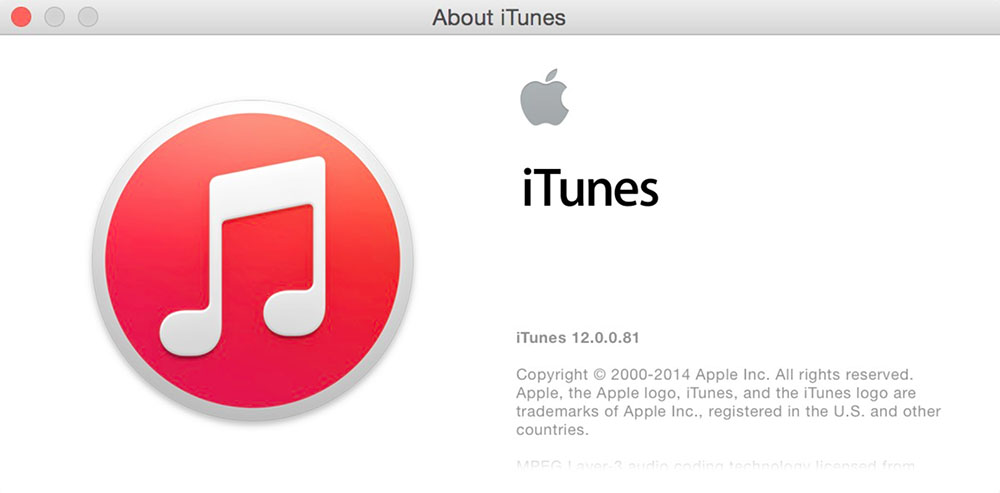
Today, Apple has released a new public beta for the OS X Yosemite with a new iTunes version and quite a few changes.
The Yosemite OS X public beta 2 is essentially the same as the developer preview 6 that was released earlier this week. It has several design changes, including new iconography throughout the UI (nothing you saw until now was finalized and things keep changing in the betas), new wallpapers, and some other bug fixes and general improvements.

Along with pushing the beta 2, Apple also released iTunes 12 for Yosemite. The new app has a redesigned UI that looks more flattened version of the iTunes on Mavericks and more like a new app.
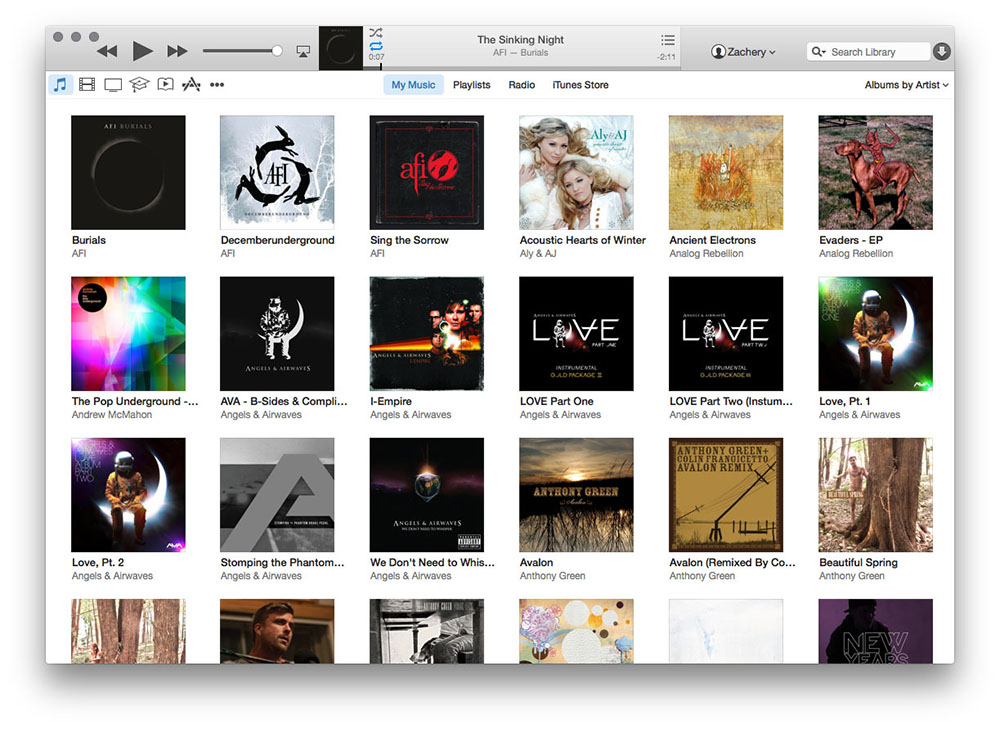
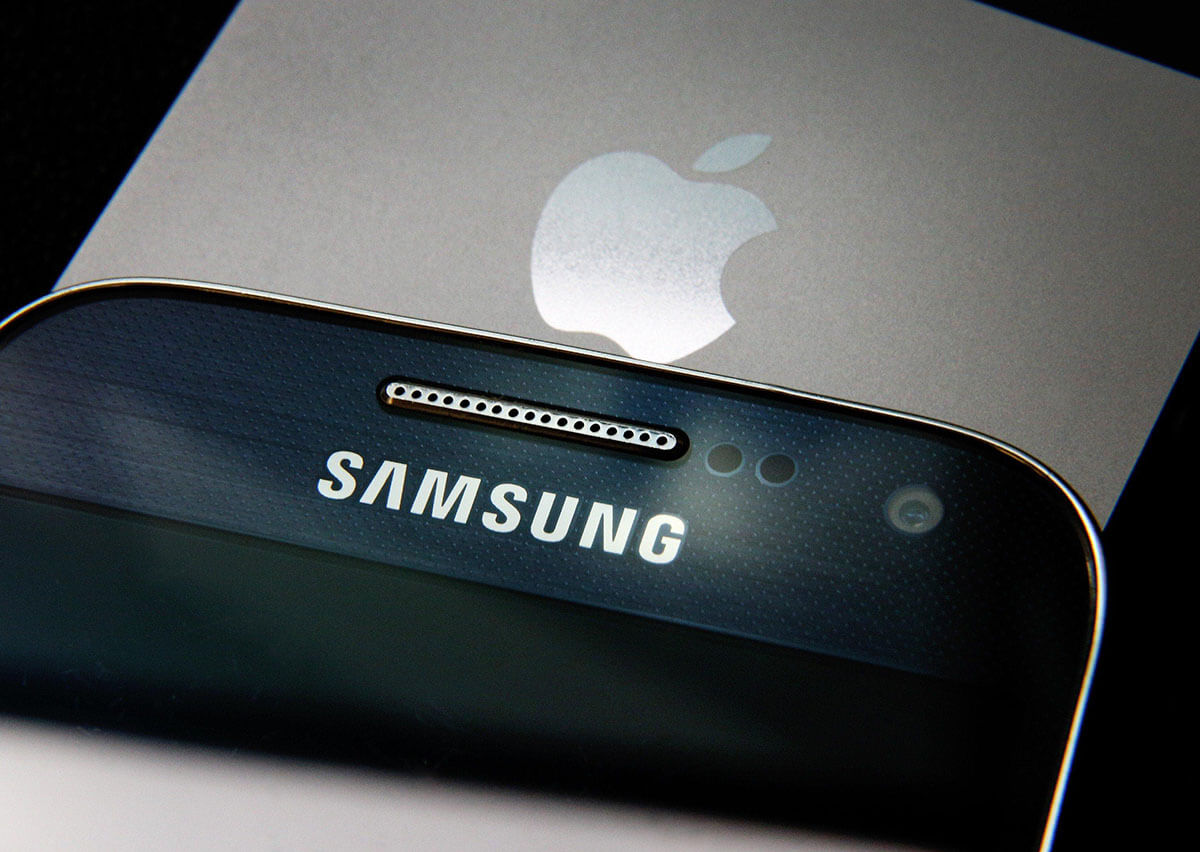
They are Markets enemies but two of the biggest tech companies in the World, Apple and Samsung. Today, Bloomberg reports that the Korean giant Samsung has put together a team of 200 employee working on designing Apple display panels. This new Samsung team is reported to be formed since April 1st, and is said to be prohibited from discussing Apple business details with any external sources, including Samsung's other teams.
Although Samsung and Apple are direct competitors in multiple markets such as smartphones, tablets, even smartwatches, and the companies have been engaged in a fierce legal battle over the past couple of years, the two tech giants have a long history of collaboration. Samsung started manufacturing various components, mainly display panels, chipsets, and flash memory modules for Apple's iPhone and iPad line-ups starting with the iPhone 4 back in 2010.
The new Samsung team is interpreted by Bloomberg analysts as a sign that the relationship between Apple and Samsung has improved, especially after the two companies dropped their court battles outside of the US.

Changing Power buttons are a reflection of design trends in modern technology. When smartphones first came almost a decade ago, nearly every phone had a power button the top of the device. As screen sizes become bigger, and that top edge went higher and higher in the position beyond the reach of a normal user's hand, the power button re-positioned to the side of the device. When screens grew larger and home buttons went extinct, the power button got built-in fingerprint sensors. And Apple is no different: the iPhone power button experiences the same trends.
So when Apple completely removed the home button, it made two significant changes about the power button, too. First, the power button on the iPhone X is twice as big as its predecessor, so it's always easy to press it. And it now activates Siri when held down, instead of offering the shutdown prompt (the other main function of the iPhone home button). Both of these shifts make sense and was approved by users with open heart. iPhones were getting bigger, and making the button easier to press is a natural extension of that. And as the last major button left on the phone, having the power button trigger Siri was essentially the only option.
It was a difficult-to-adjust change at first, but the difference is a positive one, I think. I use Siri for simple things like setting alarms and adding reminders to return Amazon packages far more than I did to turn off my phone. And putting that function in the power button - which I nearly always have a thumb on when holding my phone, even more so than the home button - makes it even more accessible. Plus, the bigger button is just more enjoyable to press, especially on brand-new devices when the click is still nice and crisp.
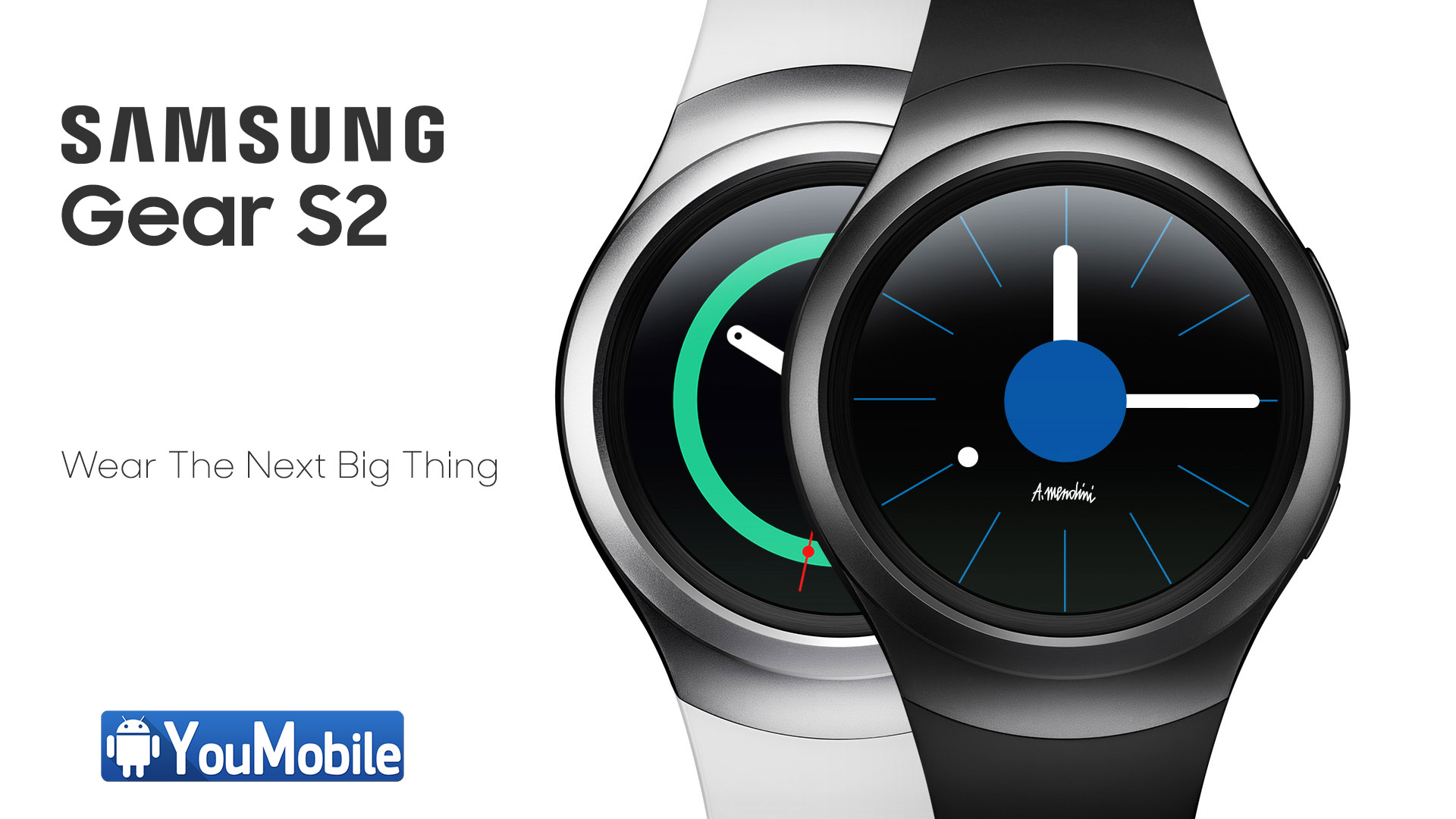
Samsung has just officially revealed a new wearable device, the Samsung Gear S2 smartwatch with a first rounded face design. The high-end Tizen OS wearable device with rotating bezel and IP68 rating will be on display during IFA 2015 in Berlin in two different variants Gear S2 3G and Gear S2 classic.
The sportier Samsung Gear S2 will be available with dark gray case with black silicon band, or silver case with white silicon band. The classic model on the other hand, will feature a black case and matching leather band.
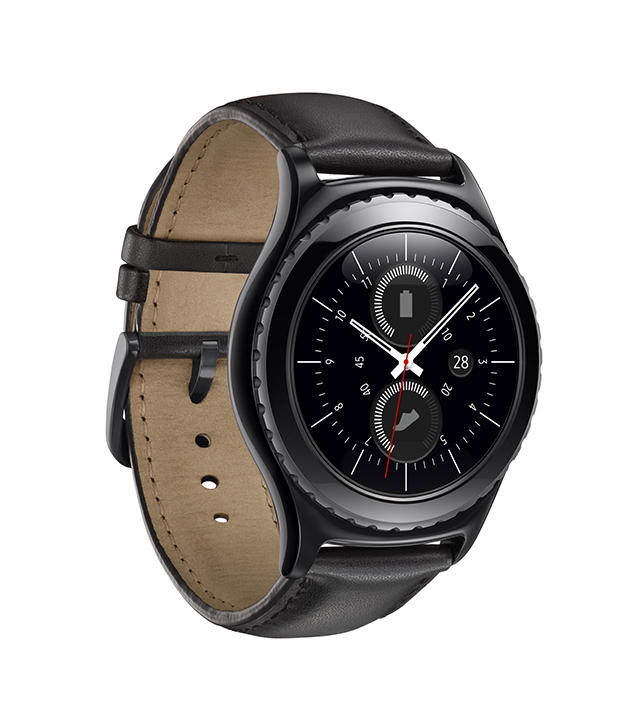
Samsung Gear S2 classic Specifications
Specs-wise, Samsung Gear S2 features 1GHz dual-core CPU, 512MB of RAM, and 4GB of internal memory. The display of the smartwatch is a 1.2" fully circular Super AMOLED unit with a resolution of 360 x 360 pixels and 302ppi.
Connectivity options for the smartwatch include Wi-Fi: 802.11 b/g/n, Bluetooth 4.1, and NFC. The Gear S2 3G variant with 3G network connectivity and e-SIM will also be available.
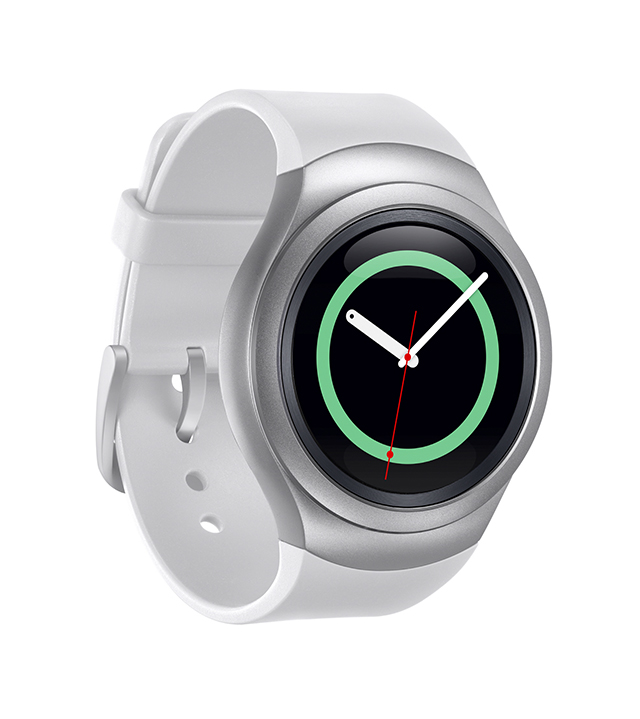
Samsung Gear S2 3G Specifications
Physical measures of Samsung Gear S2 are 42.3 × 49.8 × 11.4mm, while its weight tips the scale at 47 grams. The classic model is a tad more elegant with measures of 39.9 × 43.6 × 11.4mm and a weight of 42 grams. A 250mAh battery will power both devices it is rated to last for 2-3 days of regular usage.
The 3G variant of the smartwatch will pack a larger 300mAh battery, which will last for two days of regular use. The measures of this particular variant are 44.0 x 51.8 x 13.4mm, while its weight comes in at 51 grams.
This is a conversation that's been a long time coming. It's not at all an easy discussion to have, but it's more relevant now with the concept of "cryptojacking".
If you're not familiar with this concept, cryptojacking is a script run on a webpage that takes advantage of a user's processing power to mine cryptocurrency, thereby acting as a passive form of income for any company that utilizes this. In the age of ad blocking, this seems like the only viable alternative to what is quickly becoming unsustainable for smaller websites and less profitable for the larger ones.
So how do we decide what's morally right or wrong? Web design has almost always been a matter of science where things were either designed well or not. We've never thought about whether or not they were developed in a morally correct way.
We have to start this conversation somehow.
Where Do We Draw the Line?
When does a design become unethical? Where do we go from being designers to opportunists and snake-oil salespeople? These are difficult questions that, at the moment, don't have any concrete answers. There isn't a board of ethics of web design like there is for legal practice. That means it's up to us to start drawing these lines and making decisions about what's right and what's wrong.
IF IT DOESN'T BENEFIT USERS
This is perhaps the most obvious place to start. Every decision made by a designer should be informed solely by the user experience. We implement techniques to improve usability and take advantage of our knowledge of human psychology.
Where we become unethical is if we implement something that is not done to benefit the user, but rather done to subvert them in some way. Cryptojacking is the most explicit form of this; it doesn't offer any benefits for the user's experience and only serves to increase your revenue. If we can't make a moral appeal, we can at least say that anything that slows down the user without providing a benefit should be considered bad design.
IF WE THINK "CAN" MATTERS MORE THAN "OUGHT"
There may not be a better example of this line of thought than in Jurassic Park. Just because something is possible does not mean it is necessary or morally right. If we find ourselves rushing to justify design decisions based on the fact that we can do things, whether or not our users like it. When we find ourselves in this headspace, it's a good idea to start making serious considerations about the actions we're close to taking.
How Do We Know Where To Stop?
Humans are notoriously bad at this part, actually, so this is going to be trial and error. It's hard to understand the limitations of any art form until we see it coming from someone else. Web design, like it or not, is an art just as much as it is a science. The best way to know if you've gone too far is this: consider the response you'd have if you encountered your decision as a user.
It won't be a perfect system, but it'll be an excellent place to start knowing where to stop.
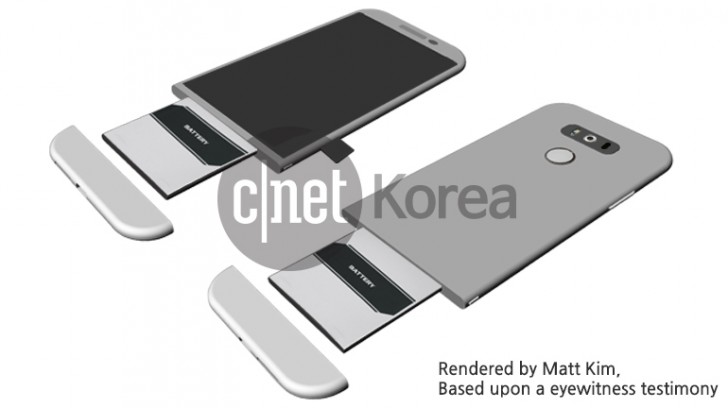
The LG G5 is enjoying the limelight now and in an unexpected way casting a shadow on the Galaxy S7; kudos to a case maker. In general accessory makers are given phone's design, dimensions and photos quite early and that makes them a genuine source of information for getting intel on yet to be released devices.
So in this case, a series robust G5 cases have emerged, which are very good at providing safety and also good at unveiling certain design elements chosen by LG. For starter, the proof of the dual camera present at the rear end has become solid, which was initially speculated owing to boxed prototype and an older diagram.
It is almost confirmed that there would be a circular fingerprint reader at the rear end, but the volume controls won't be there in the back. Although a few the case renders still show some sign of those buttons, the volume button on the left side doesn't leave anything to imagination. The important thing to note here is the position of the power button, and by what we can infer from the case renders, the fingerprint sensor might actually be be inside one, just the way V10 has it.
The rest of the specs are in sync with the earlier leak - there will be a Type-C USB connector, speaker on the bottom, and the 3.5mm headphone jack on top. On both of the end there will be a mic and the second cutout present on the top might be for an IR blaster. There is still no news on removing the battery by sliding it out.
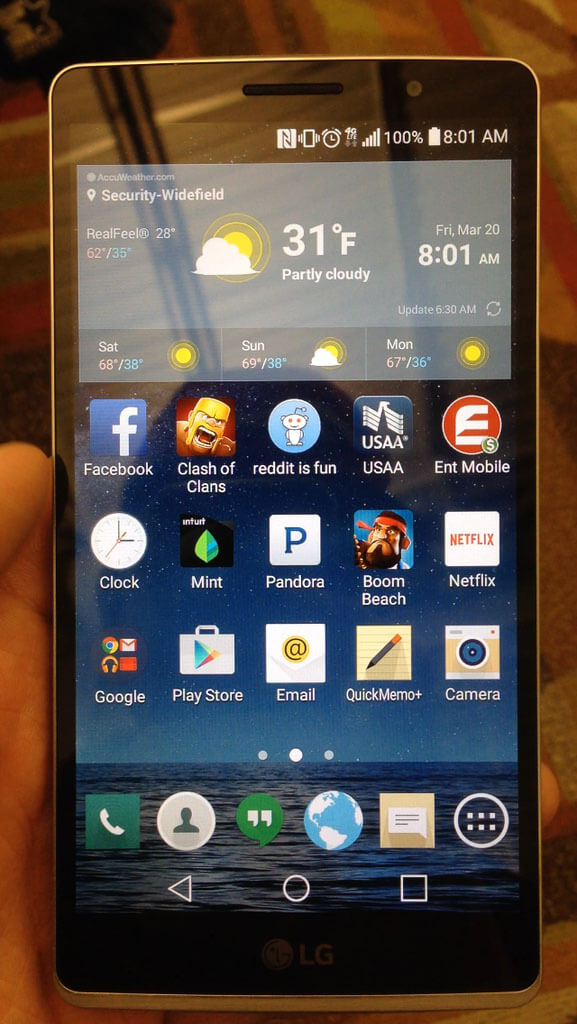
Today, some photos of the LG's upcoming flagship device, LG G4 Note, has been leaked by an XDA user. G4 Note is expected to become available at the end of April. If these photos are confirmed to be a G4 Note's proto-type, then they are indeed confirms several rumors we have been seeing and can now confirm, they show a sleek metal body, a stylus and that the device is running Android 5.0.2 Lollipop.
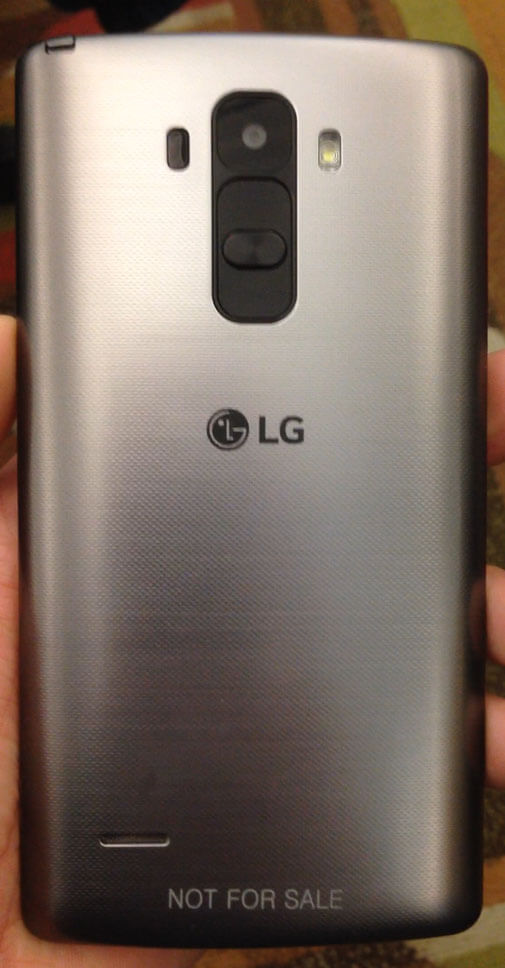
As for specs, we're apparently going to see a screen size "in the 5-inch range like its predecessor, the G3". This will have QHD (2,560x1,440) resolution, and will sport a "curved touch". This may have been revealed by the aforementioned leaked images, and has been rumored before.
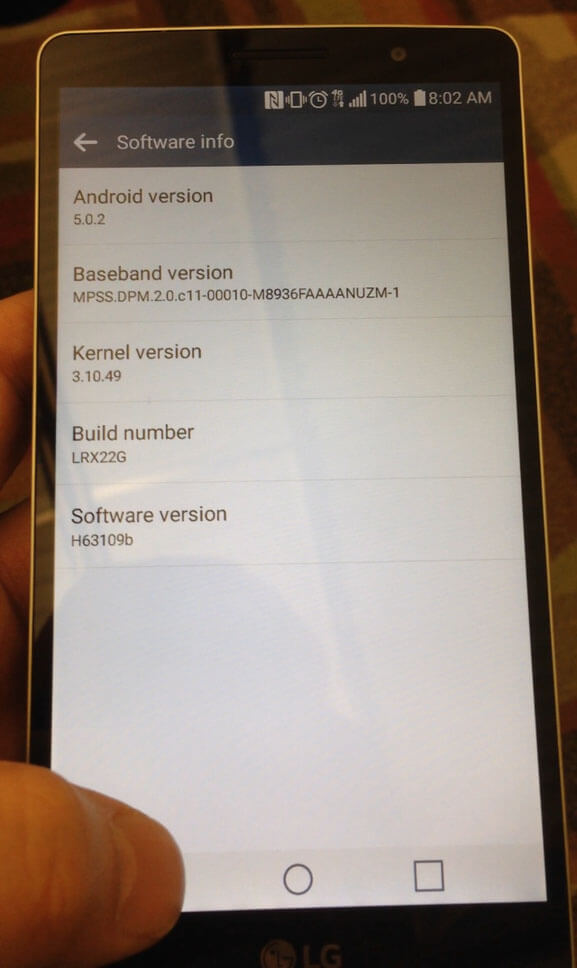
The official announcement of the LG G4 Note should come anytime soon.

LG is a big name when it comes to home appliances but its mobile division seems to stay behind than other departments. The company is trying to working according to emerging marketing demands. To do so, LG has planned to shift its focus from flagship smartphones to mid-range premium phones and mass-tier 5G products. This assumed to attract budget-conscious consumers and deal with the competition due to Chinese rival mobile phone manufacturers at the same time. Rumors also suggested that LG might completely drop its flagship smartphone series in favor of less expensive series. Earlier this week we came to know through rumors that LG is planning on releasing the series by the mid of next month, and now the company has shared an update on the design of its new device.
LG recently released a press, not on the upcoming device that will feature a design that uses the company's new design inspired by nature. Instead of having a large rectangular shaped camera bump on the rear side of the device, which is slowly becoming the norm, the upcoming LG devices will feature a raindrop camera module. The smartphone will feature three camera lenses, with the cameras arranged vertically in descending order by size along with the LED flash. The new camera is meant to look like the falling raindrops, with the primary camera sitting slightly above the surface, while the other two camera lenses sit completely flush with the back glass.
Along with the nature-inspired camera module, the upcoming smartphone will feature the 3D Arch design, where the edges of the front and back sides are symmetrically curved. According to the company, its new design facilitates the users to hold the device and will provide more natural experience as compared to other devices in the past. In a statement regarding the new design approach, the company's head for the Mobile Communications Design Lab, Cha Yong-Duk, was quoted saying, "Our upcoming smartphone will draw on the rich history of classic LG design which has always been distinctive at first touch. This handset will be a first-look at the competitive edge we will be bringing to every LG smartphone going forward."

LG recently announced a new smartphone called LG velvet that is unlikely with the company releasing its devices with alphanumeric names. According to the company, they decided to use it in favor of familiar and expressive names that will help the consumer capture the essence of the device best suited for his or her personality. LG has released flagship phones over the past of couple years with names like G7, V40, the G8, the V50, the G8X, or the V60. The company appears to change a few things for an upcoming device and a completely new design language. LG describes this design language as a node to the natural world with a visual factor that differs from the industry trend.
The device will have a raindrop camera device with smaller lenses and an LED flash below the primary camera, a departure from the current trend among smartphones to have big camera bumps. LG is using a new 3D Arc Design with curves on the front and back of the phone, though it's not quite clear how or whether that would be different. Companies like Samsung and Xiaomi have also made similar claims before and raised expectations of the consumers before the launch of the phone that proved to be the wrong marketing strategy later on.
As per the Korean news portal, LG will be launching its new phone on May 15 with a brand new design. The phone use Qualcomm's mid-range smartphone 765 with integrated network support for 5G and target a more affordable price tag. Unlike the bulky camera bumps that usually appear on the back of the smartphone, the LG velvet features a series of descending lenses, which take less space. The three lenses start in the upper left corner of the LG velvet and descend by size - an effect that LG describes as a natural representation of evoking falling raindrops.
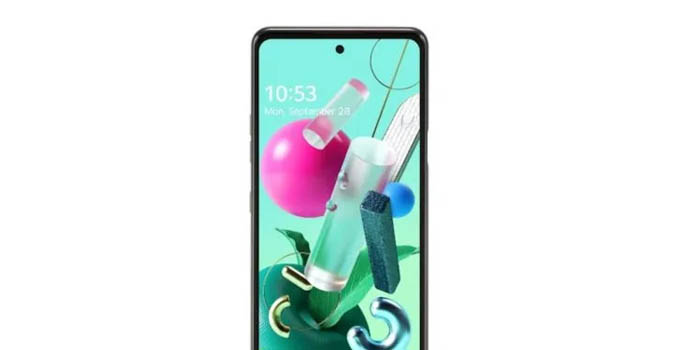
The LG Q92 is the next 5G smartphone from the company this year. As per leaks, the phone is expected to be an affordable variant of the LG Velvet 5G. Although we don't know the release date yet, we are getting more leaks ahead of its launch. Recently, a user at Twitter uploaded a specification sheet of the LG Q92 that lists most of the information on hardware and design features leaving not much for our imagination.
According to the spec sheet, the phone features a flat LCD design with a punch hole in the center of the upper part of the selfie camera. The back of the phone is curved and house four rear cameras with a distinct appearance. There are two large sensors and two smaller ones with the LED flash. The phone has a big 6.7-inch FHD+ punch-hole display that houses a 32MP sensors for selfies and video calls. The phone is powered by Snapdragon 765G processor under the hood and comes with 6GB RAM and 128GB of storage.
The device is available in three colors - ceramic white, mirror titanium, and mirror red. For photography, the company has integrated four cameras at the rear side of the device consisting of a 48MP primary camera, an 8MP ultra-wide-angle camera, a 5MP depth sensor, and a 2MP macro camera. There is a side-mounted fingerprint scanner, support for LG pay, and the 4,000mAh battery for fast charging. The LG Q92 also uses AI to optimize the hardware and software functionality of the device. The LG Q92 has stereo speakers to play music. The spec sheet doesn't reveal anything about the operating system being installed on the device, but it is safe to assume that the phone should run Android 10 out of the box. We are expecting the phone to be launched by the company this month. It would be launched in the home country before making it to the other markets.
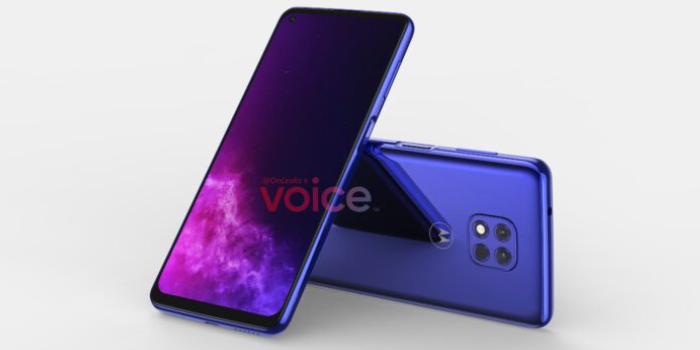
Motorola announced Moto G9 Play a few months ago and now the company is ready to release a follow-up device. The renders of the expected upcoming phone are going to arrive as the Moto G10 Play shows that company is changing the front design despite the phone being a successor of G9 play while leaving the rear's design as it is.
The renders are shared by a reputable leaker Steve Hemmerstoffer from OnLeaks. He uploaded the renders along with some details on Voice. He specifically mentioned that he didn't confirm the official name of the device but its model number is XT-2117, so we take the phone being Moto G10 play as an assumption.
The device has a punch hole at the top-left corner of the display, unlike the Moto G9 play that has a water drop notch. The screen is a flat 6.5-inch display panel with moderate bezels around it. There is a squircle camera design on the rear side of the phone that is centered and features three camera sensors and an LED flash sitting below the setup is the Motorola logo.
The company has placed the fingerprint scanner on the rear side of the phone. Motorola has decided to move the scanner to the side on this new device where it is imposed under a recessed power button. There is a button above the power button to control the volume functionality, a USB-C port, and a power grille at the bottom with an audio jack at the top. The phone has been certified by the FCC and a TÜV Rheinland certification says that it is powered by a 4850mAh battery. According to various reports, the phone should arrive in a few weeks. If it is indeed the Moto G10 play, we have a successor of G9 in just two months.
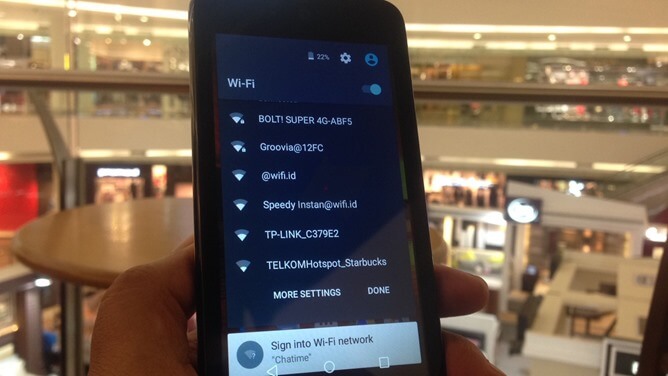
Android 5.1 Lollipop is coming Next Month (March) for sure. From what we have so far, we can say that Lollipop 5.1 will focus on functionally and stability more, but this doesn't mean that Google won't take advantage of this MR (Maintenance Release) to tweak the Operating System UI overall.
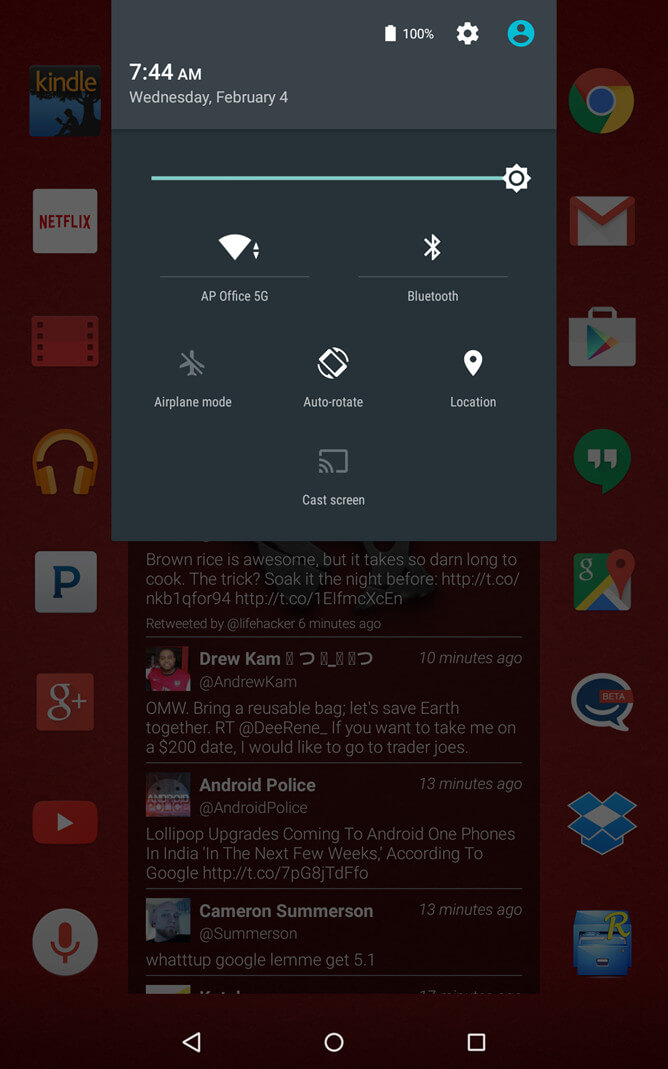
According to the recent leaked screenshots and videos, Google will Evolve the Material Design UI even more in Android 5.1 release, Users will have the ability to switch to different Wi-Fi and Bluetooth connections right from the notification area there are small arrows present under the icons of each connectivity option pressing one will present a list of available connections to switch to.
UI Hands-on [Video]
© 2023 YouMobile Inc. All rights reserved

